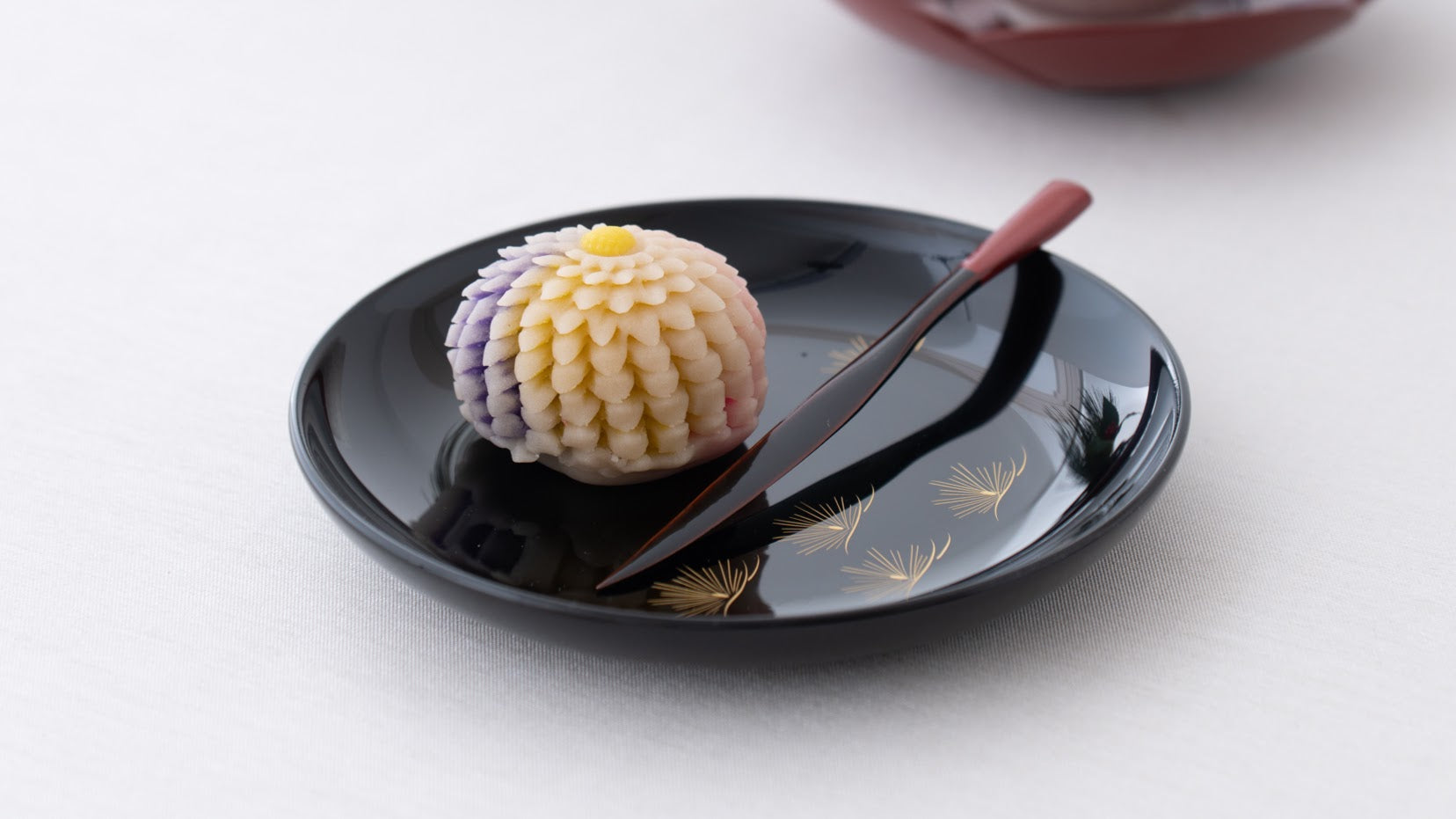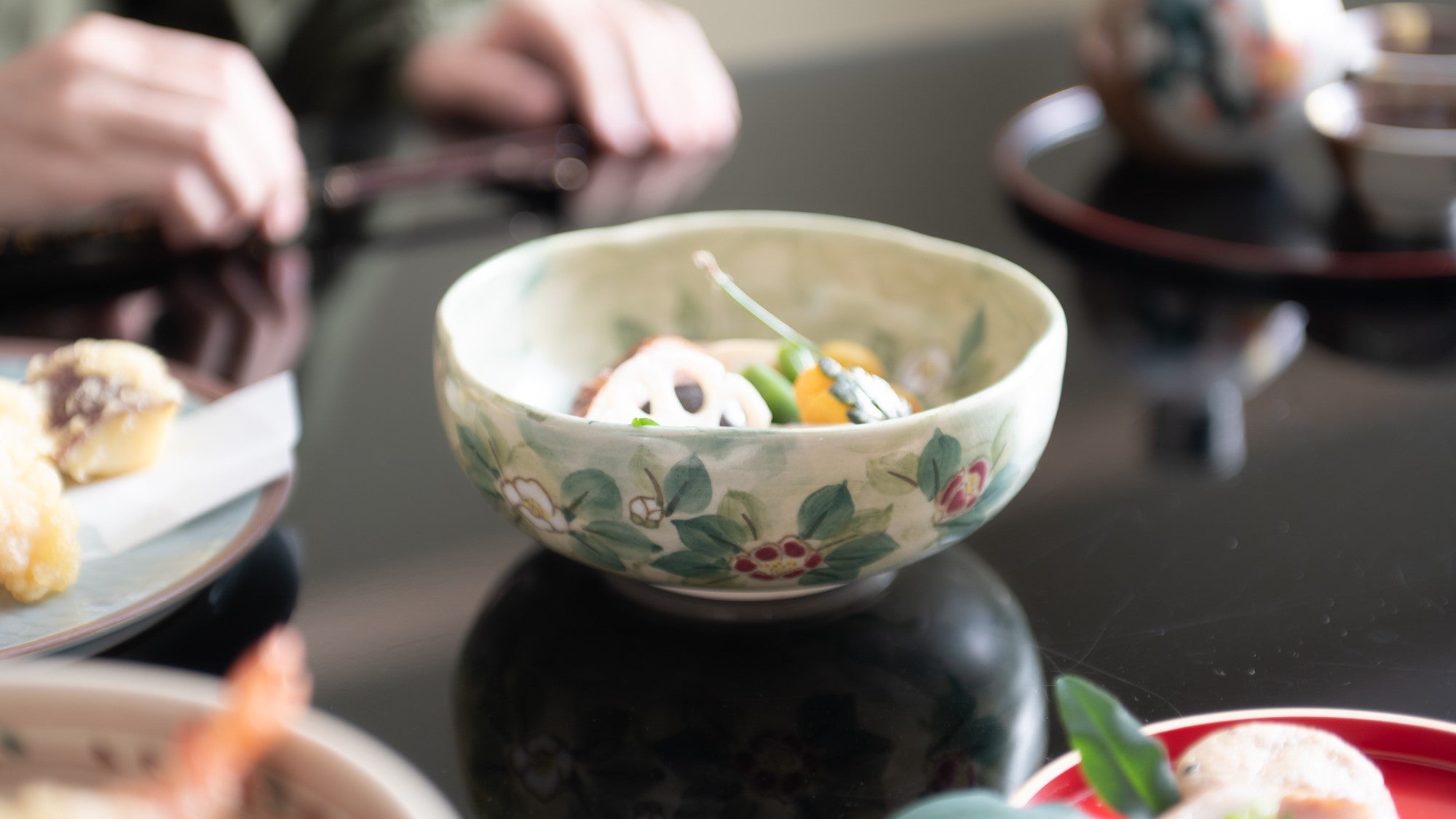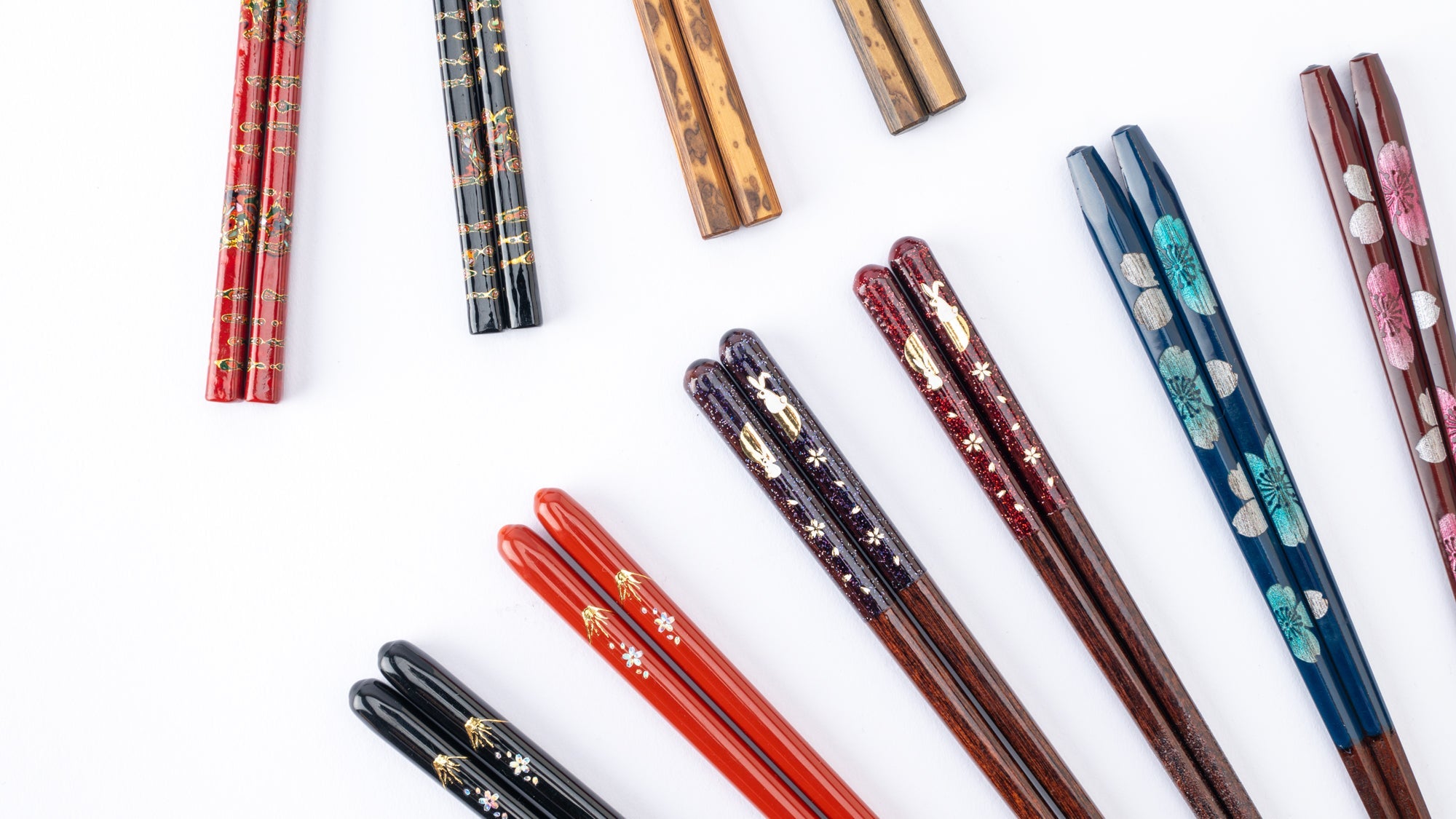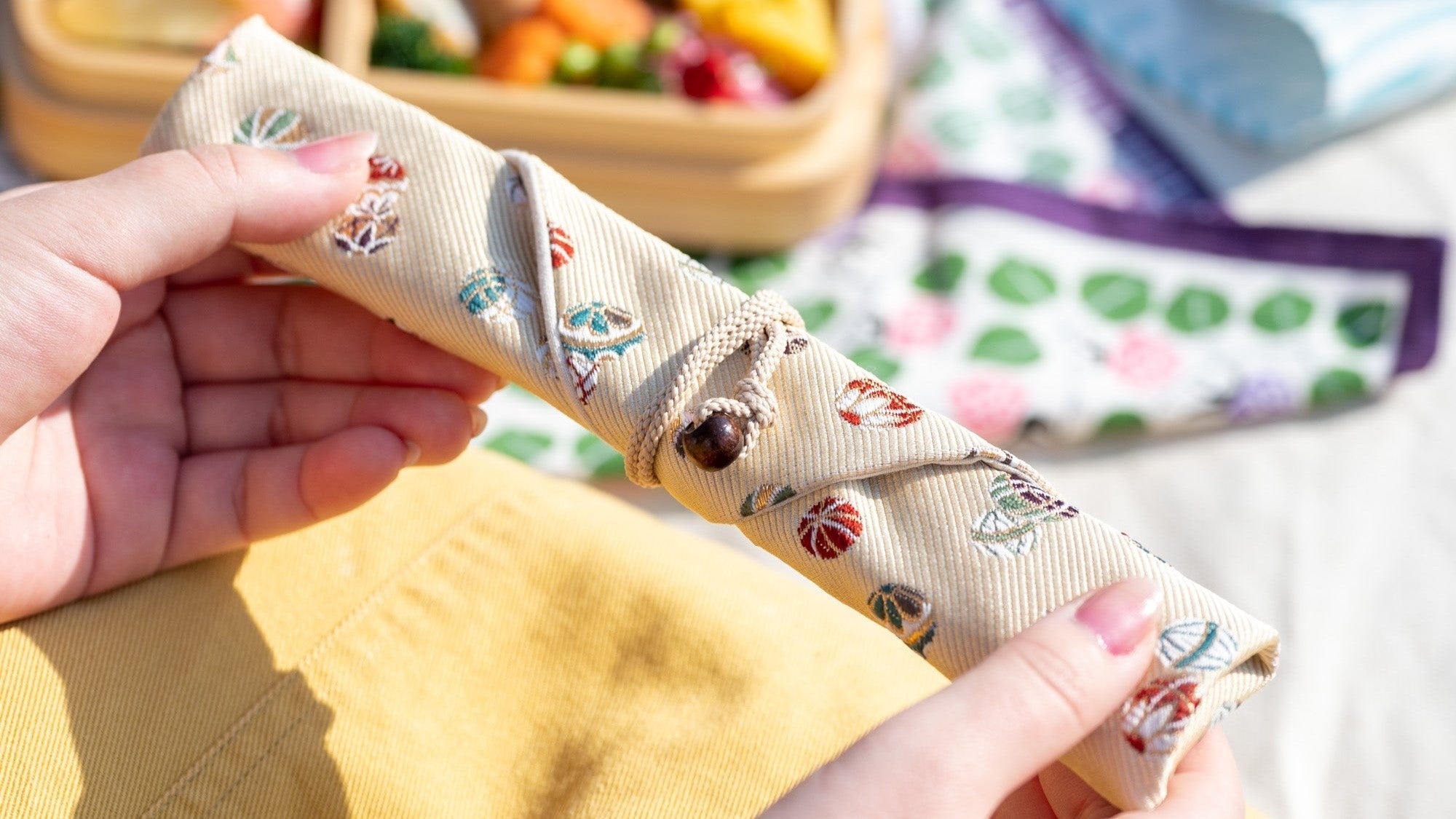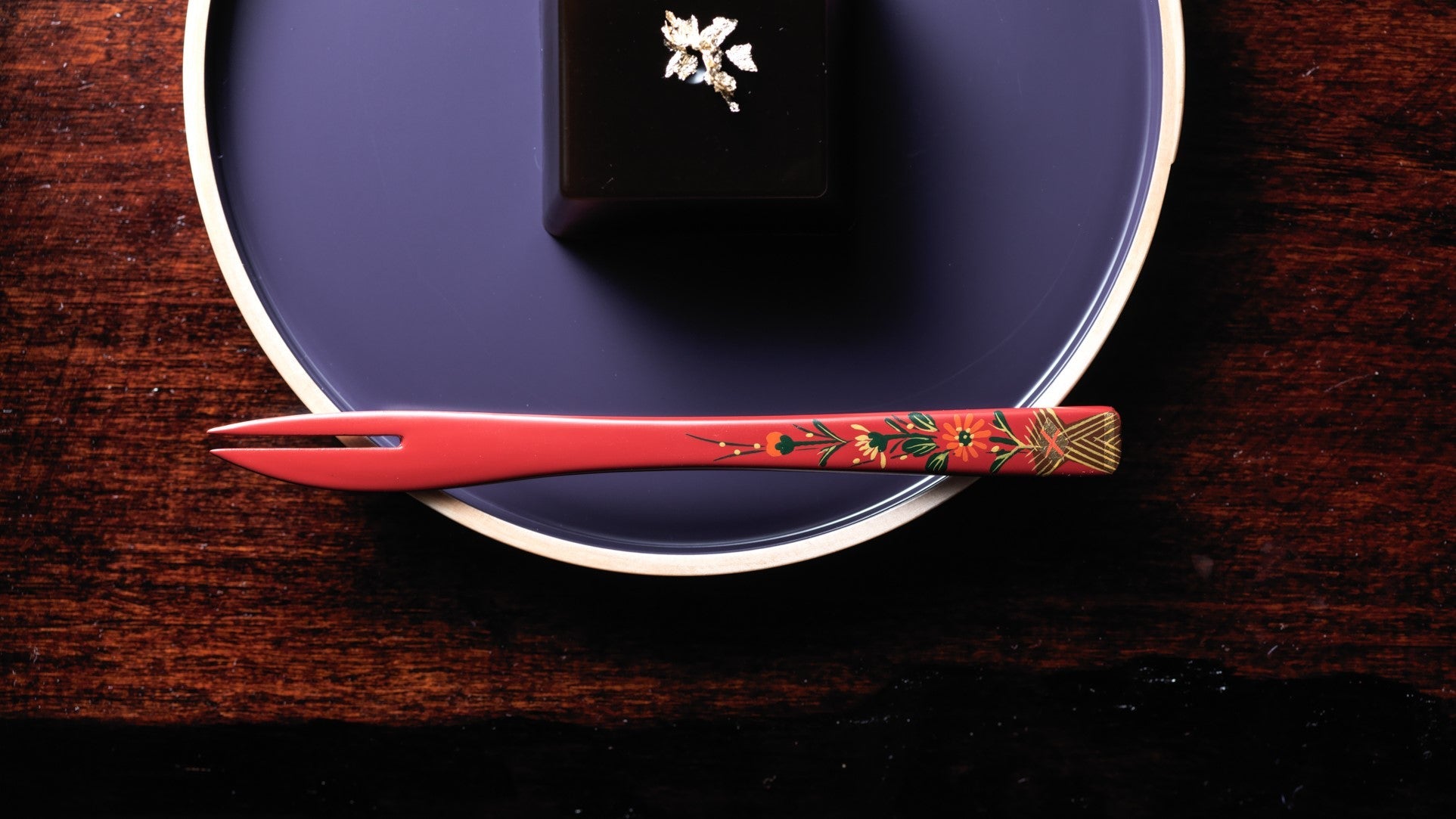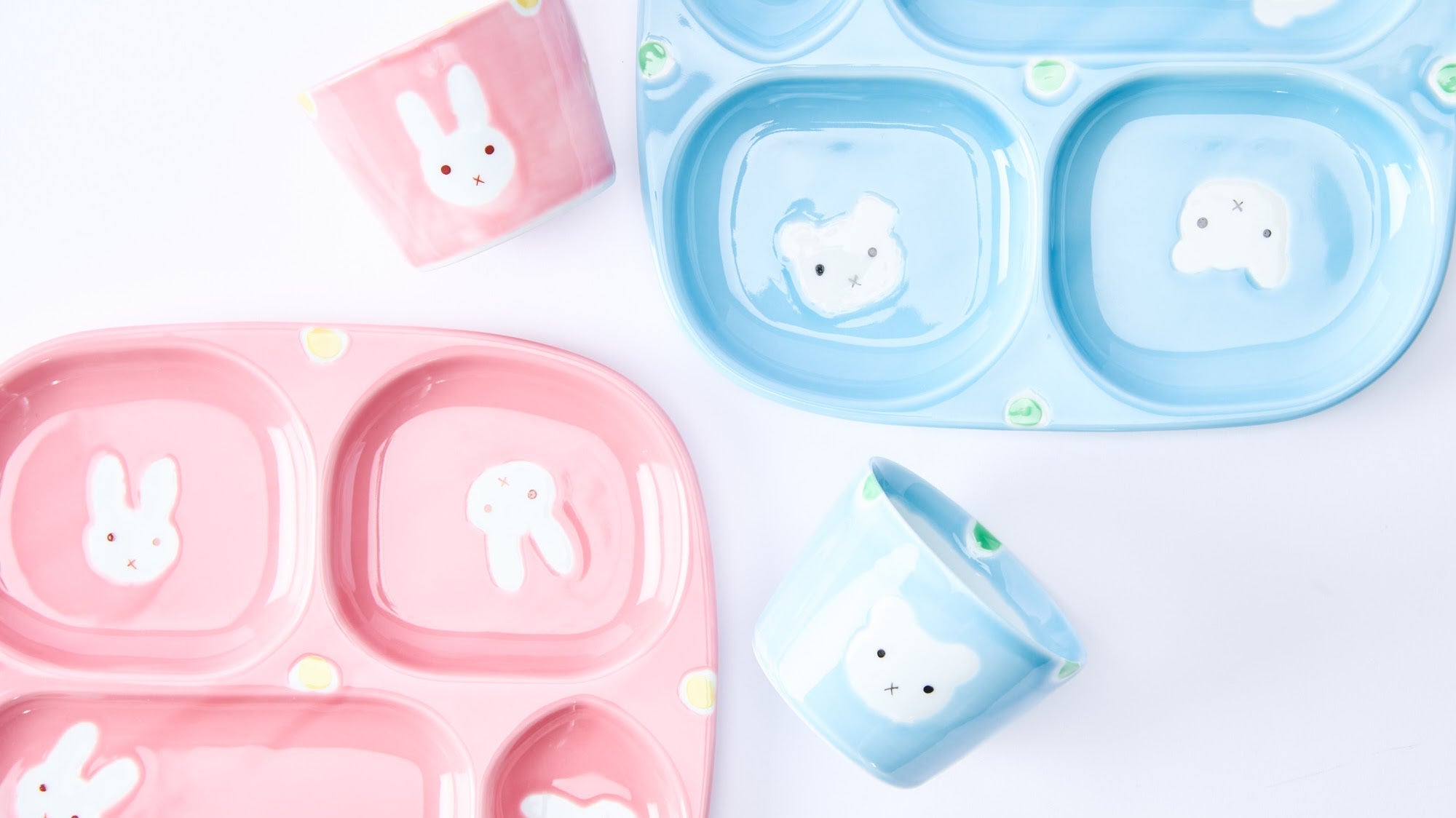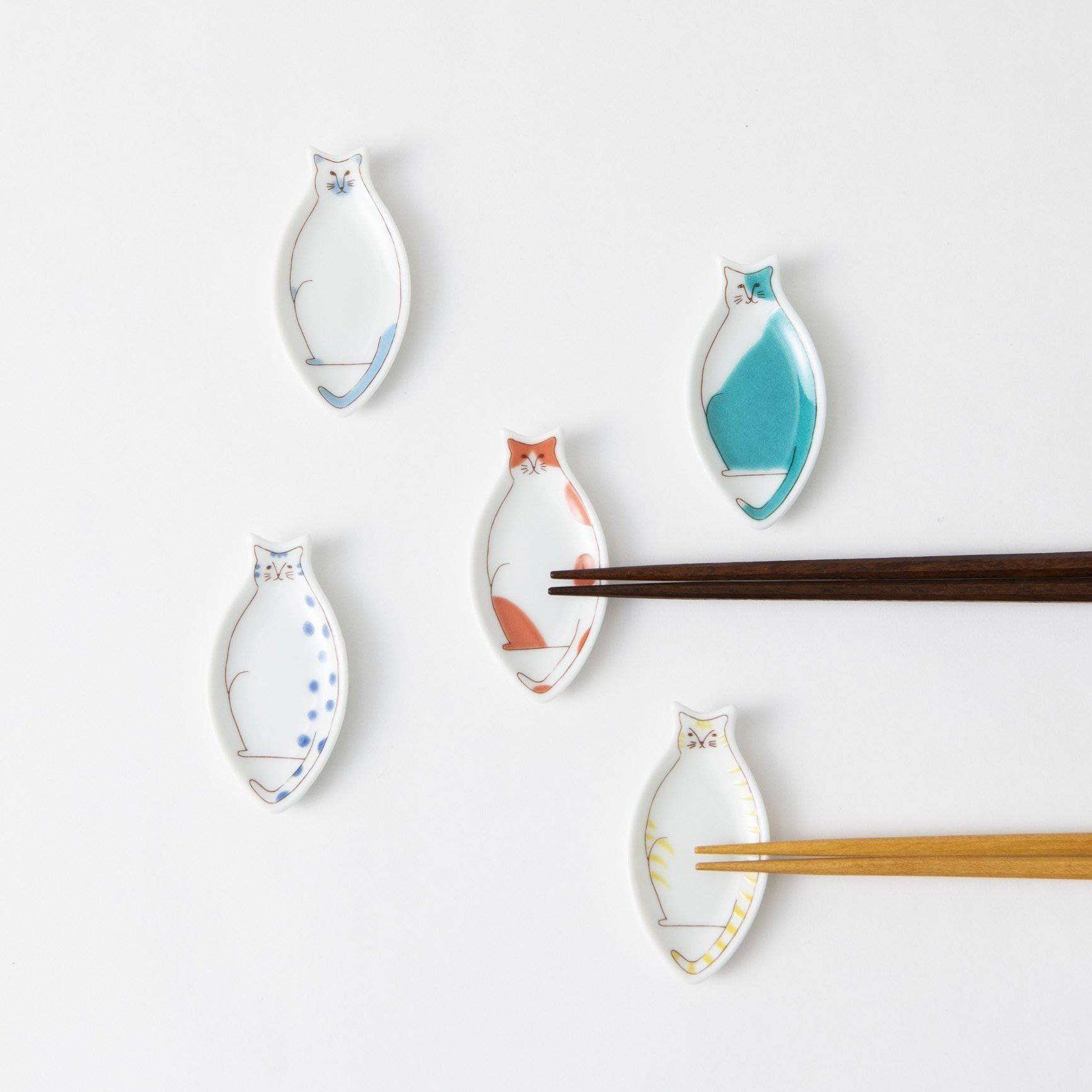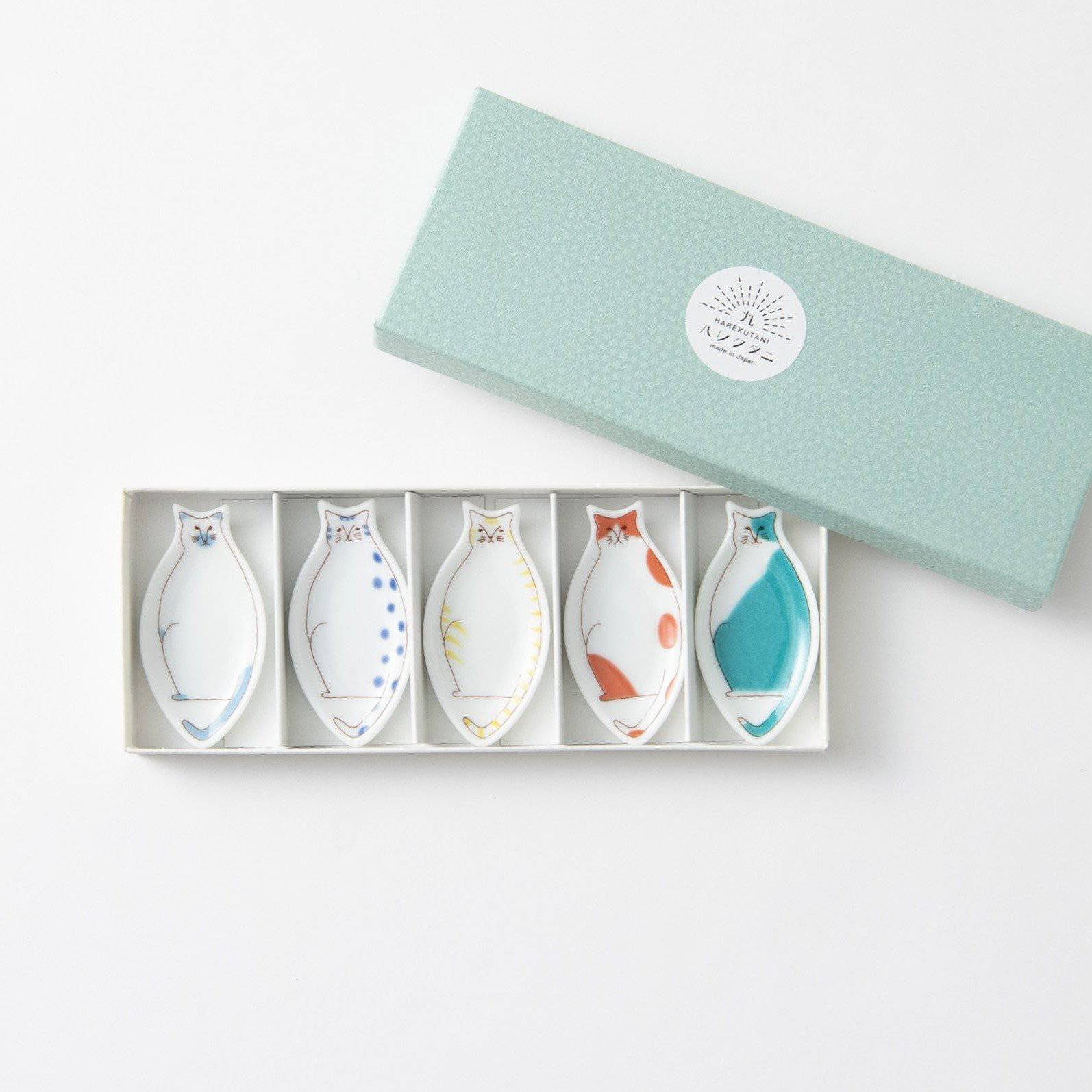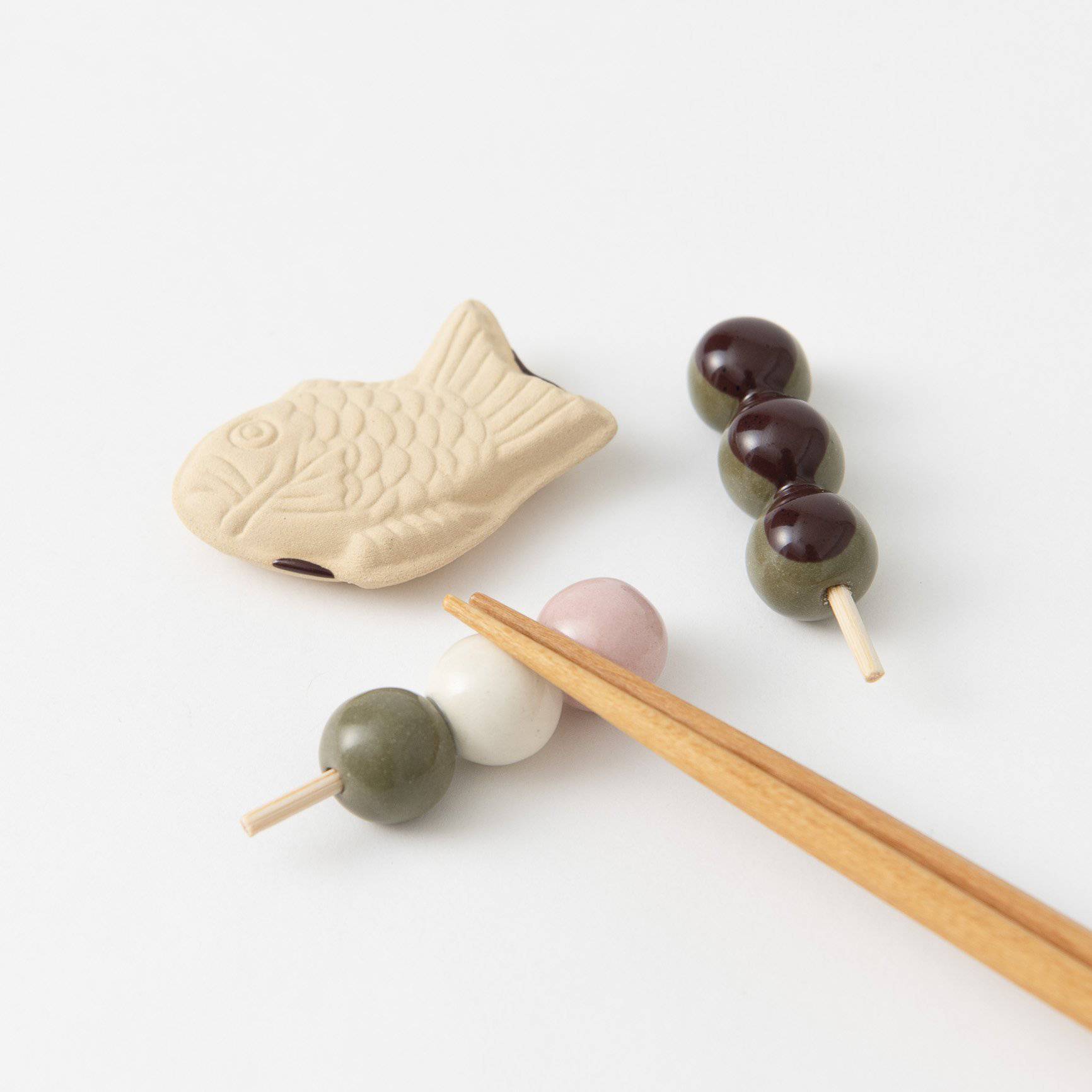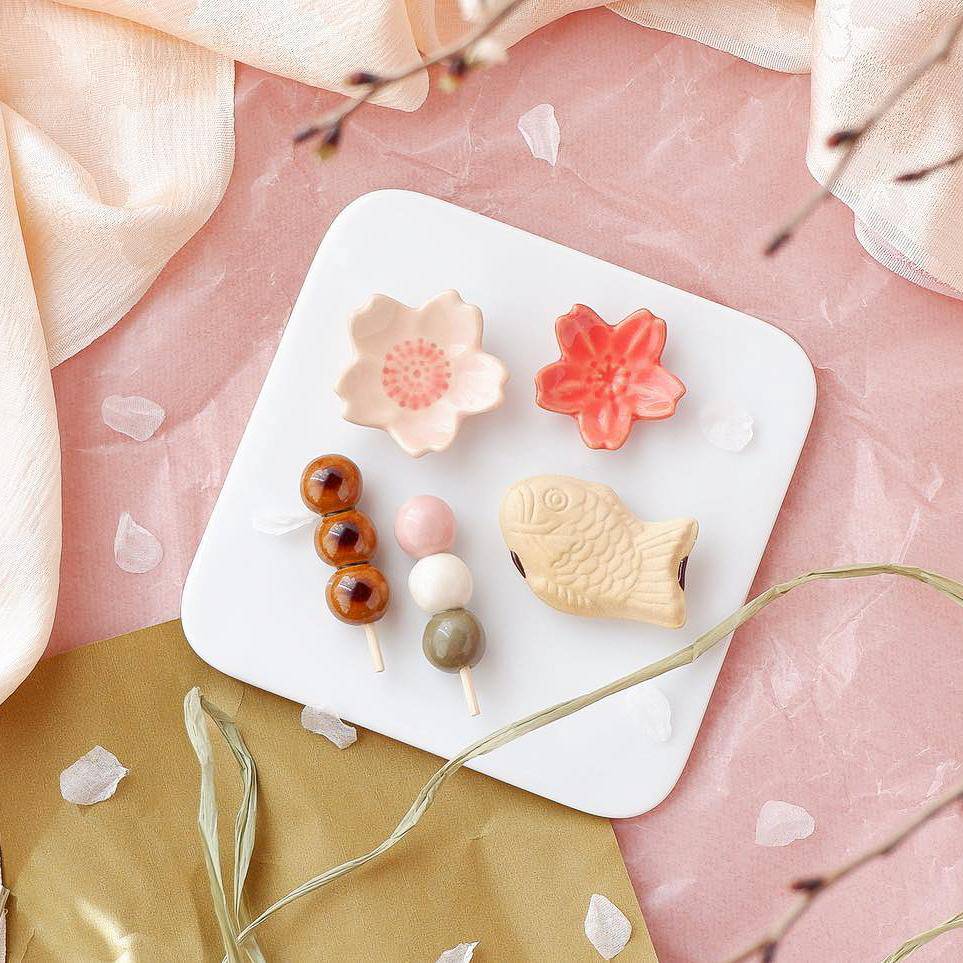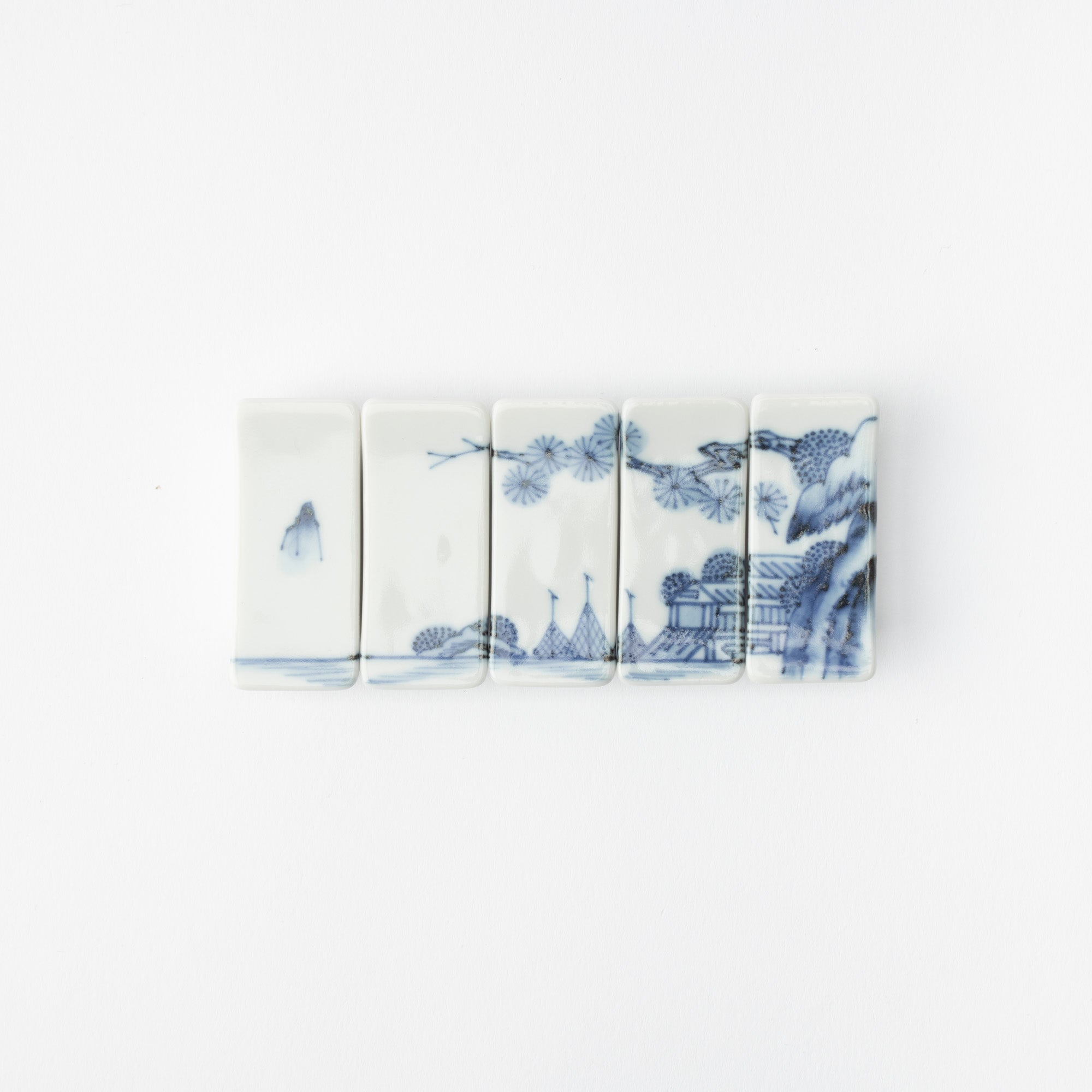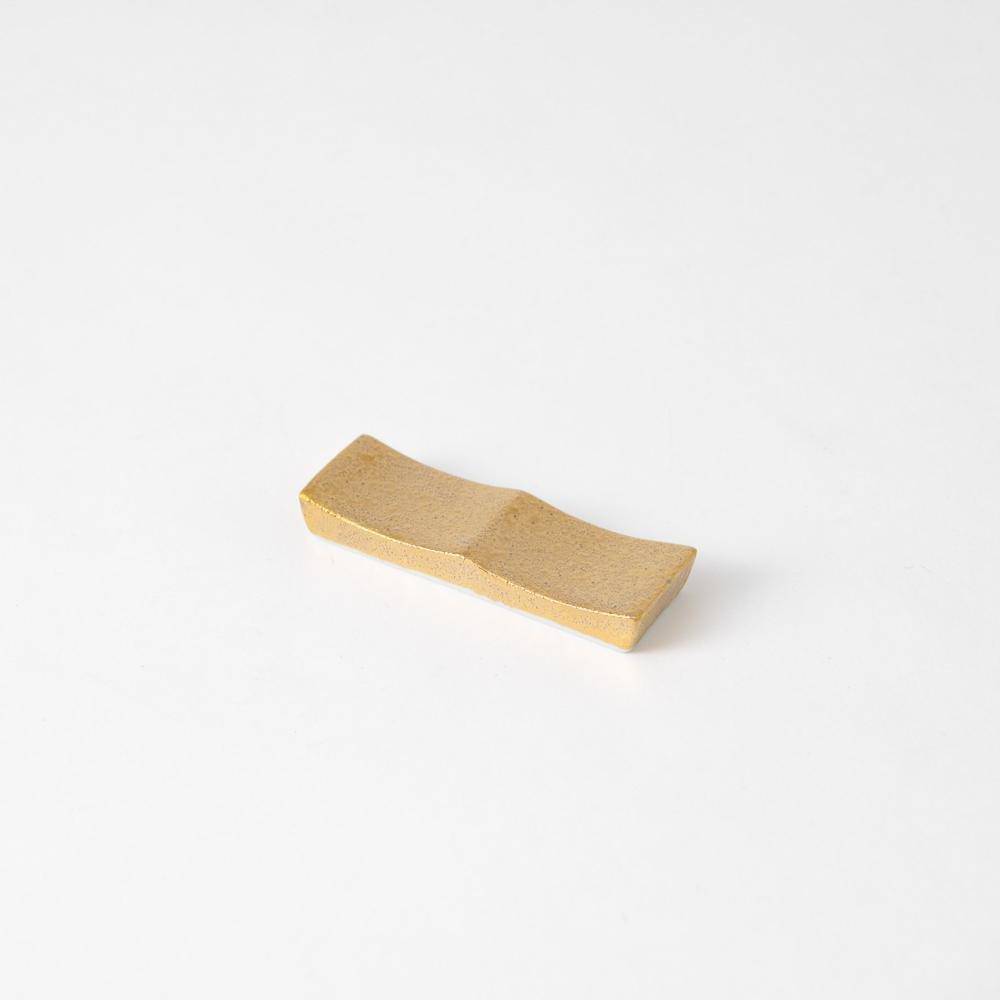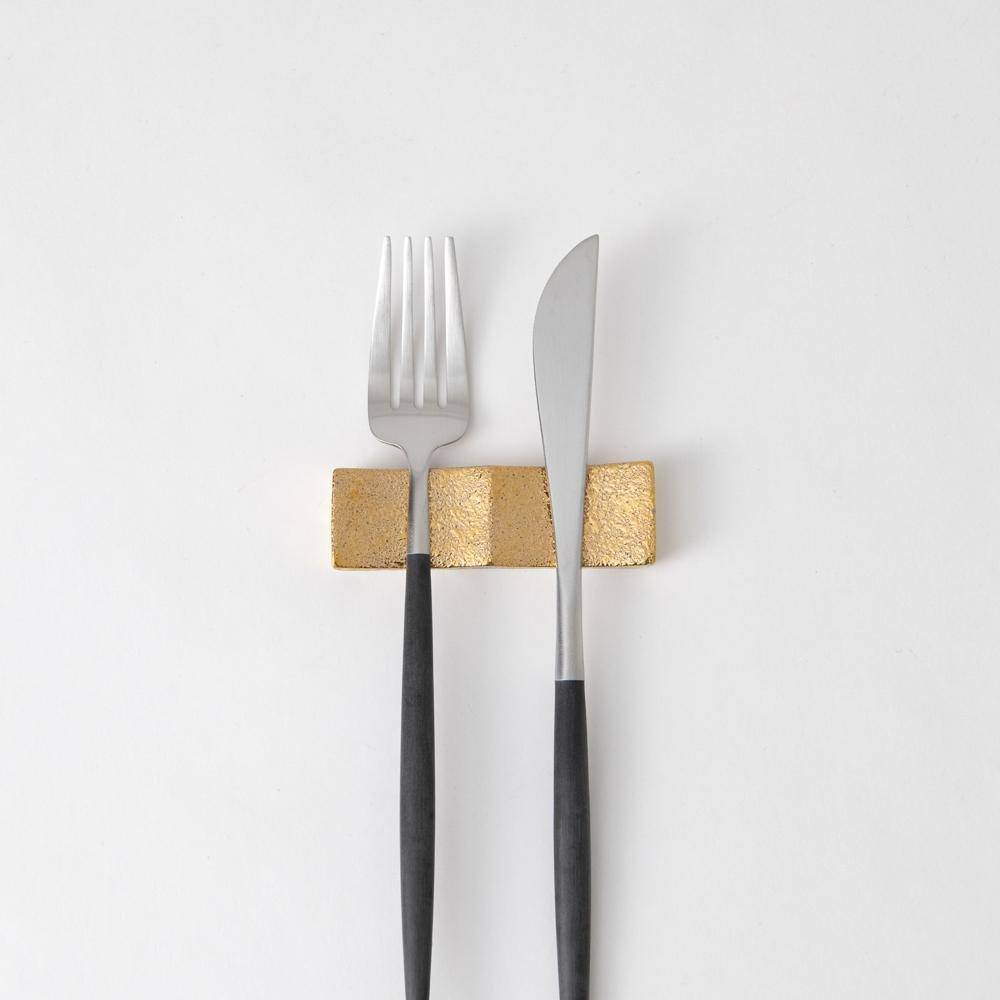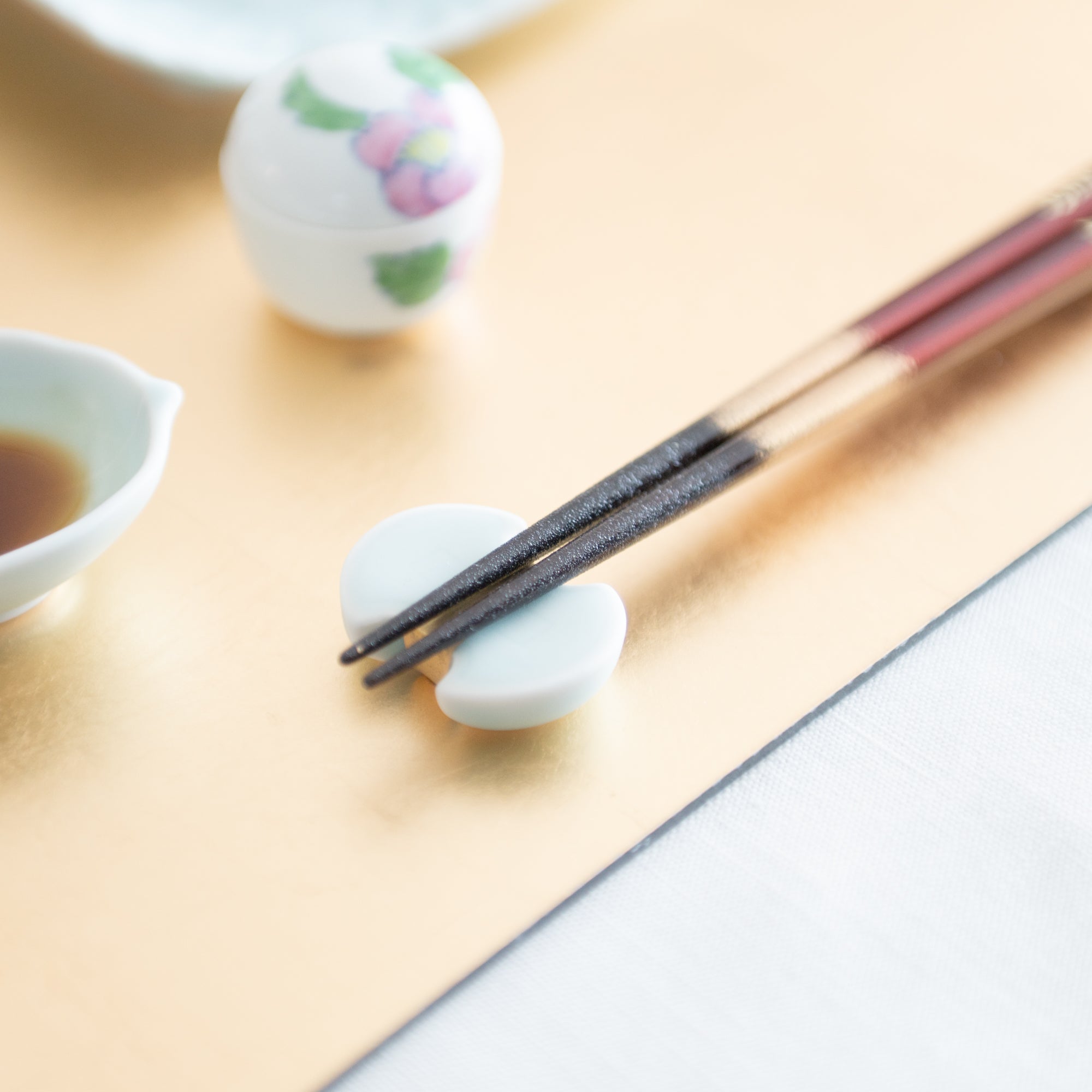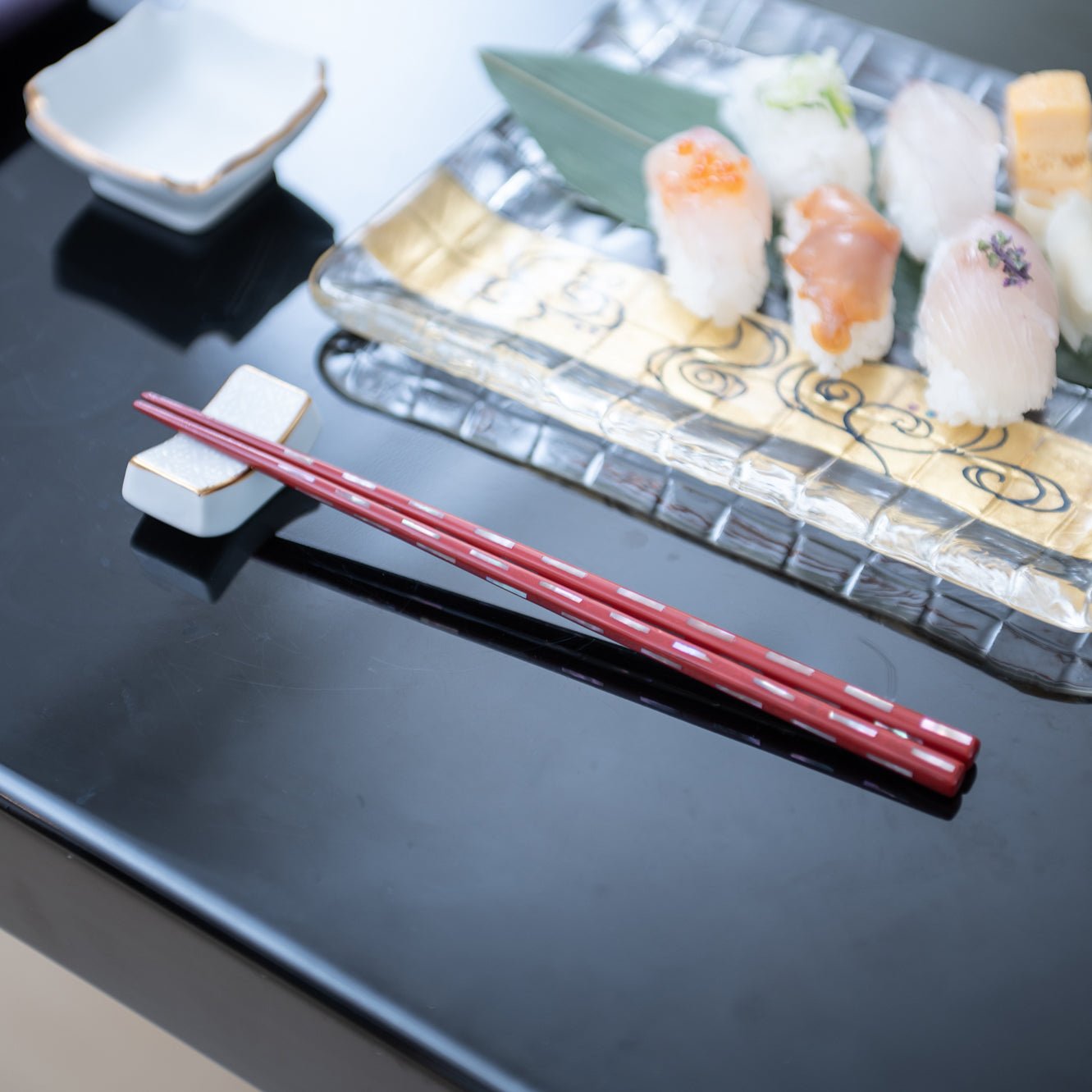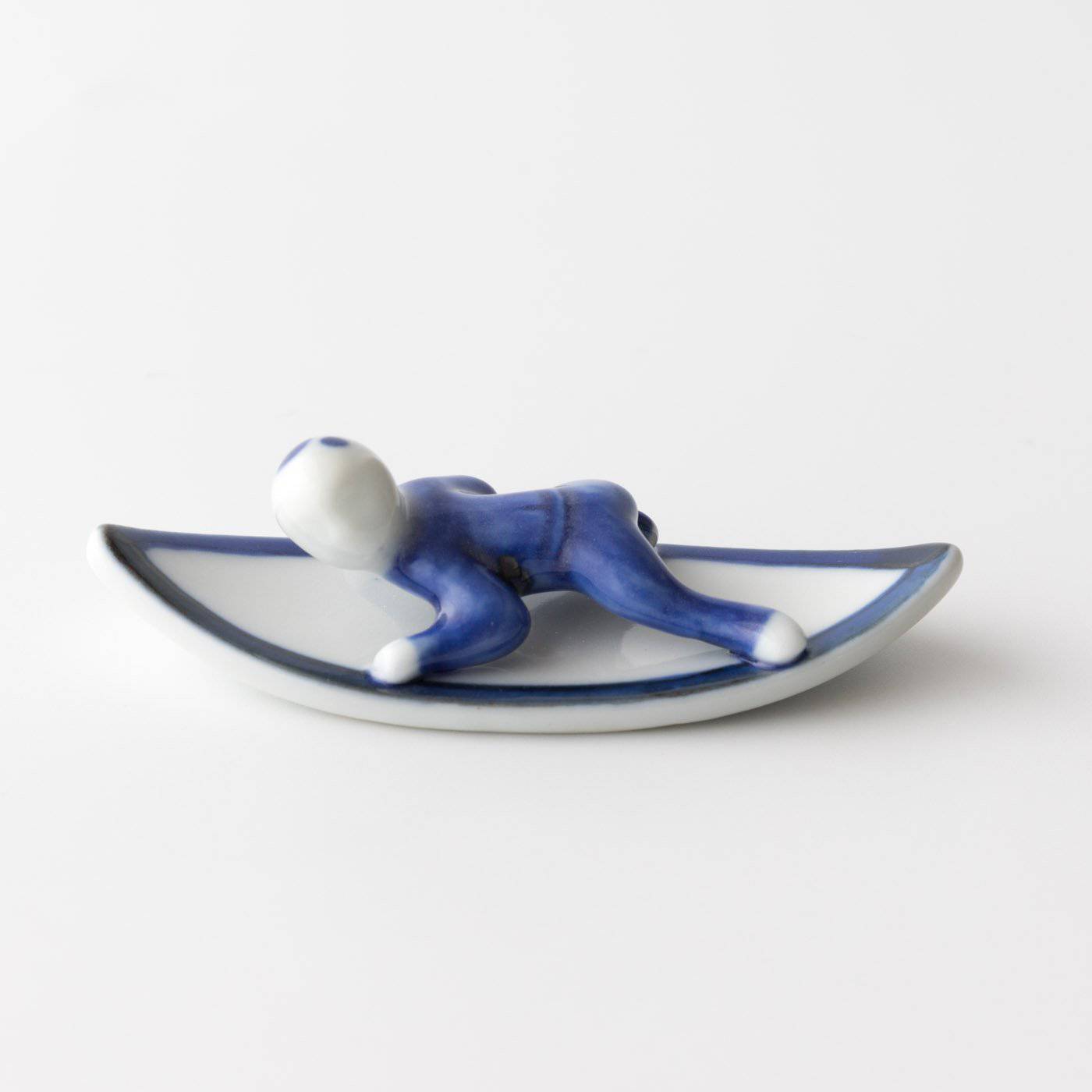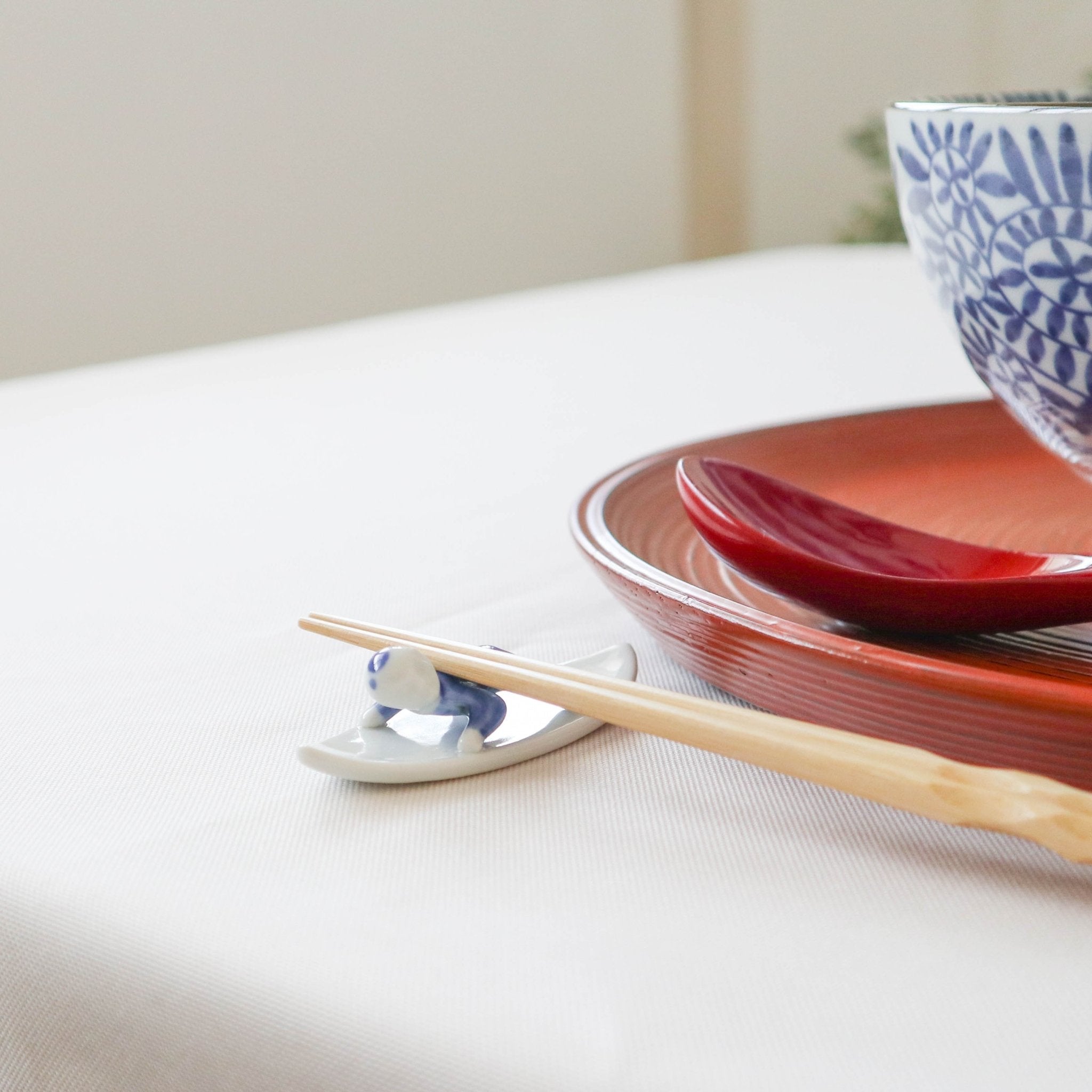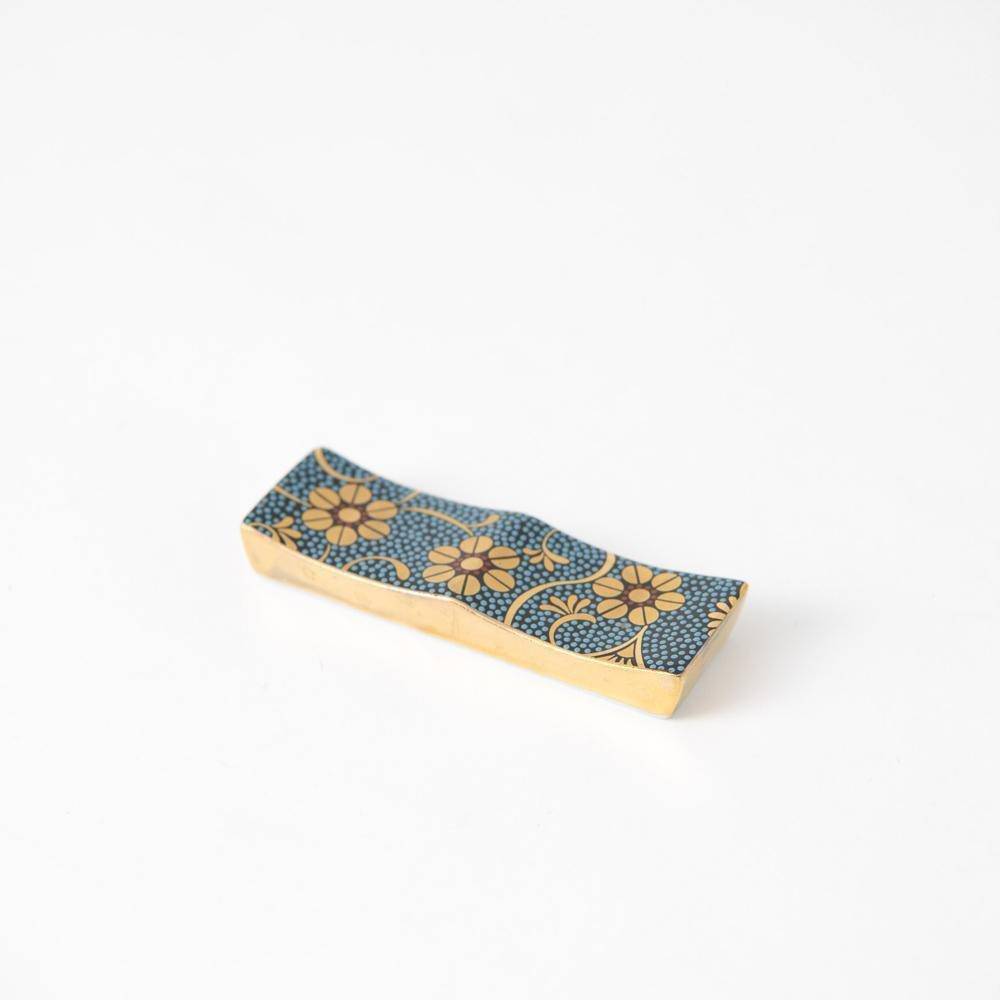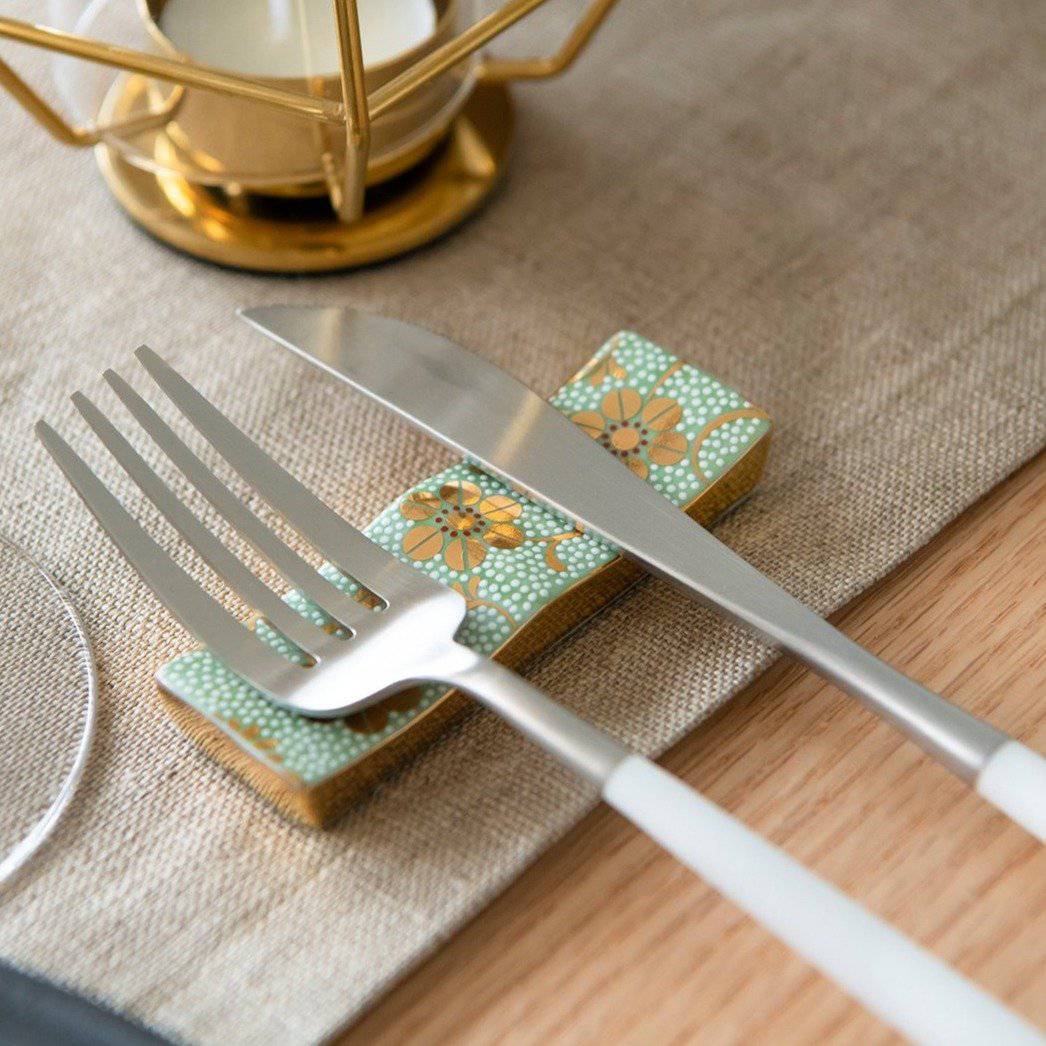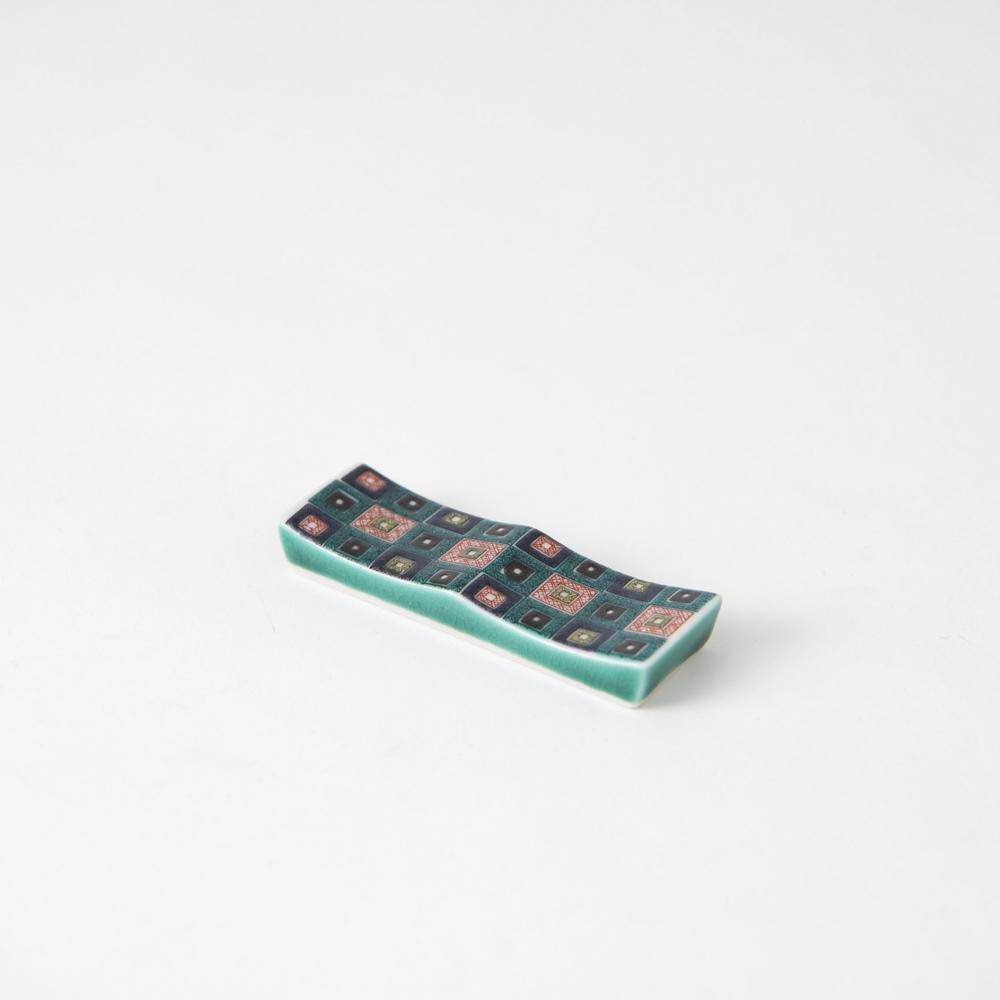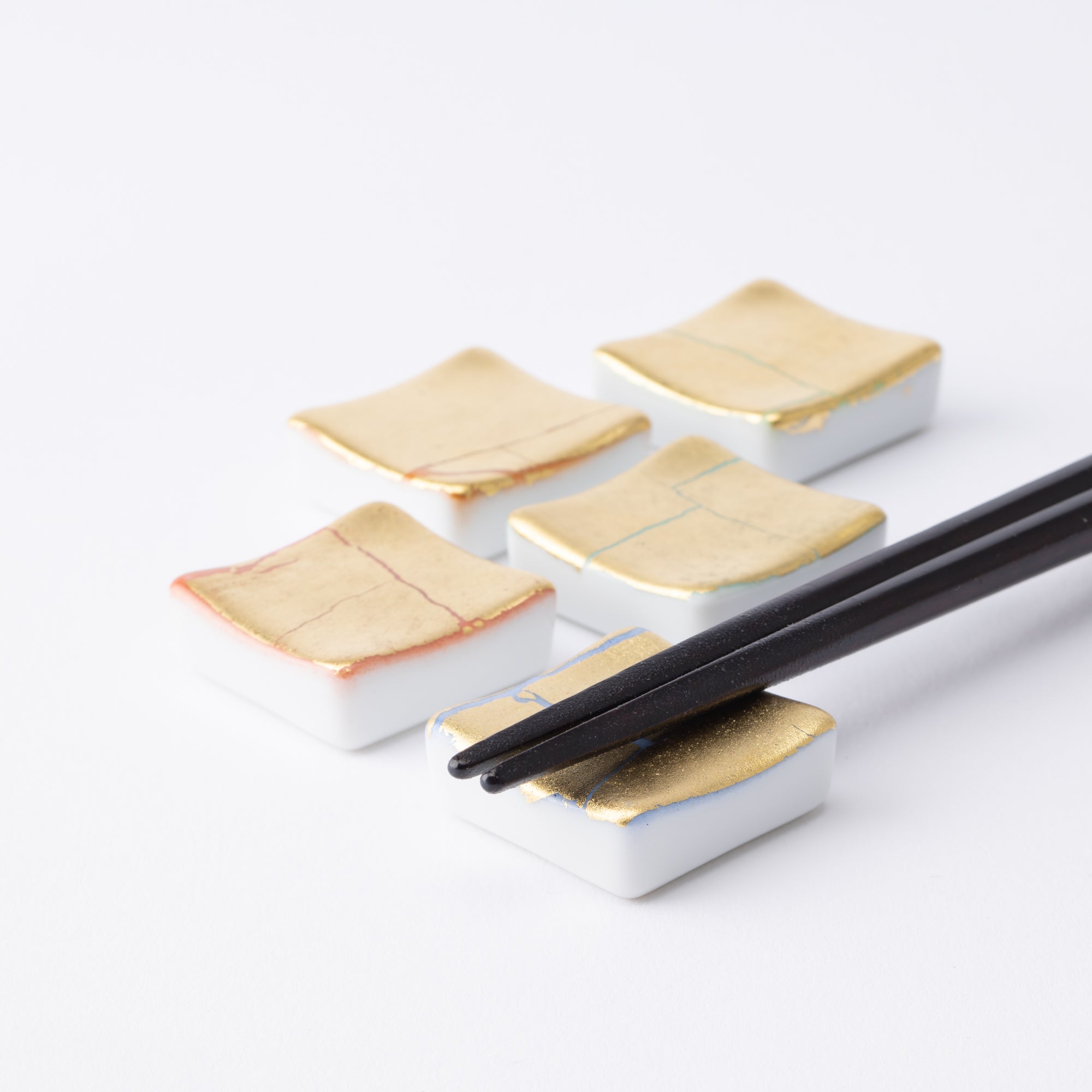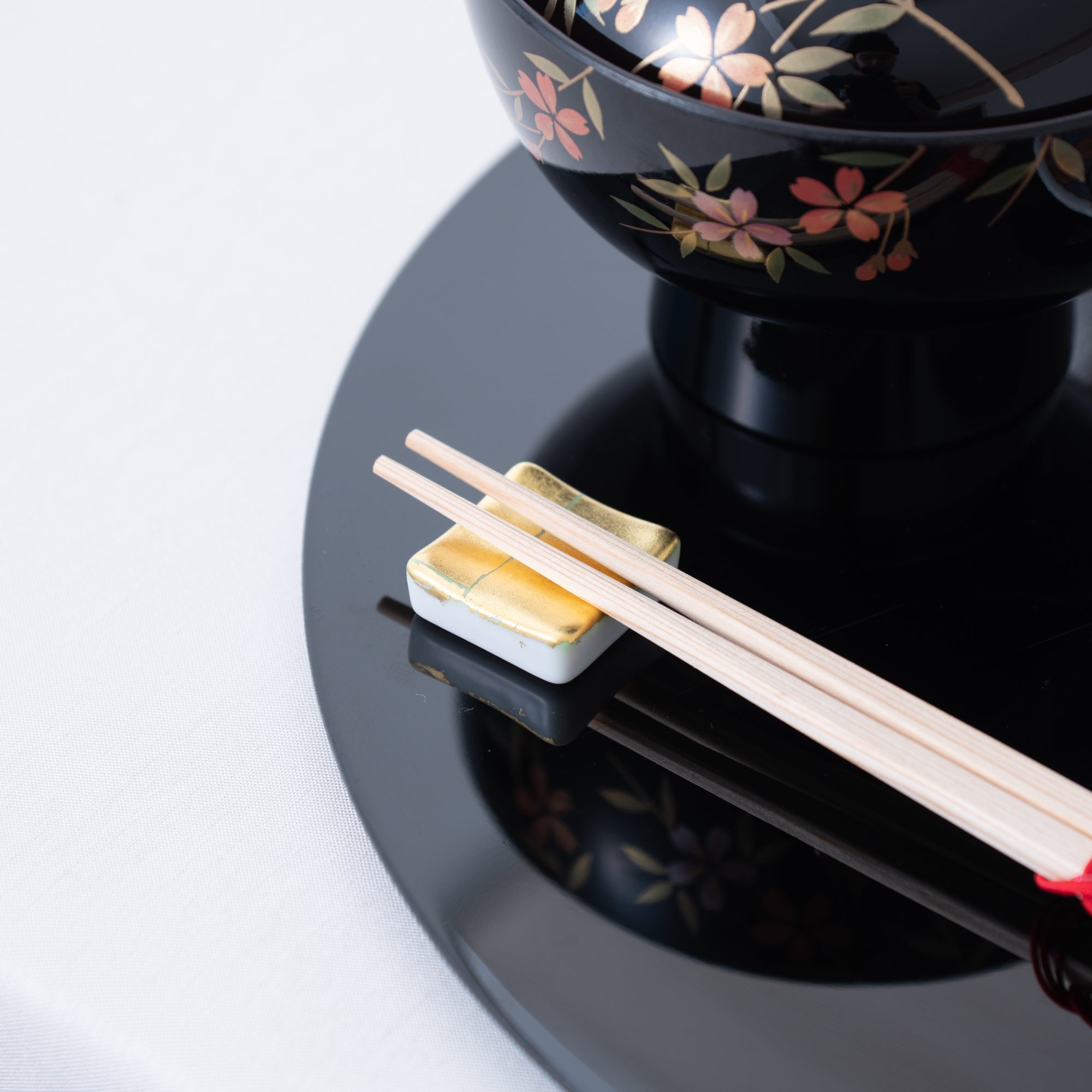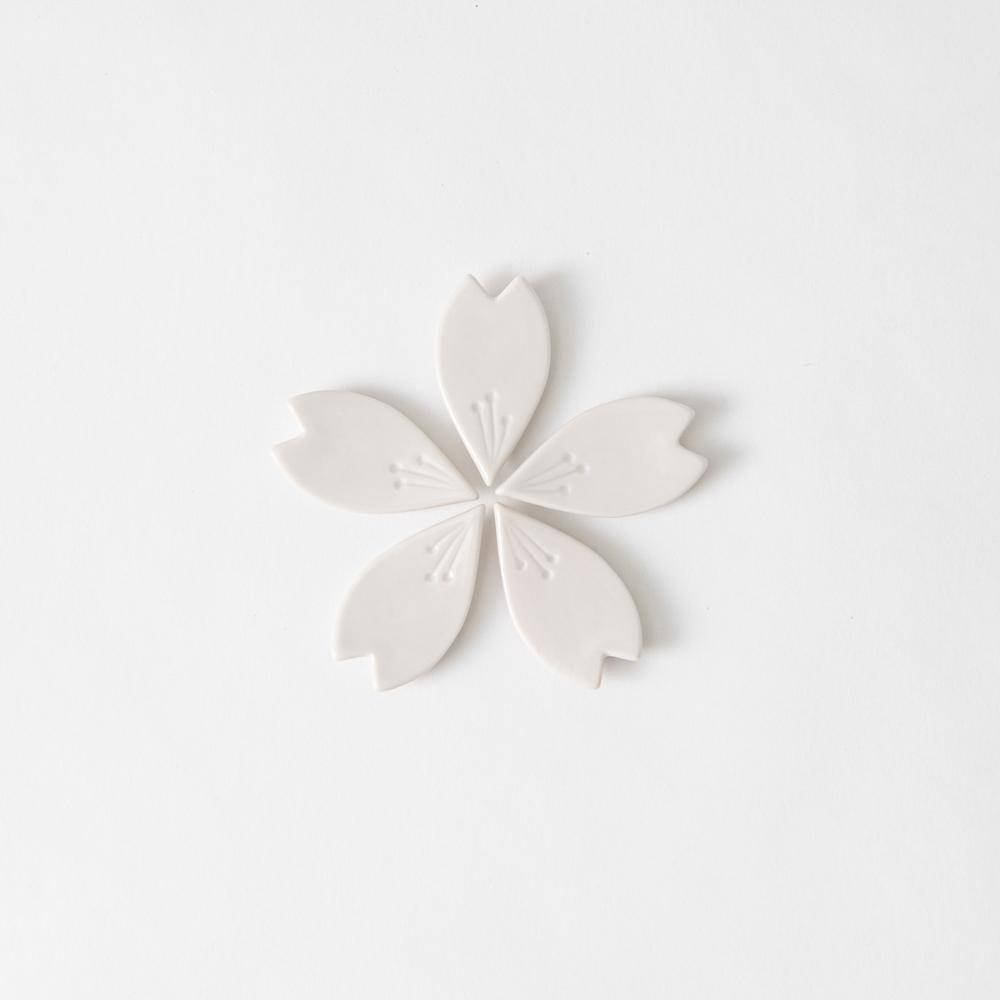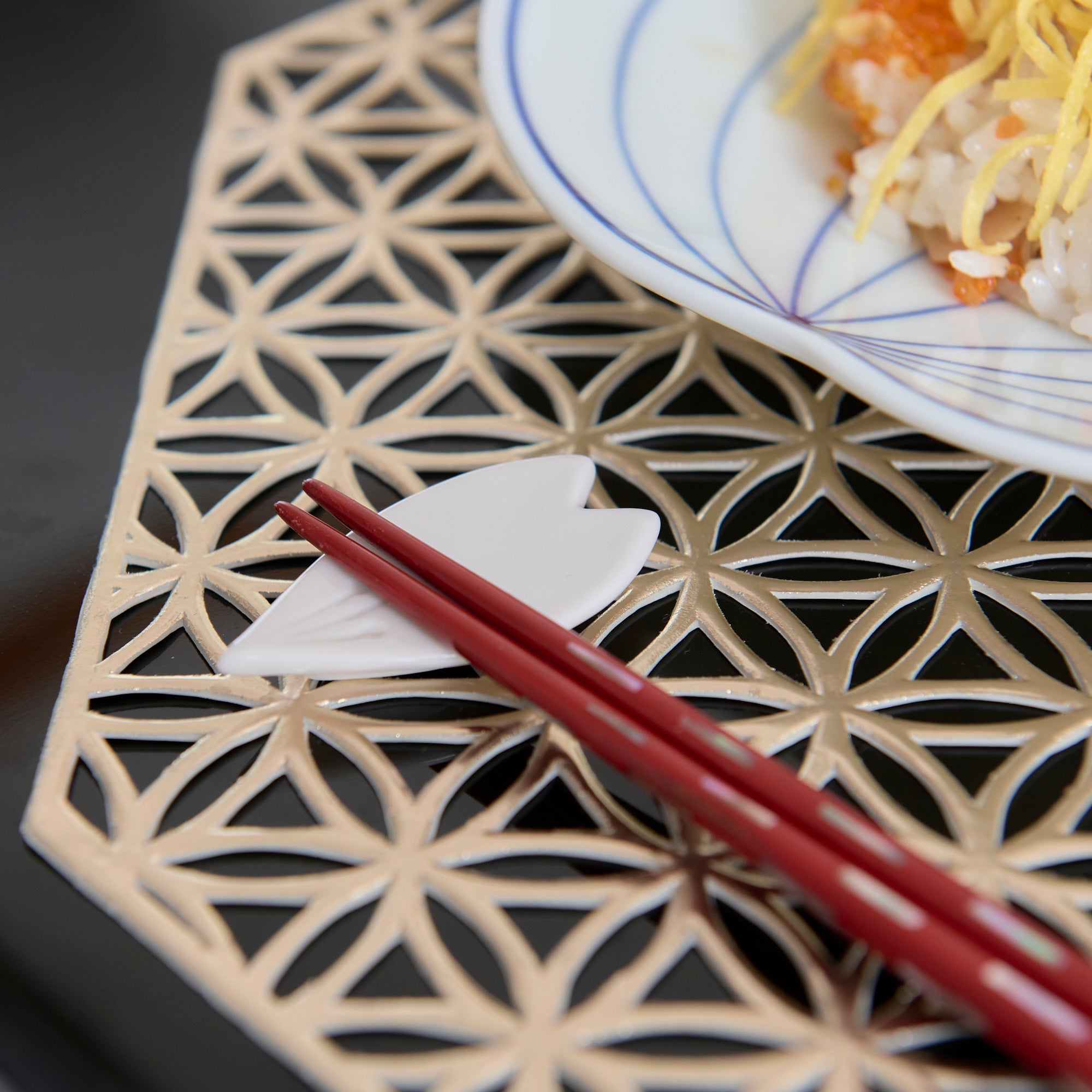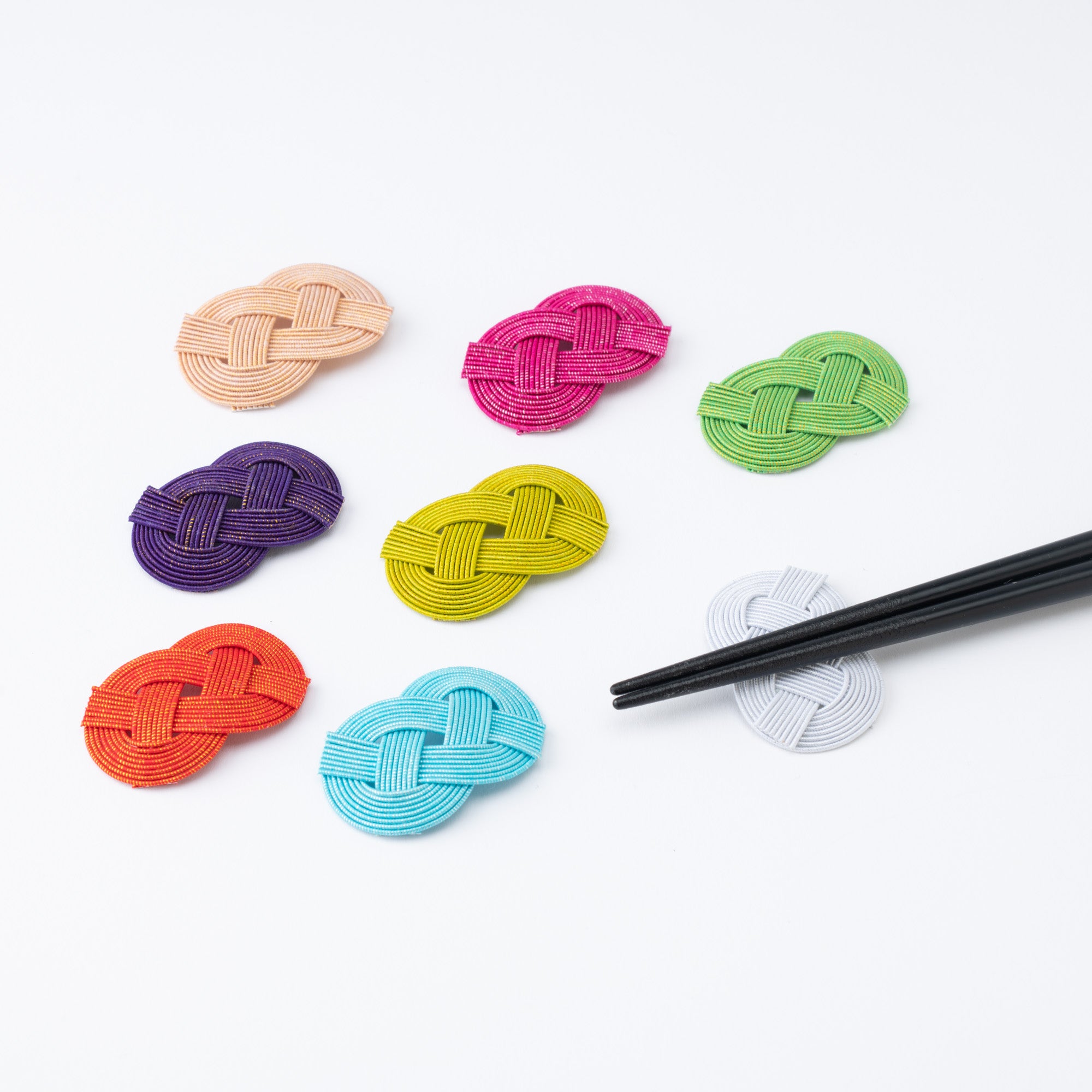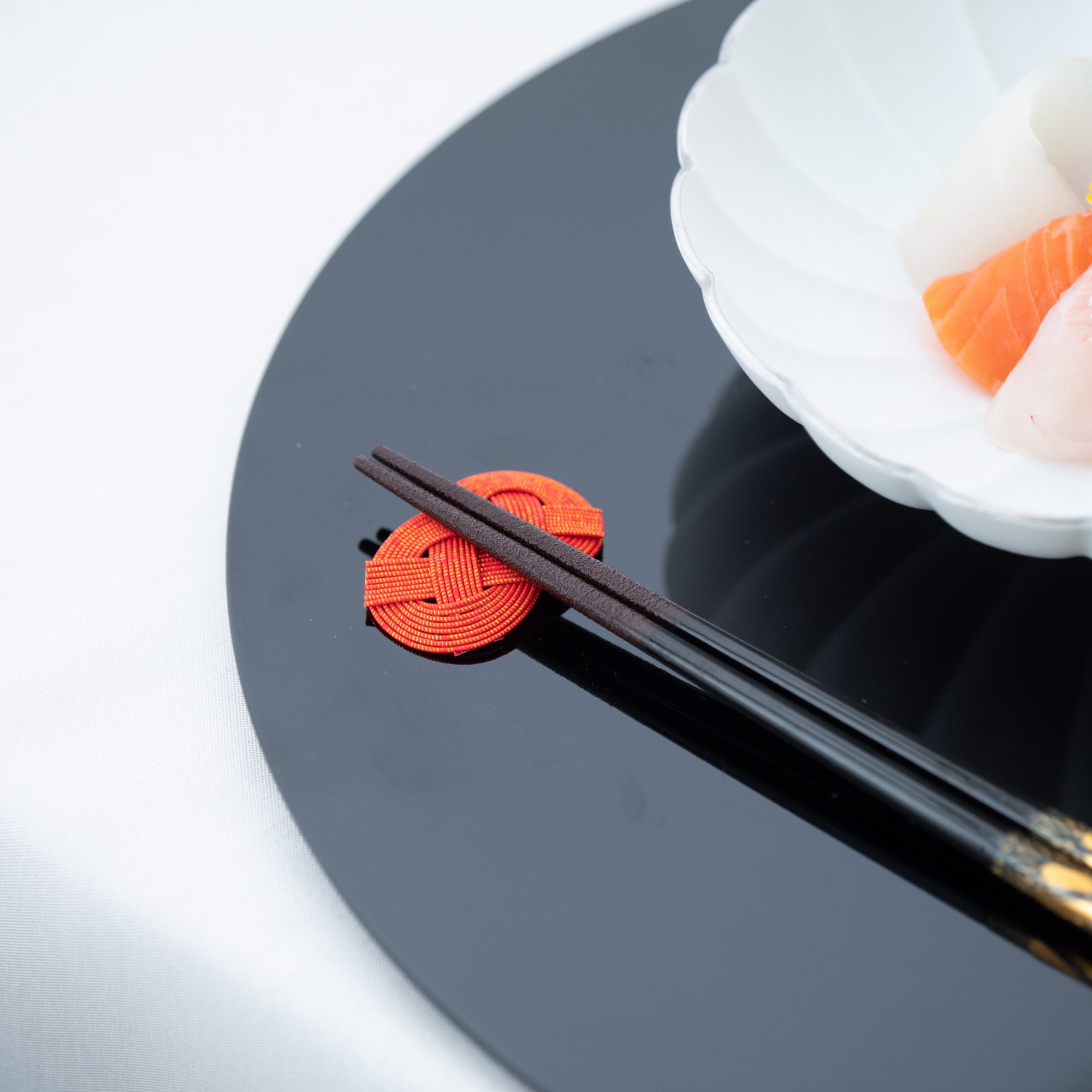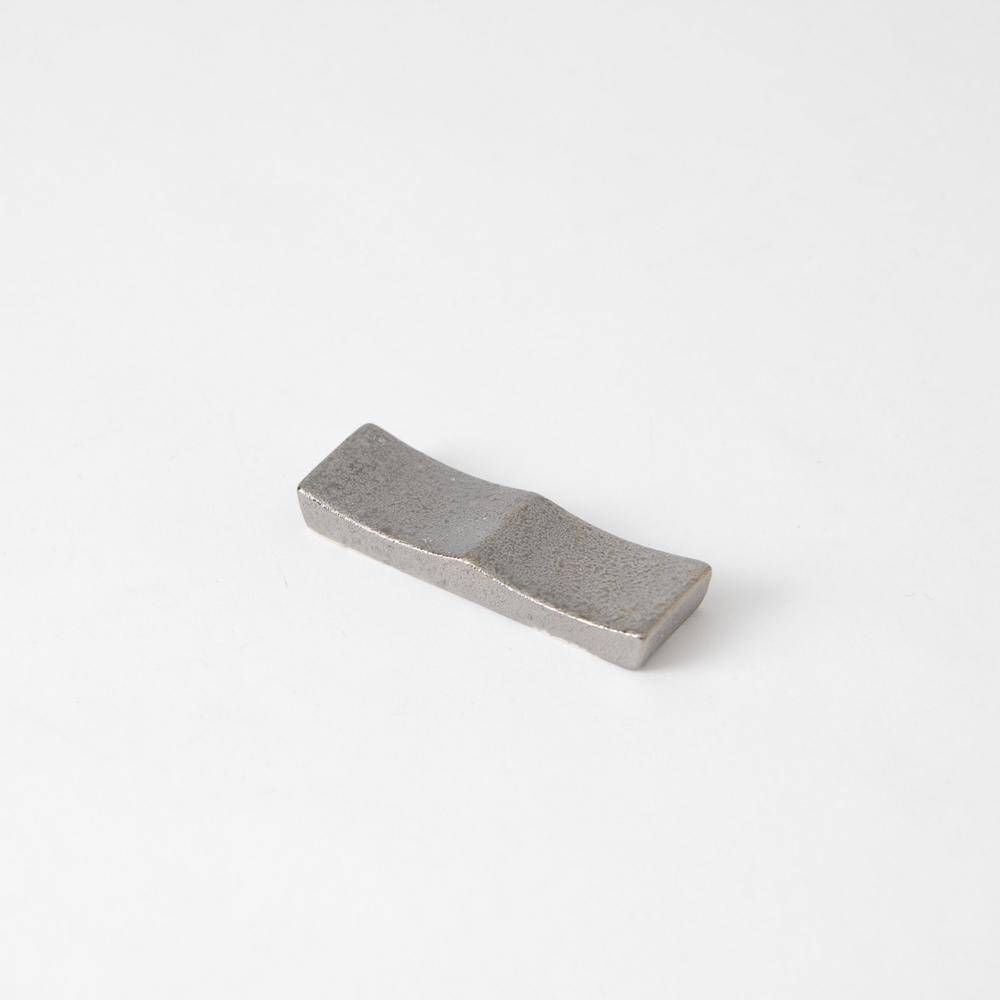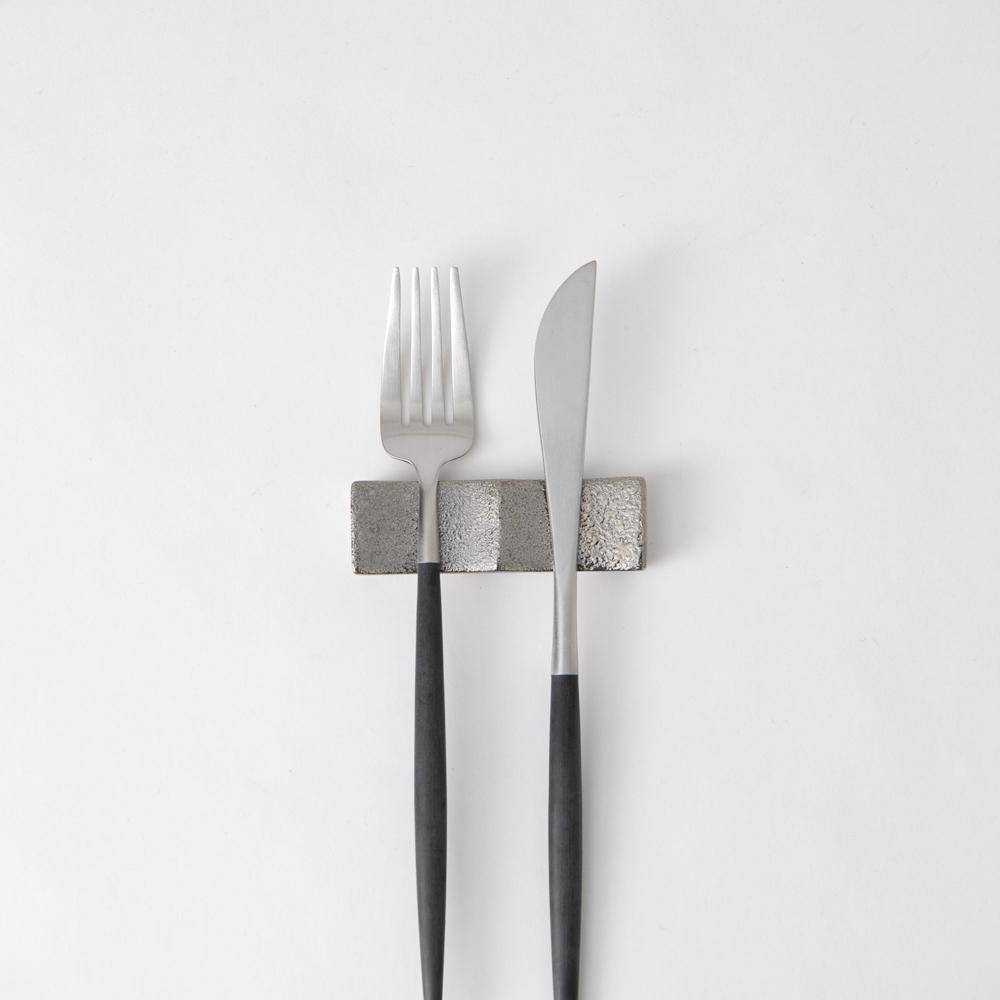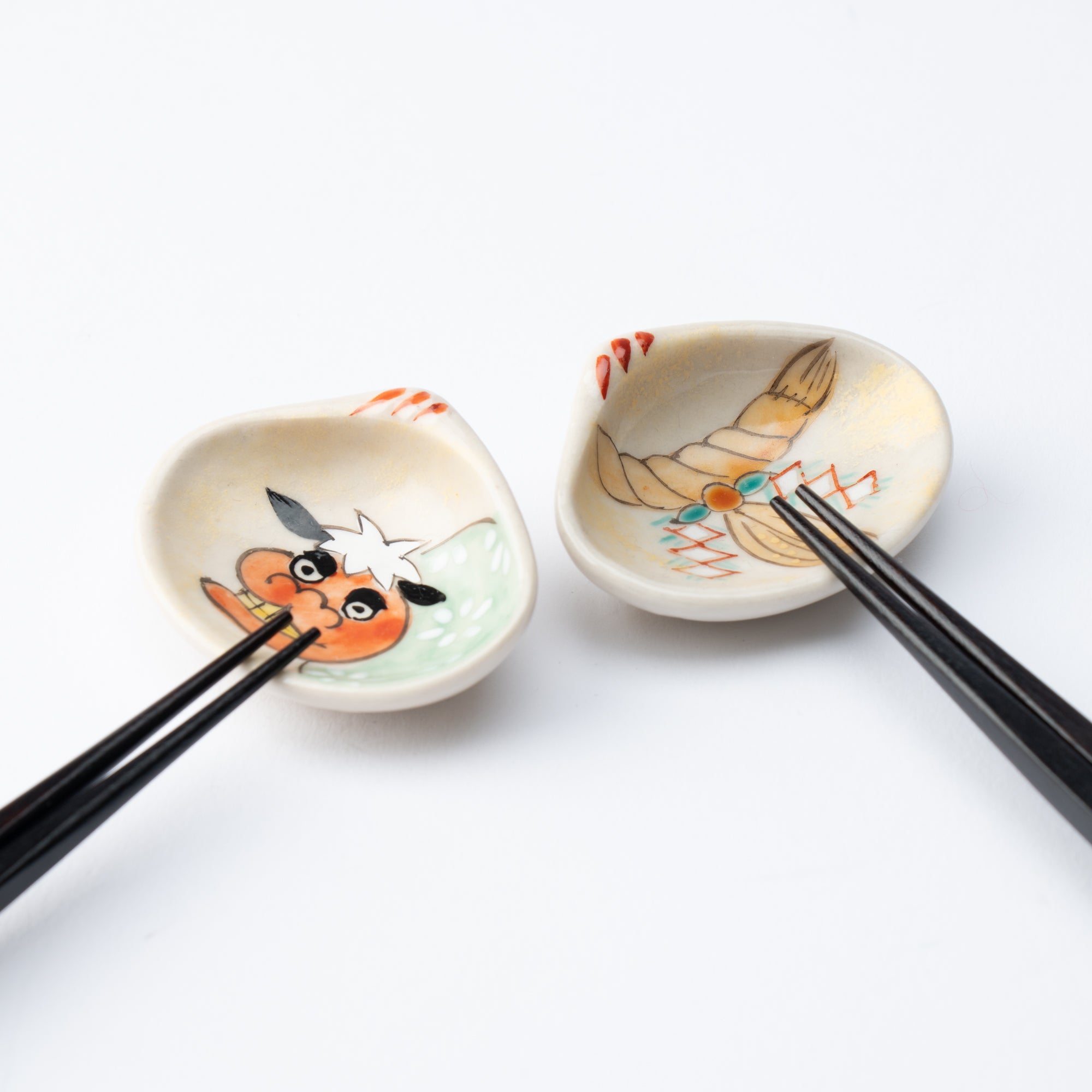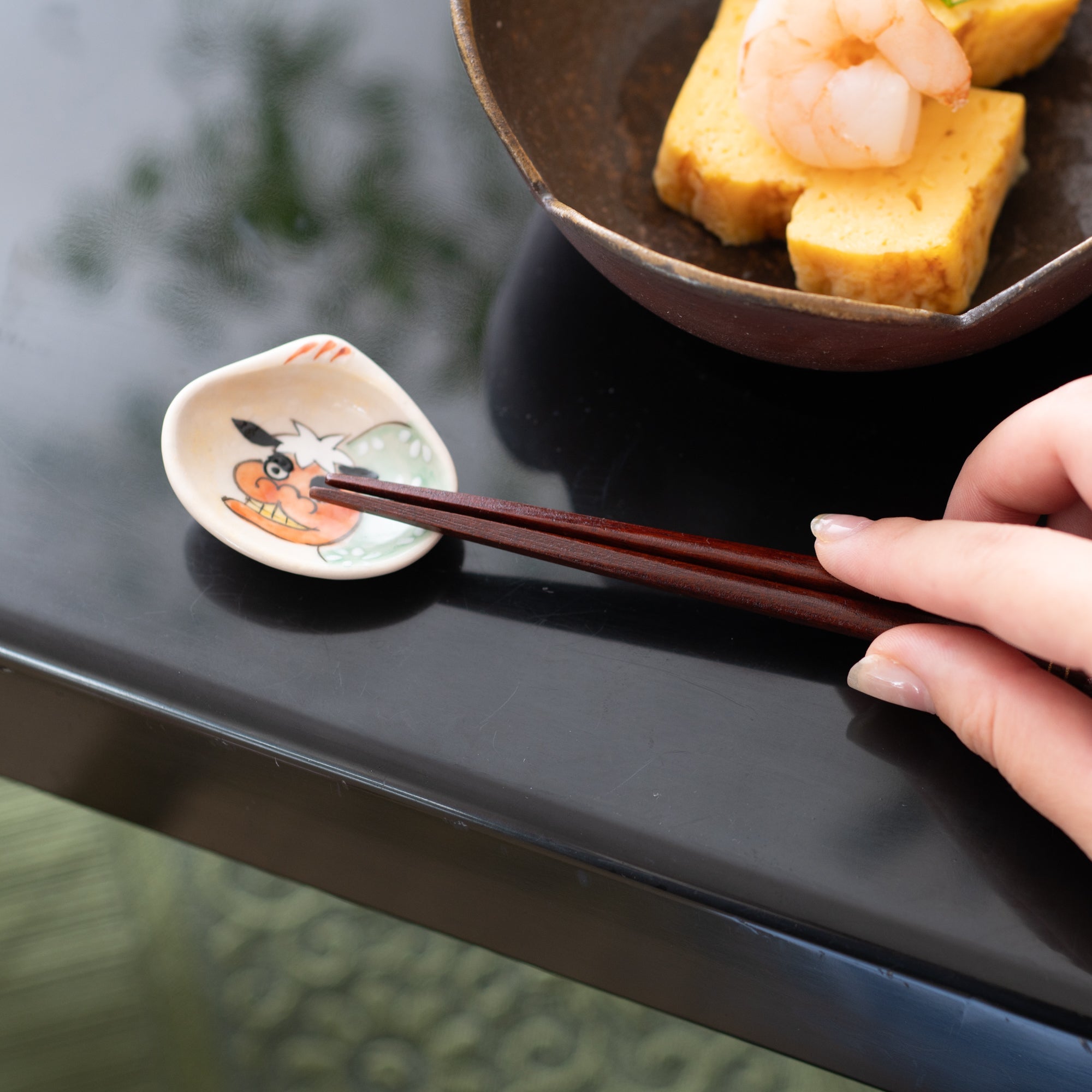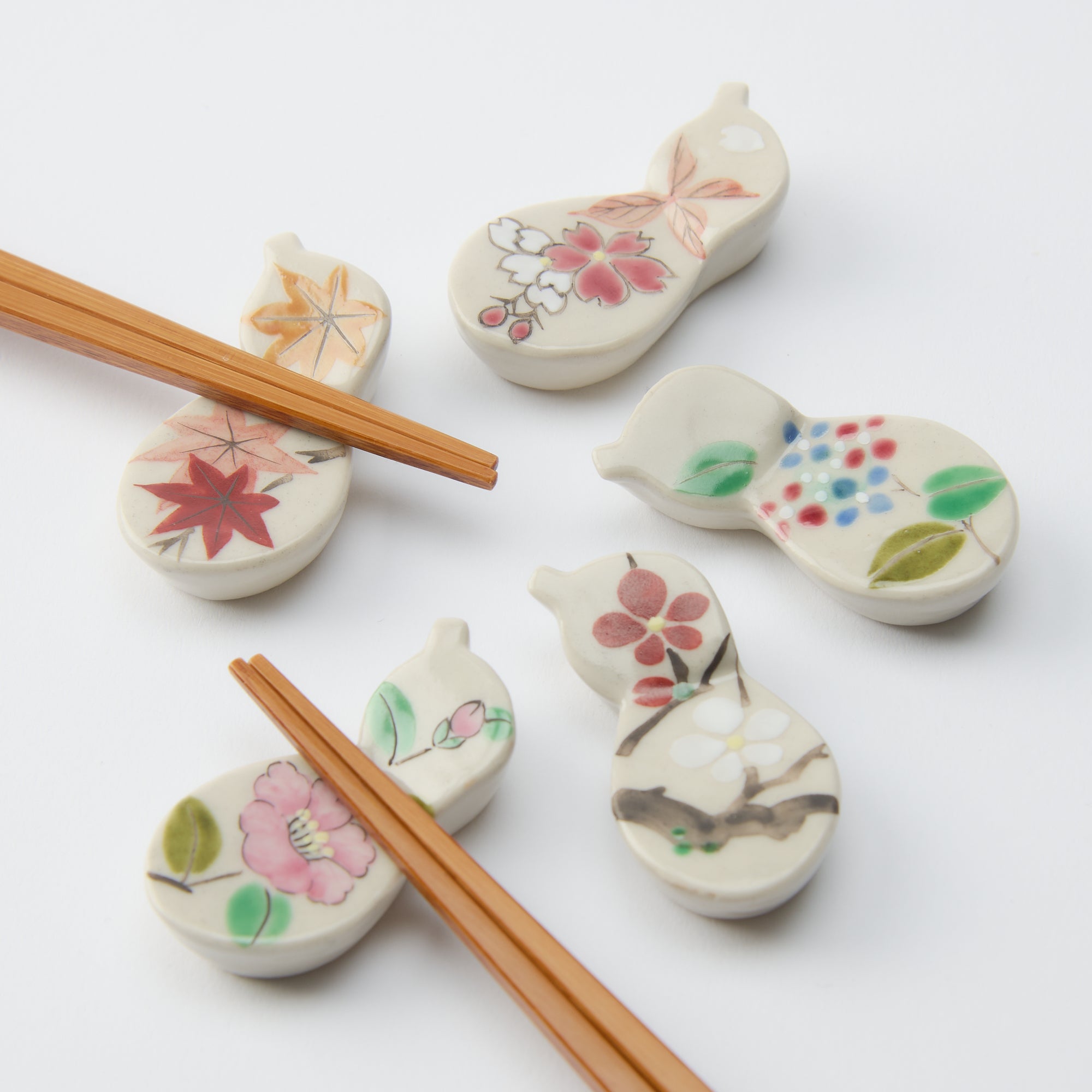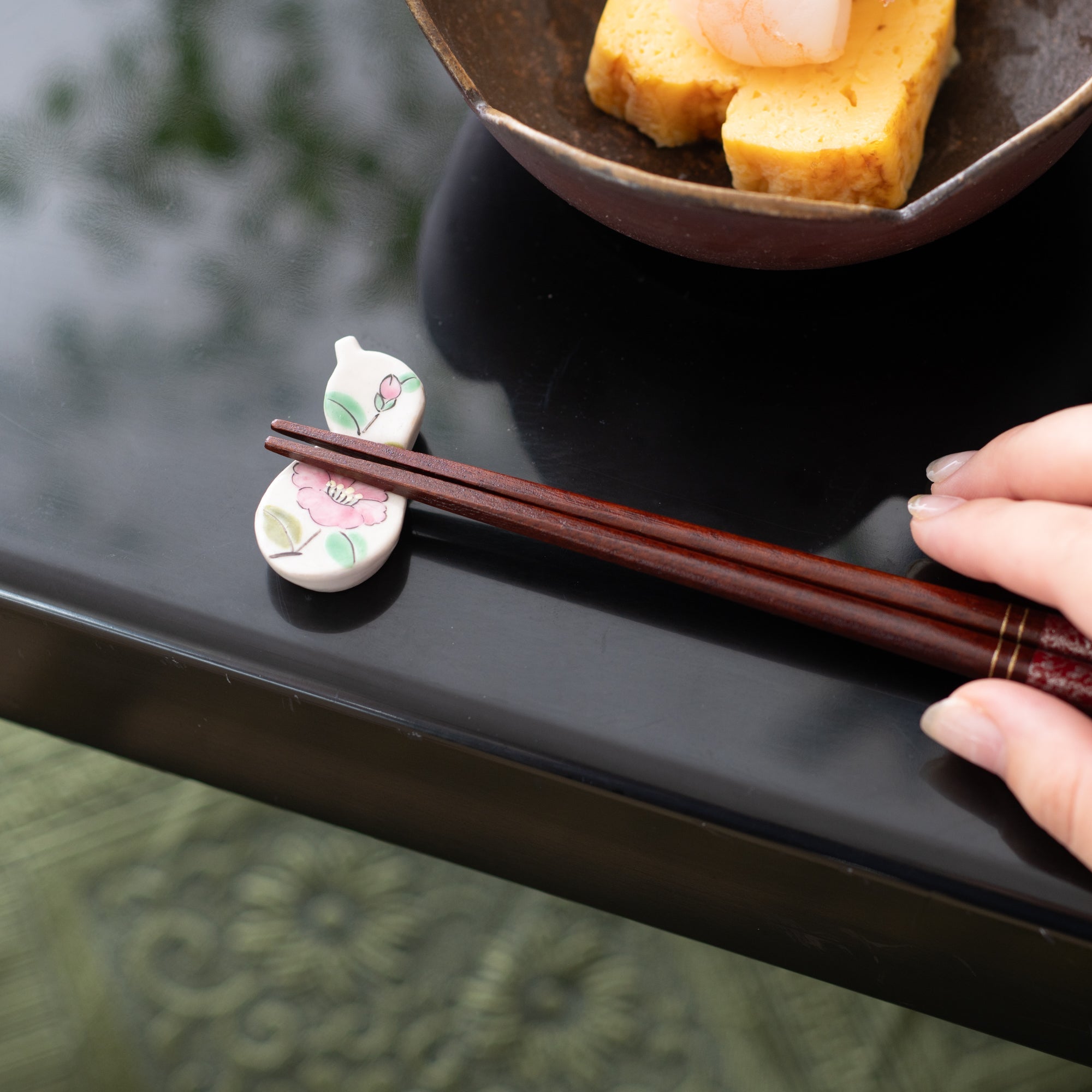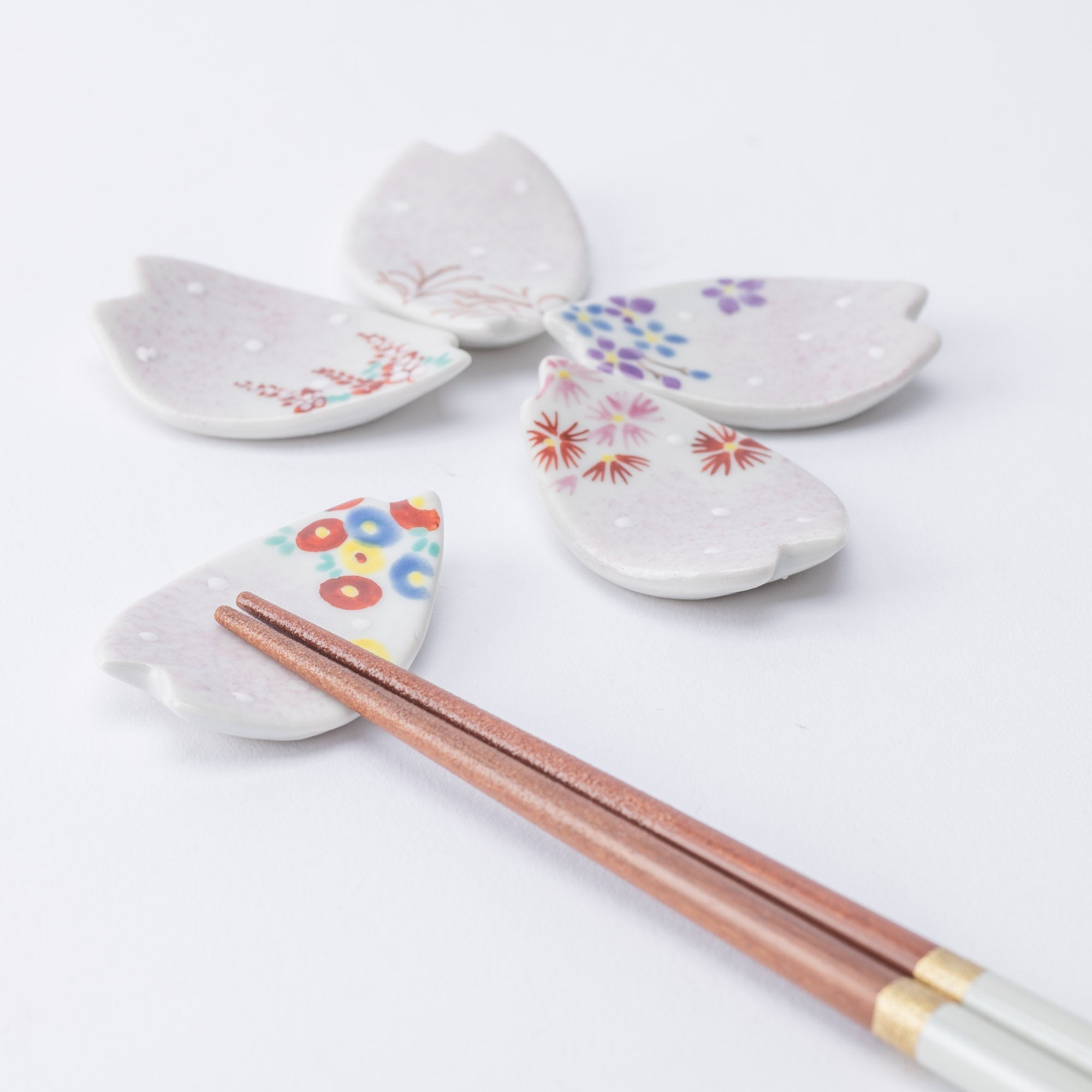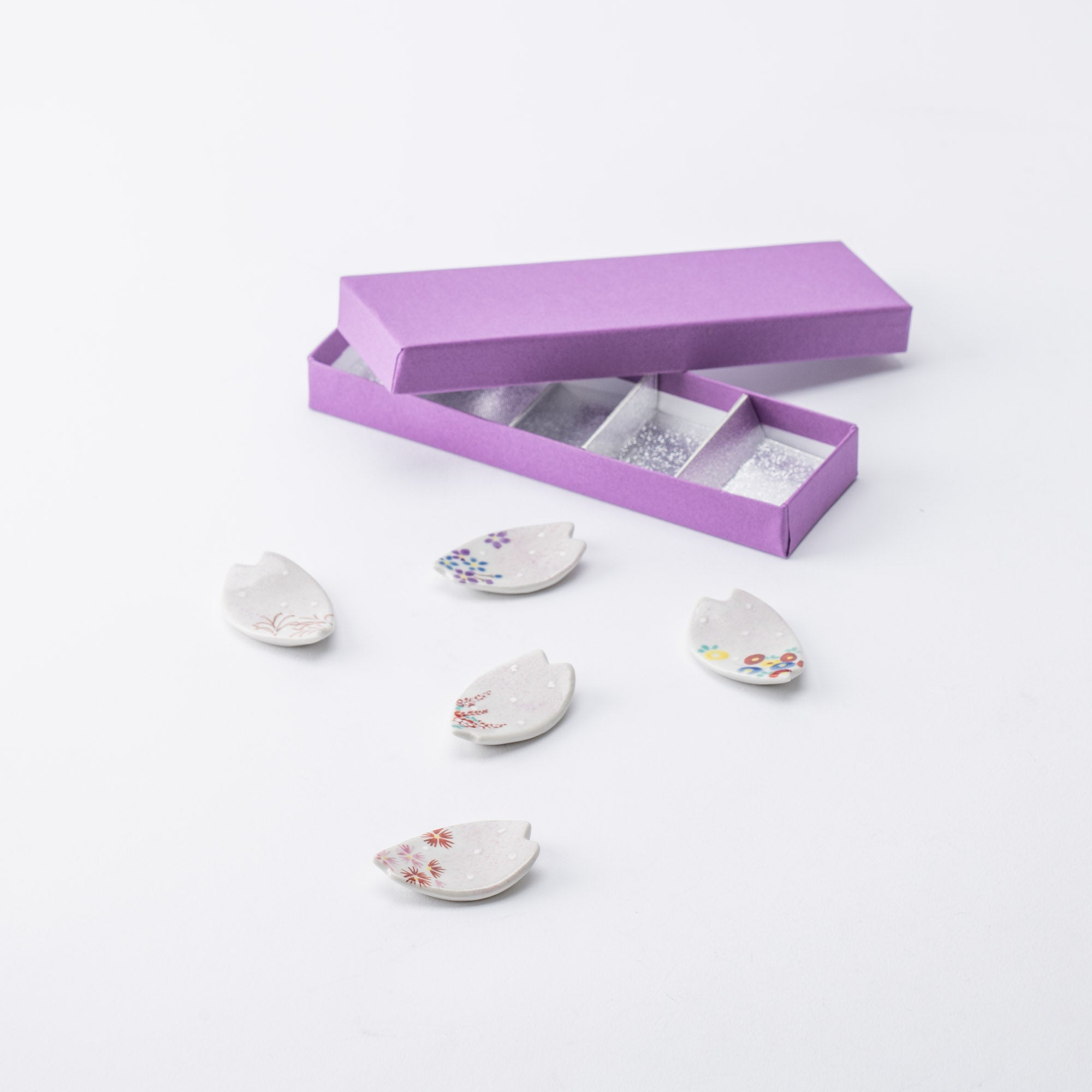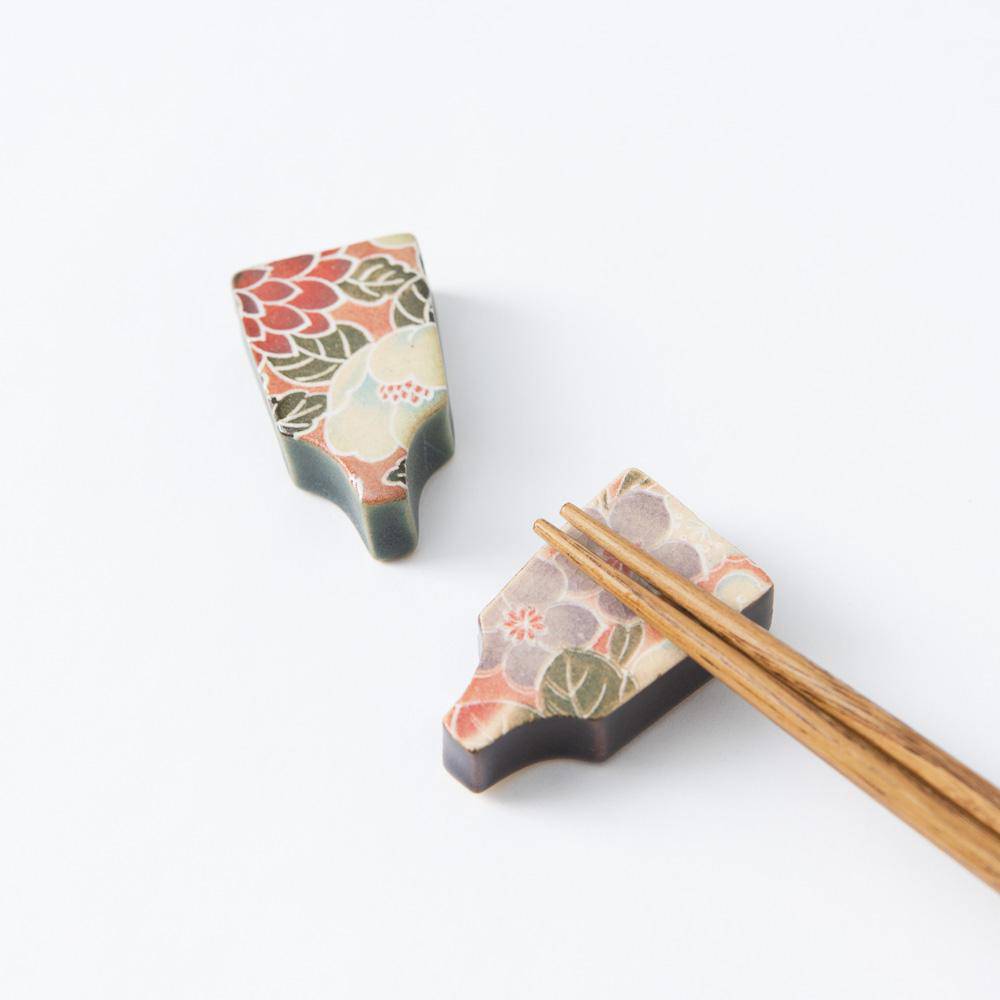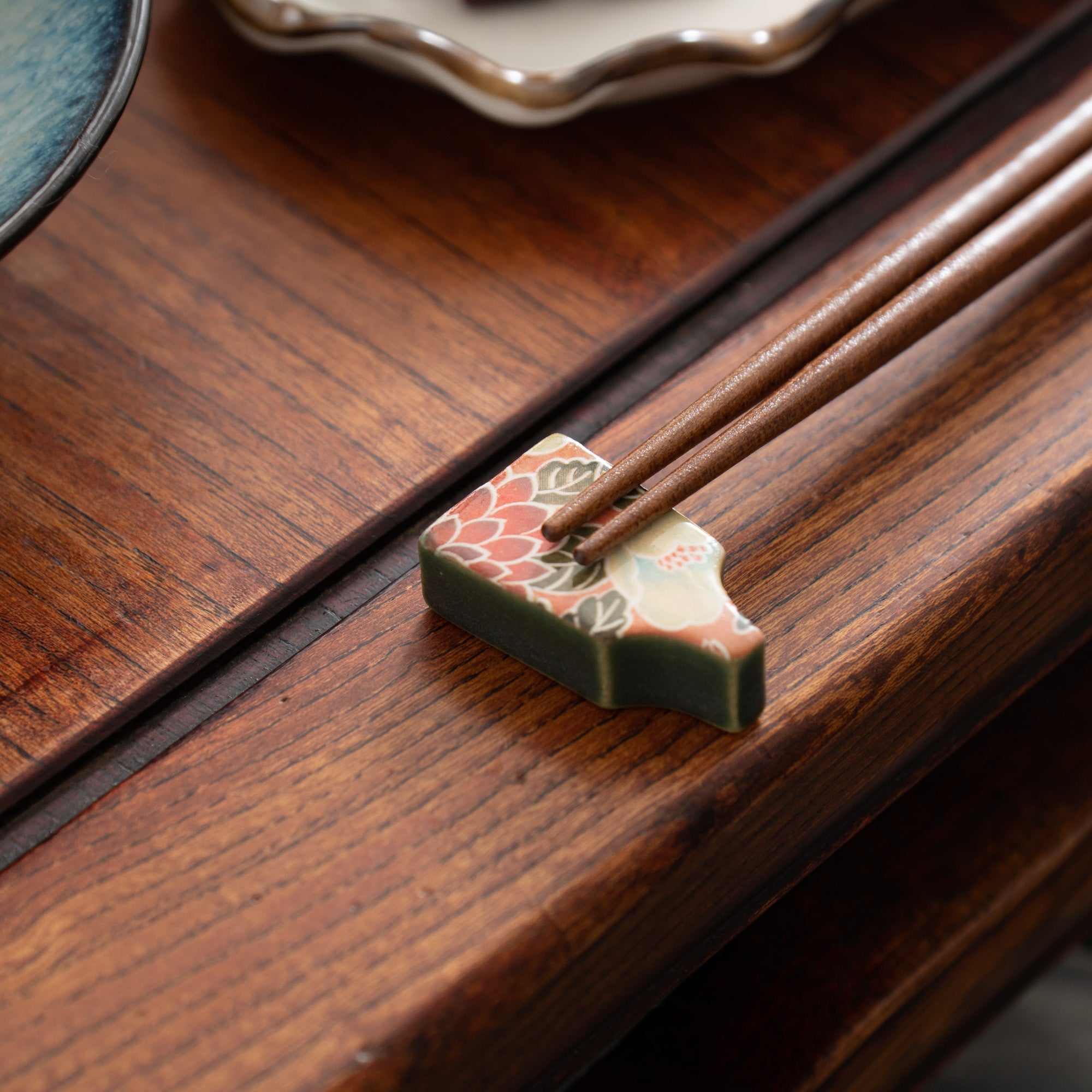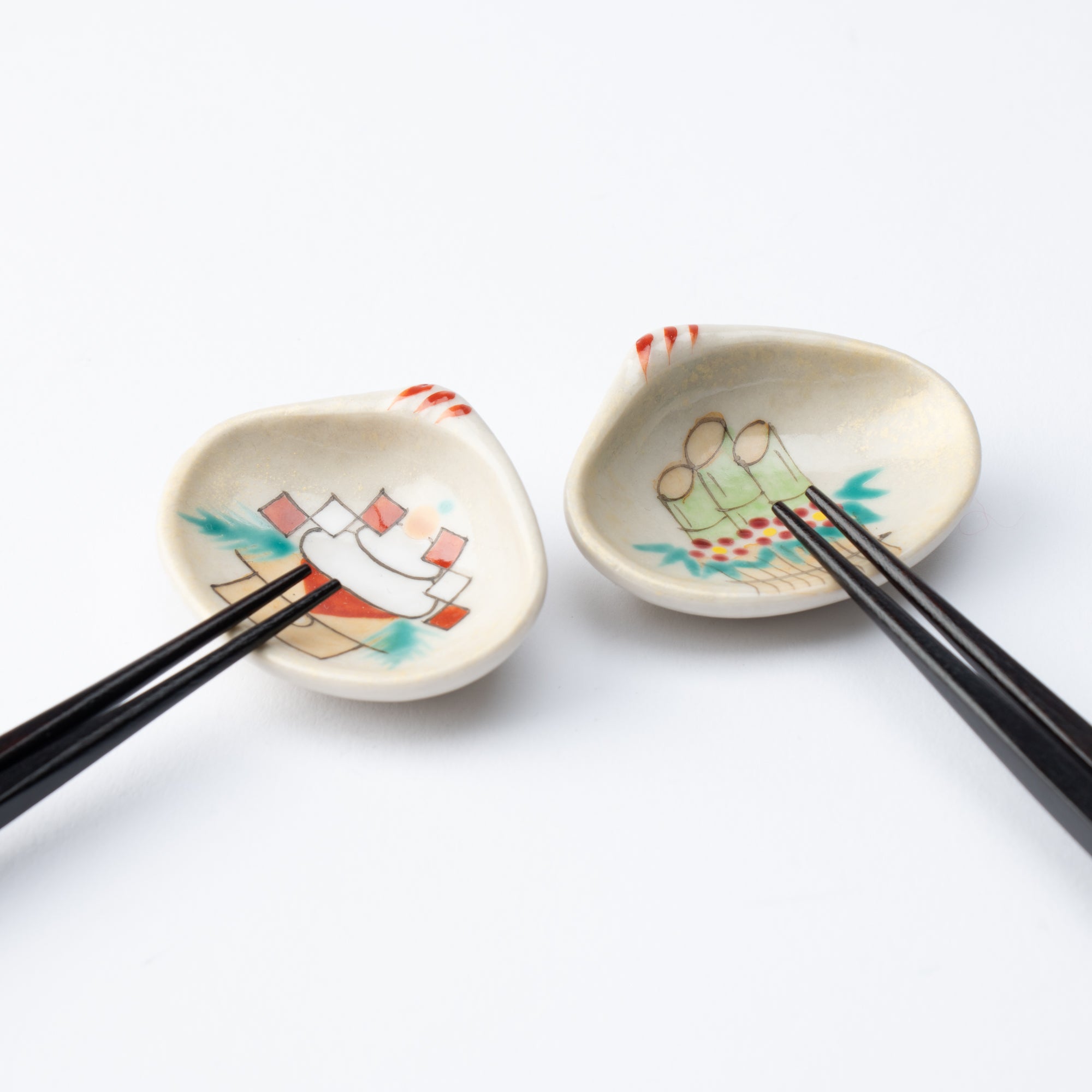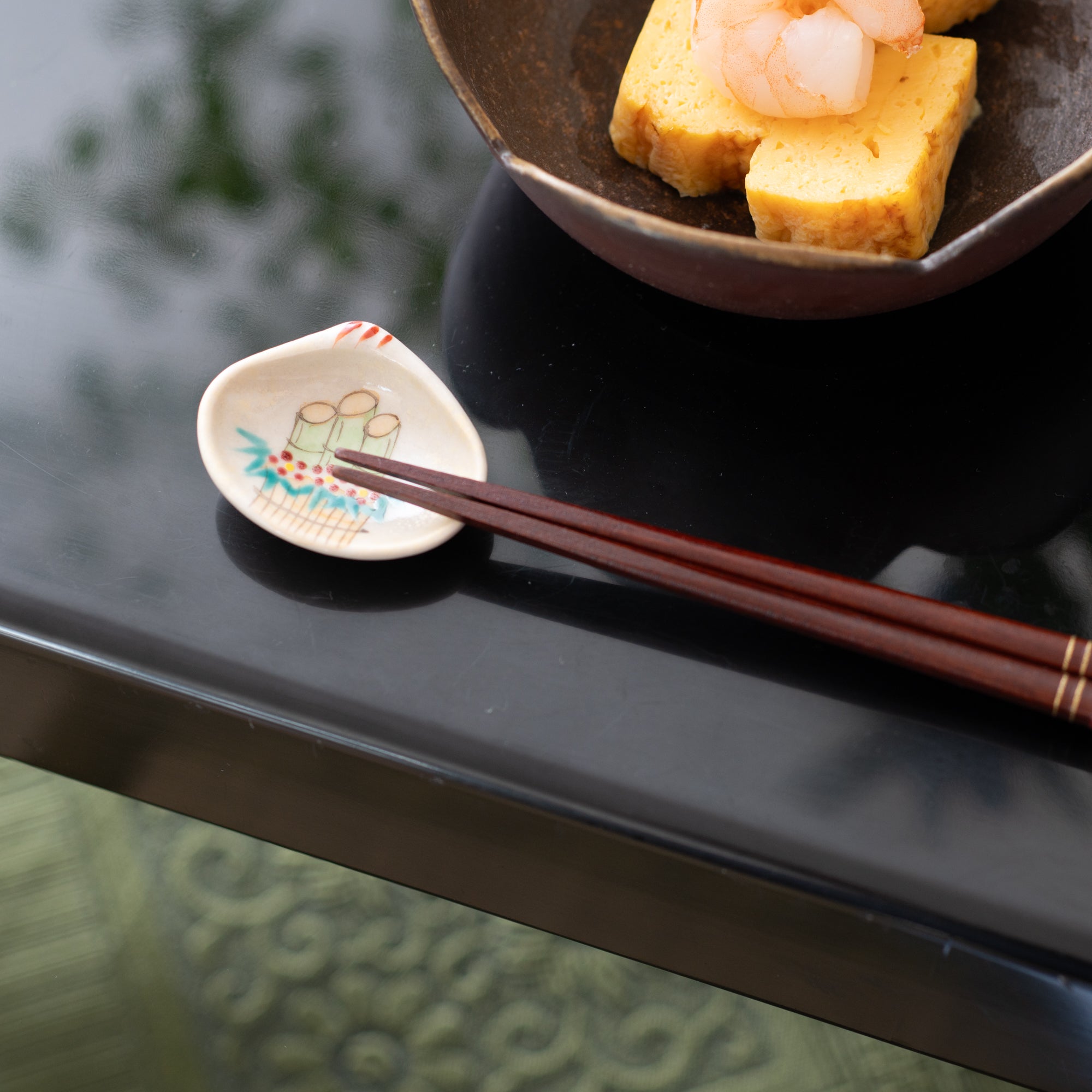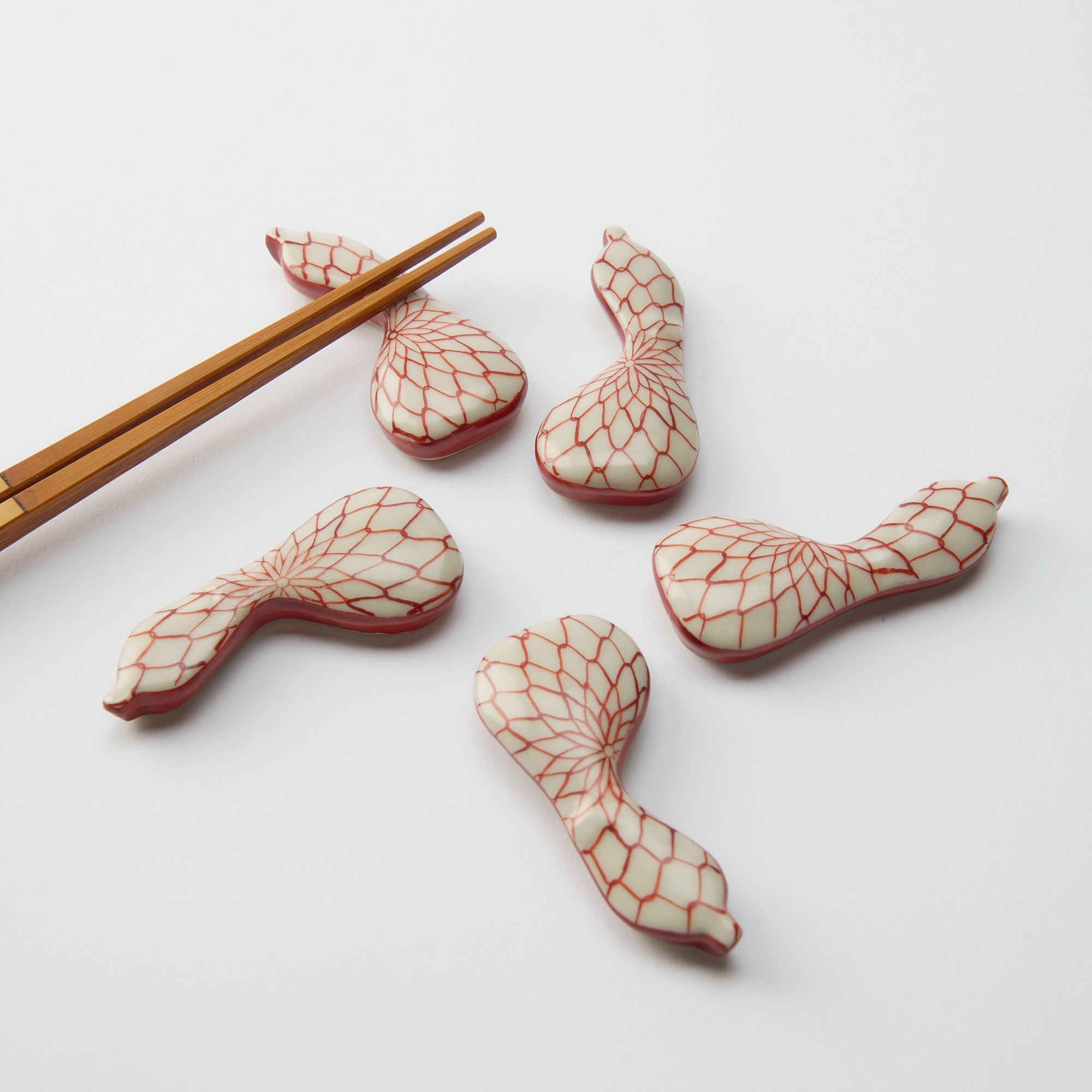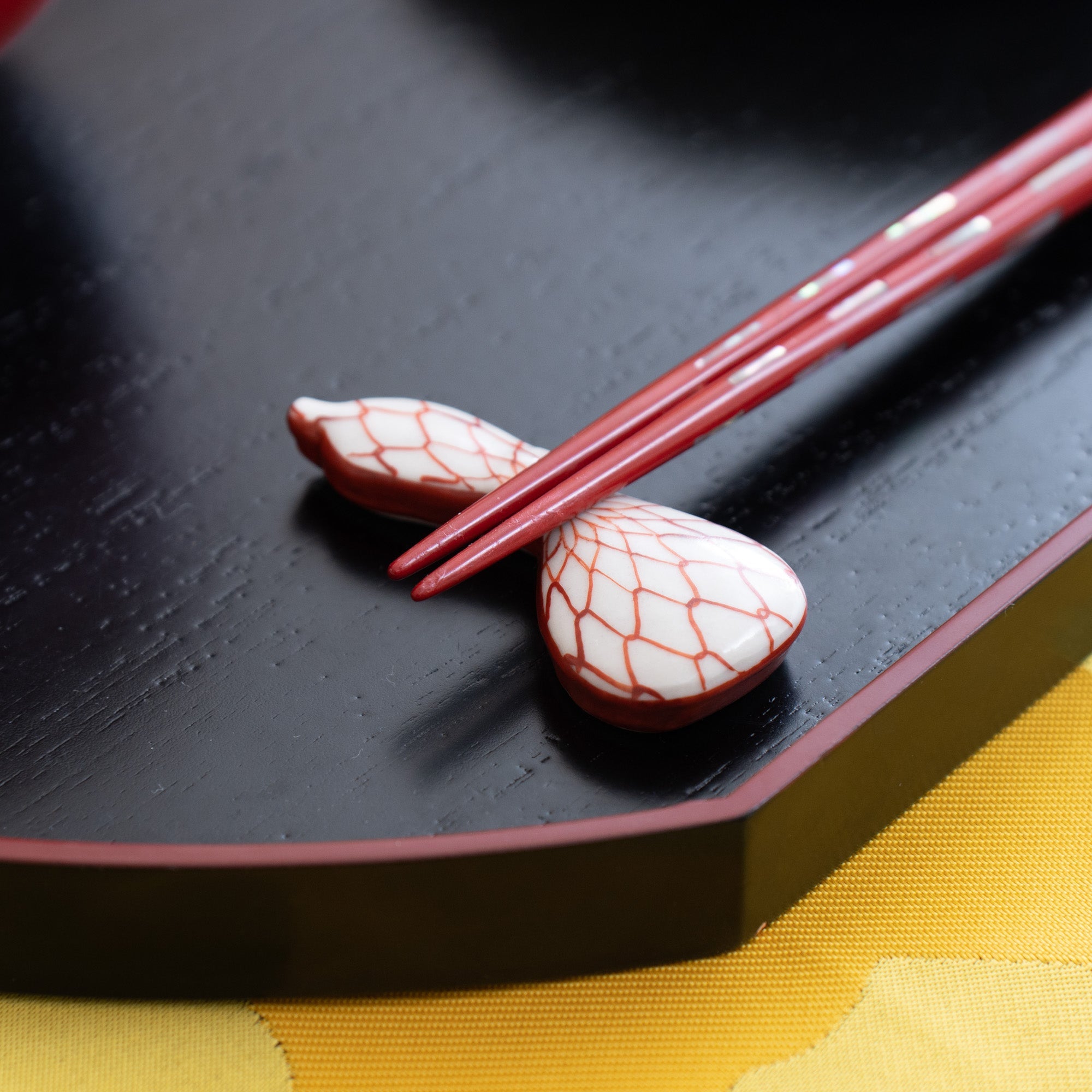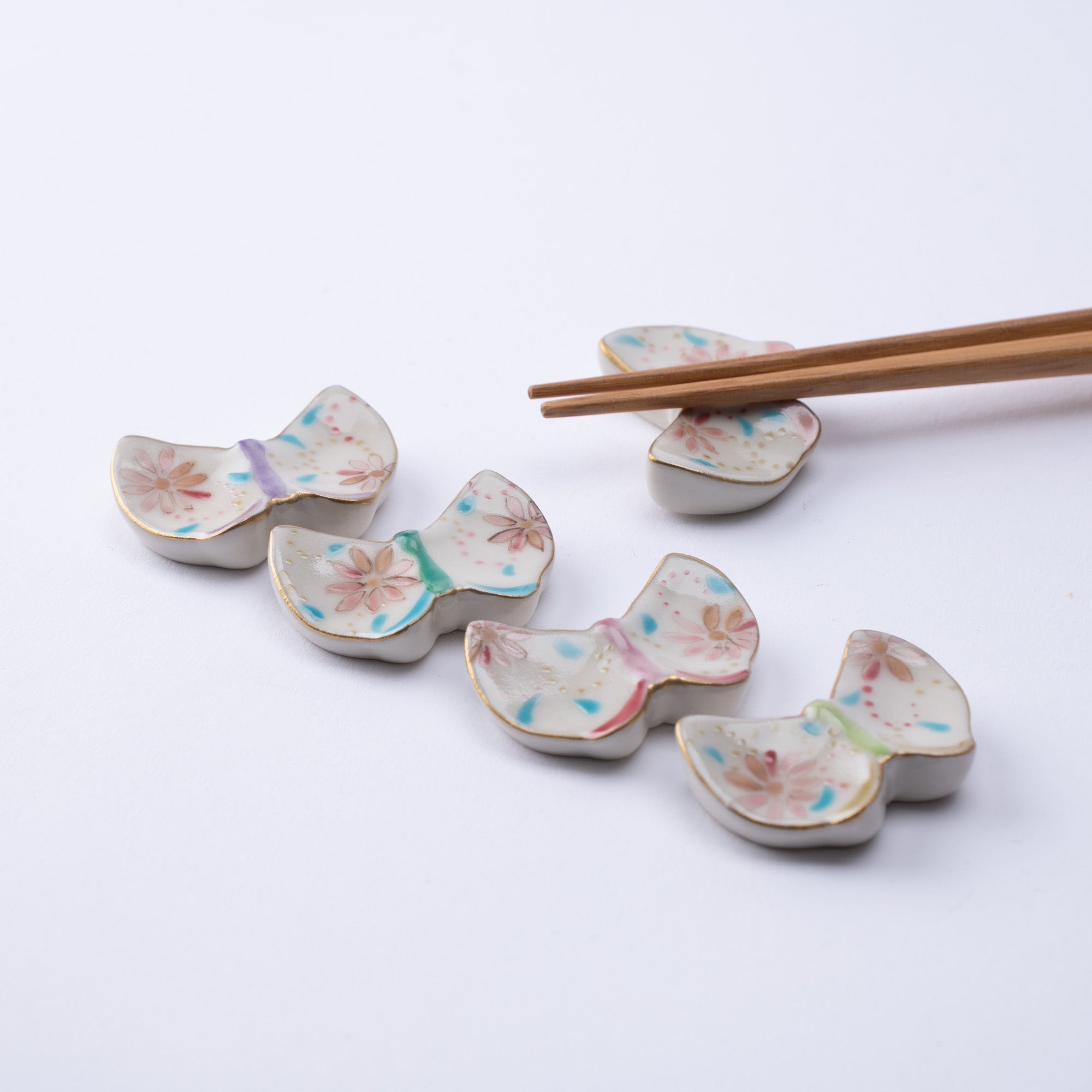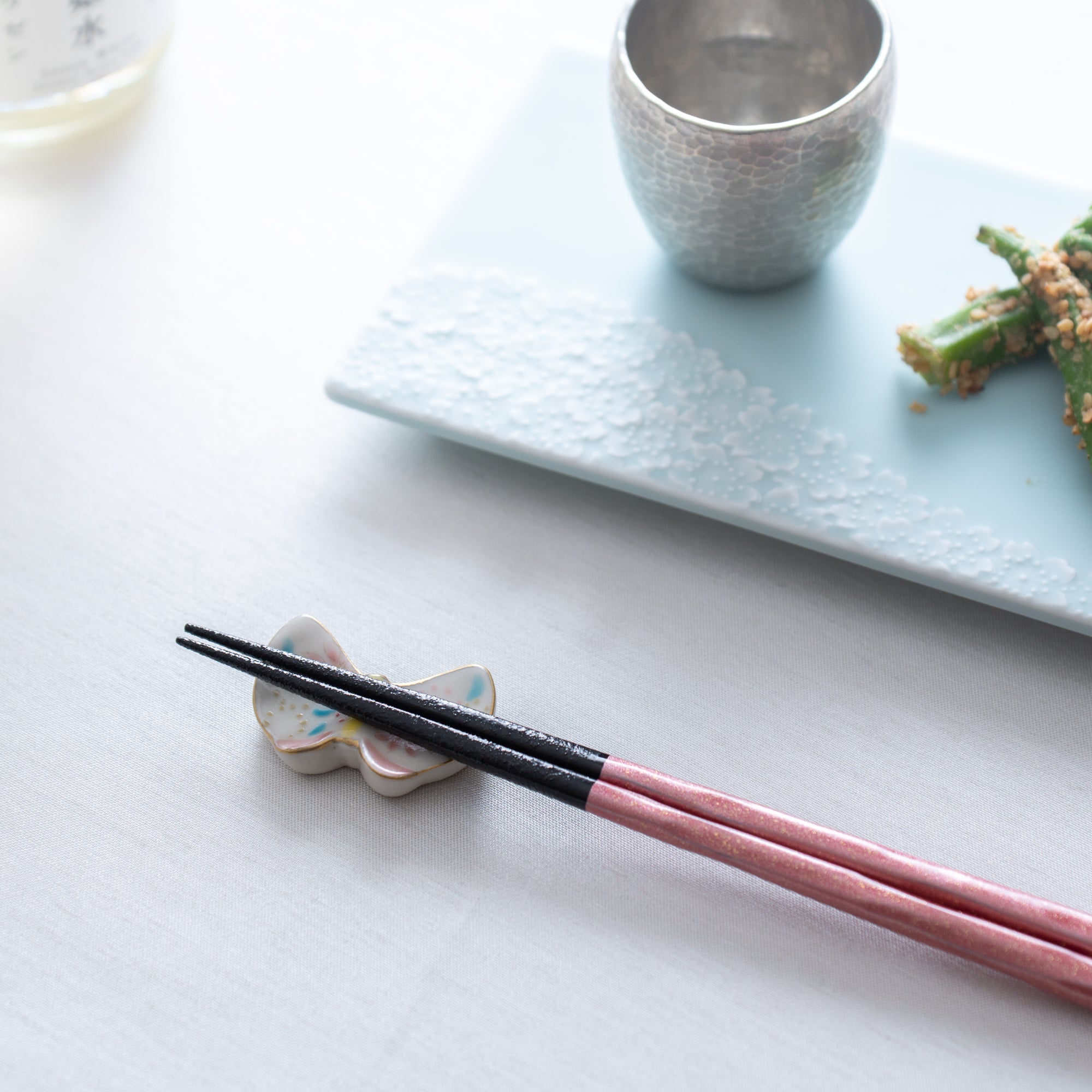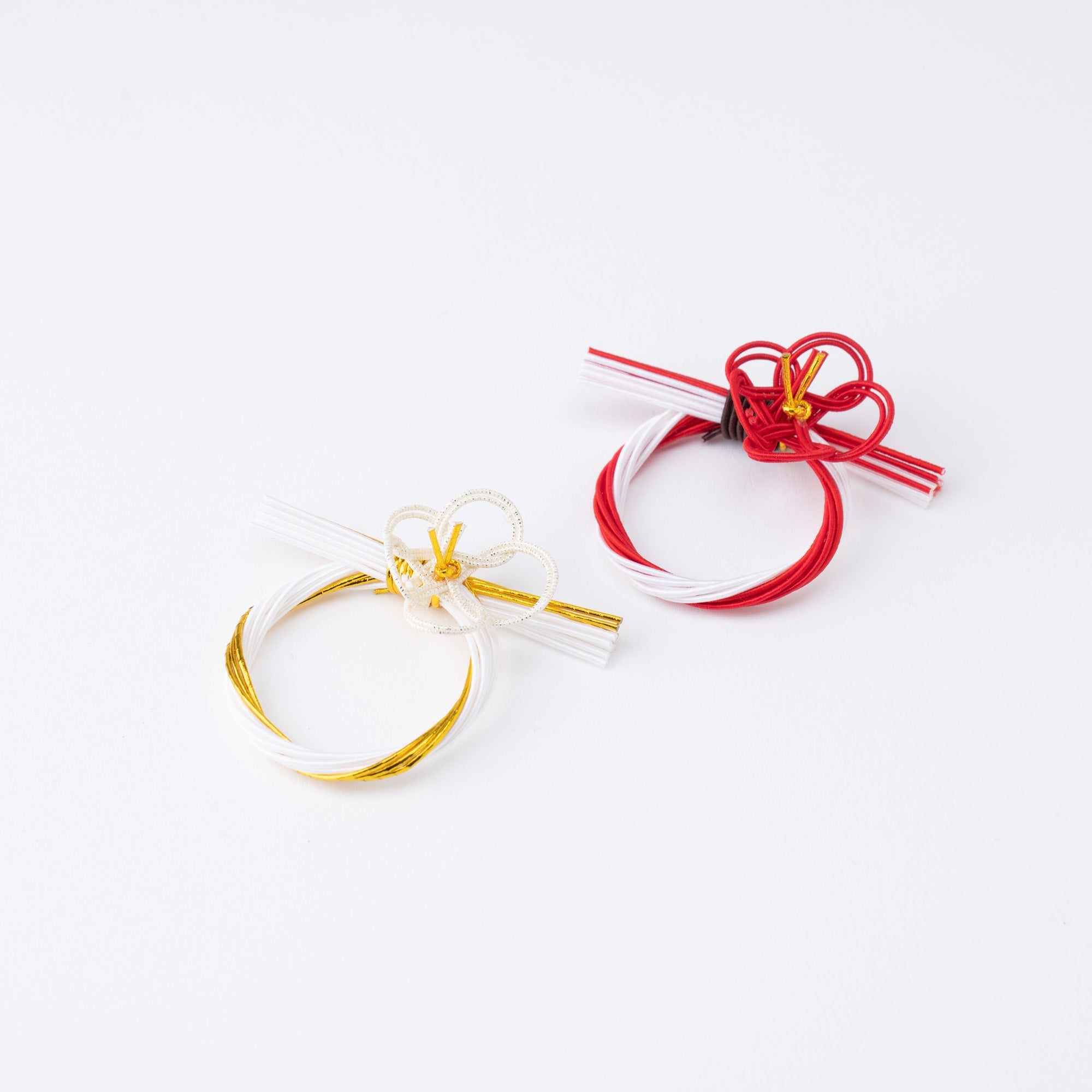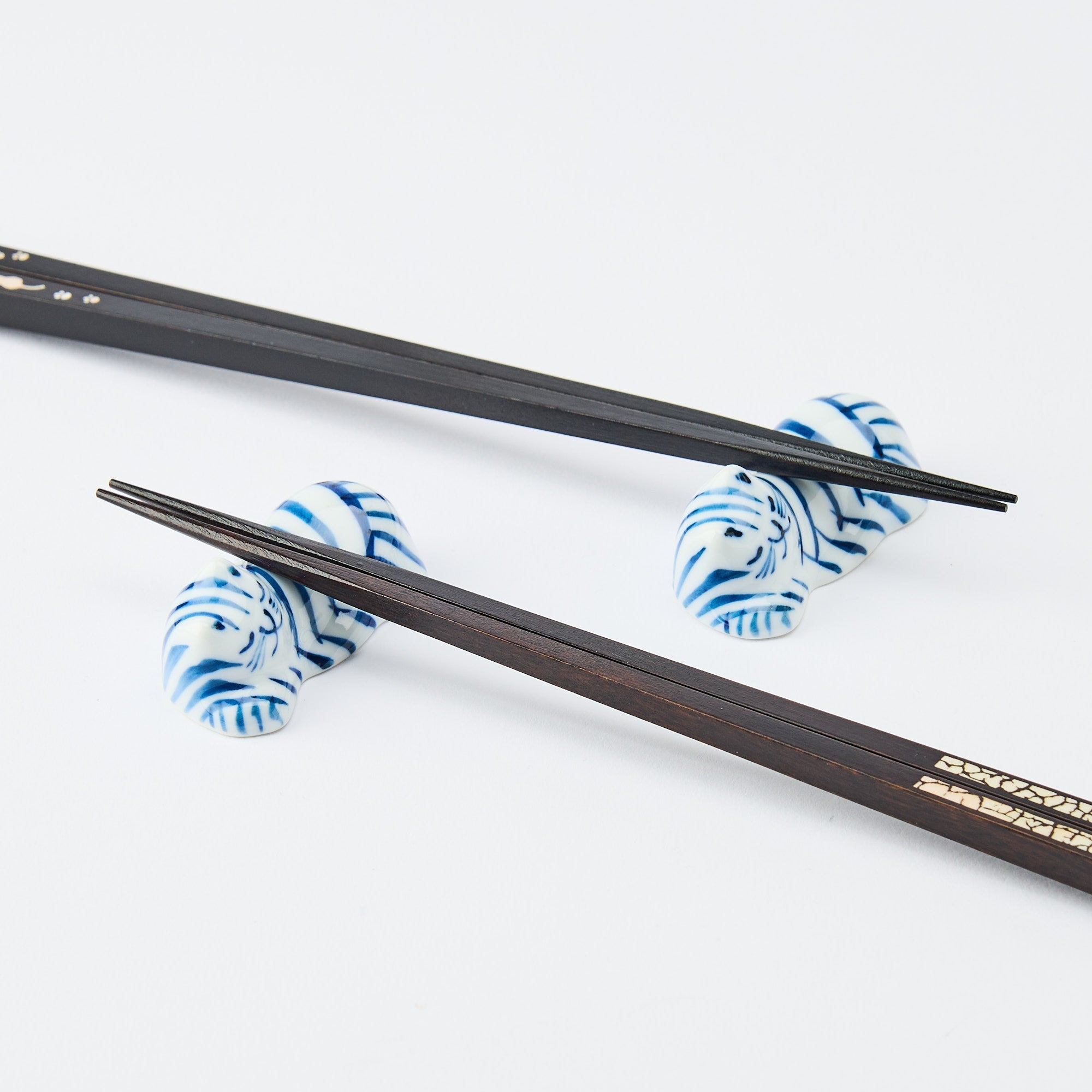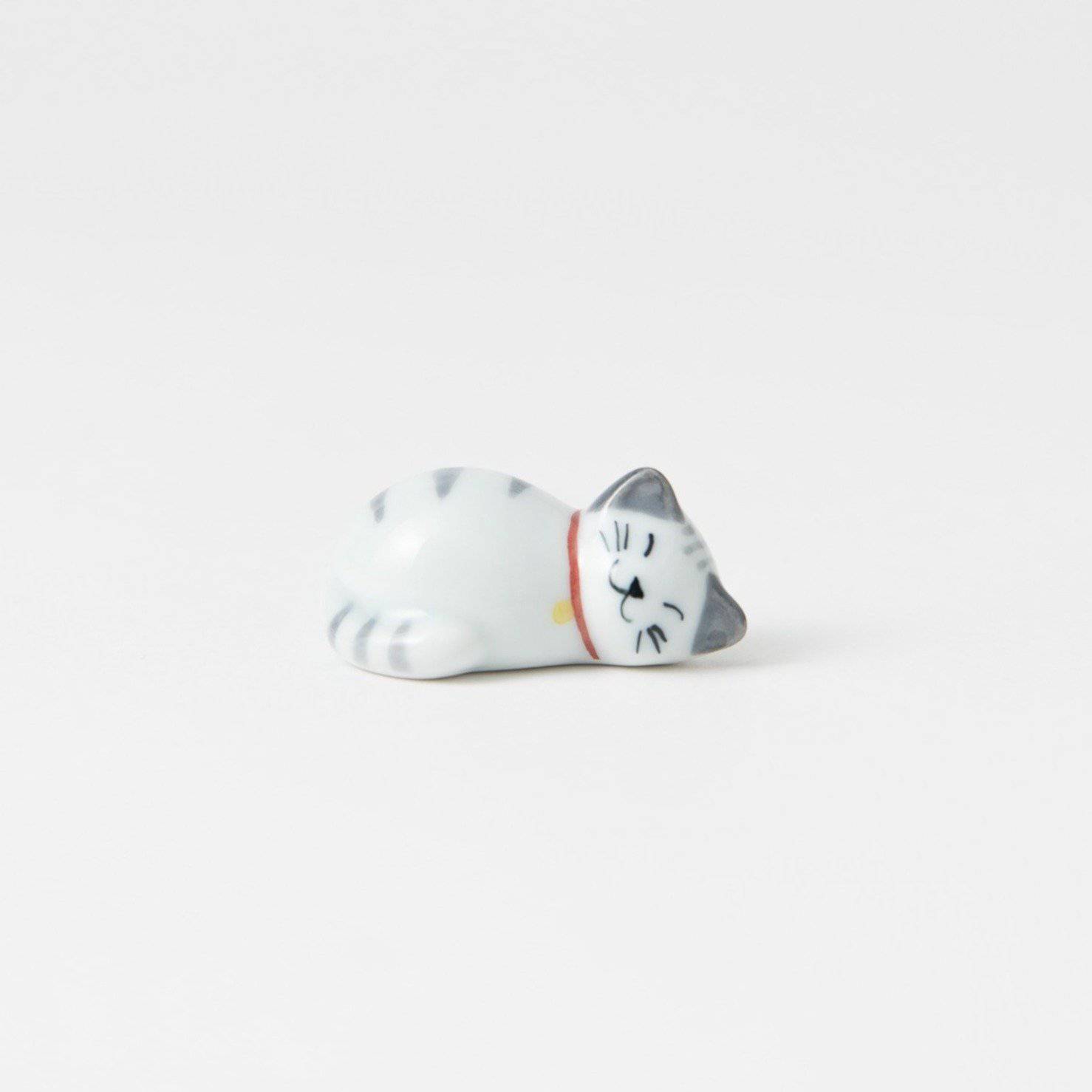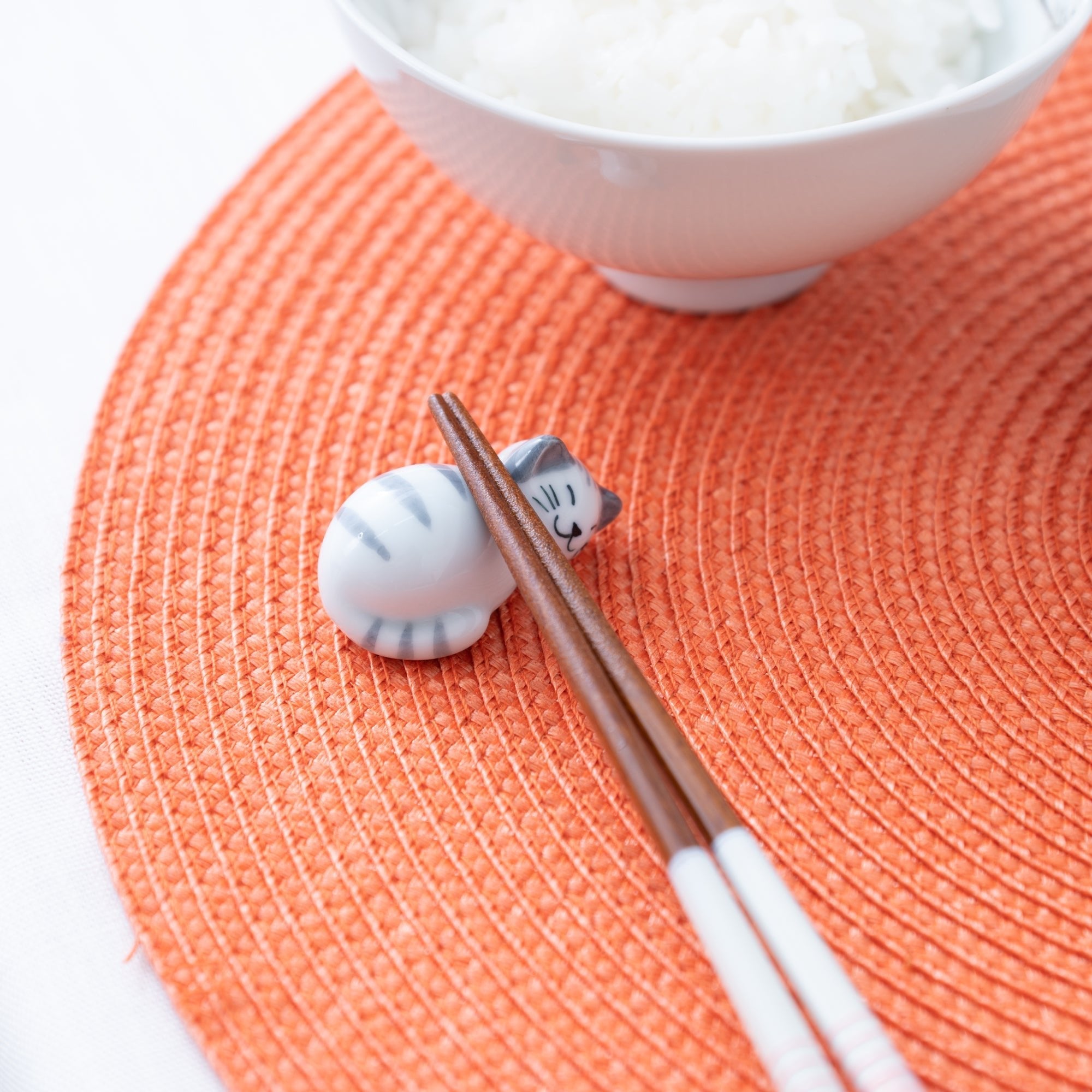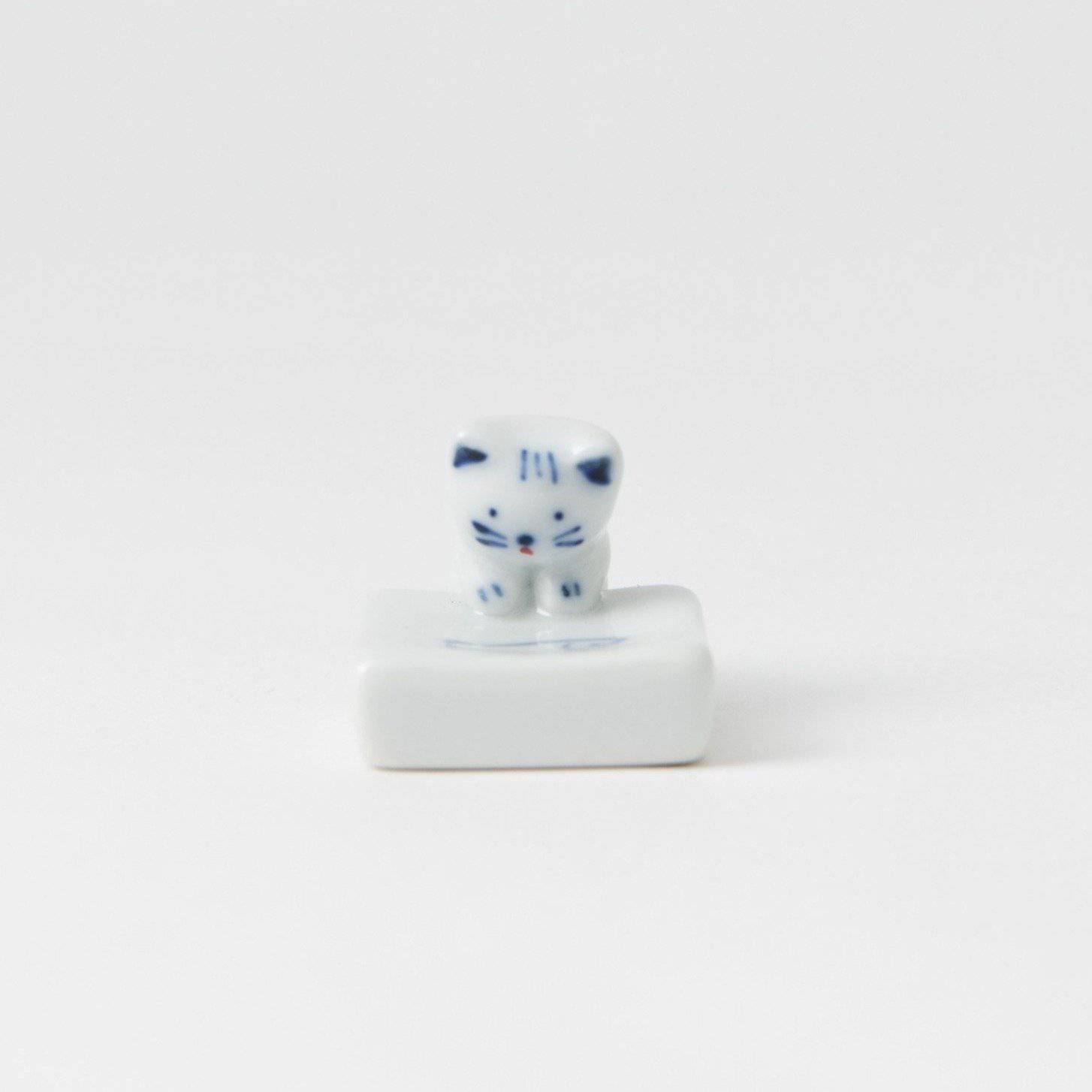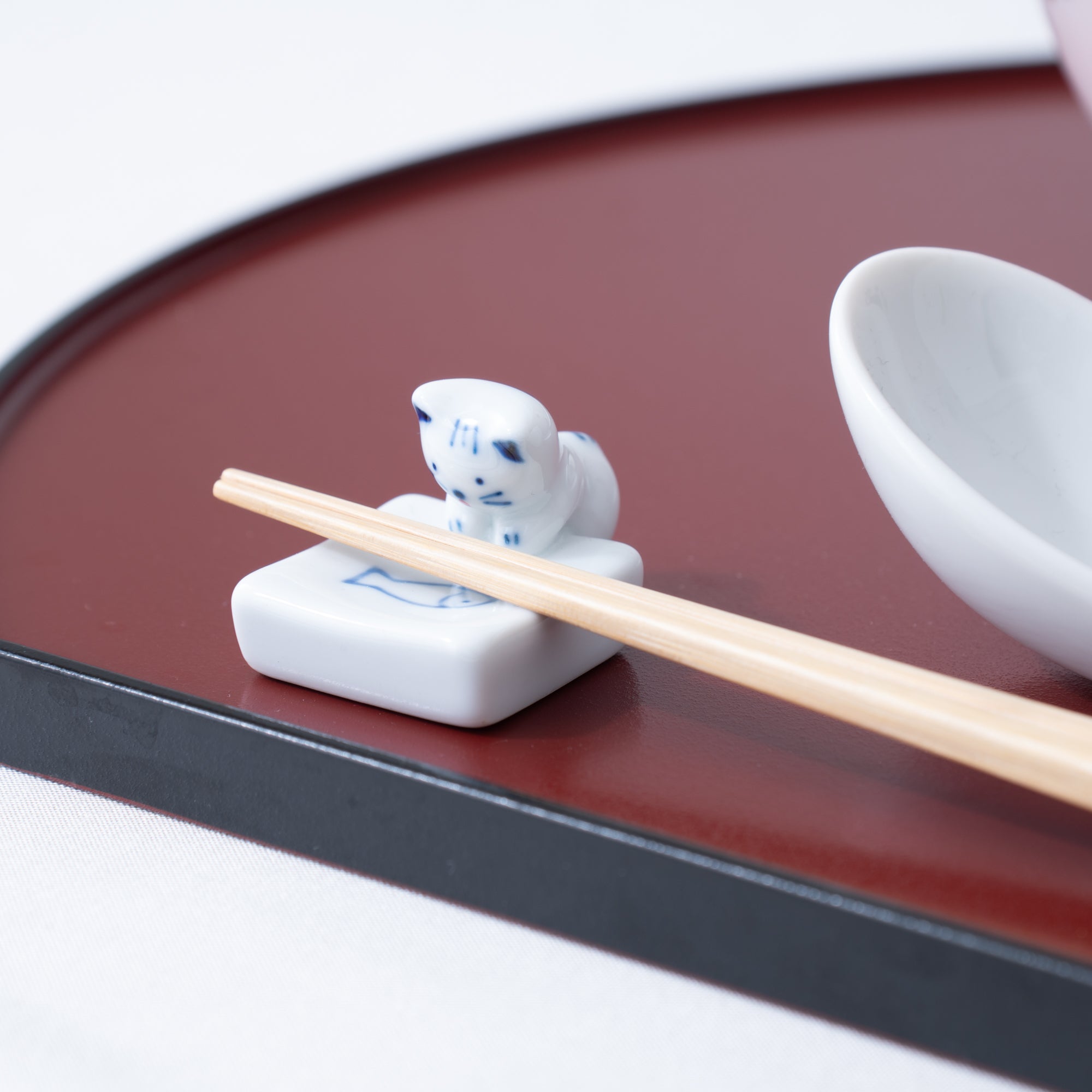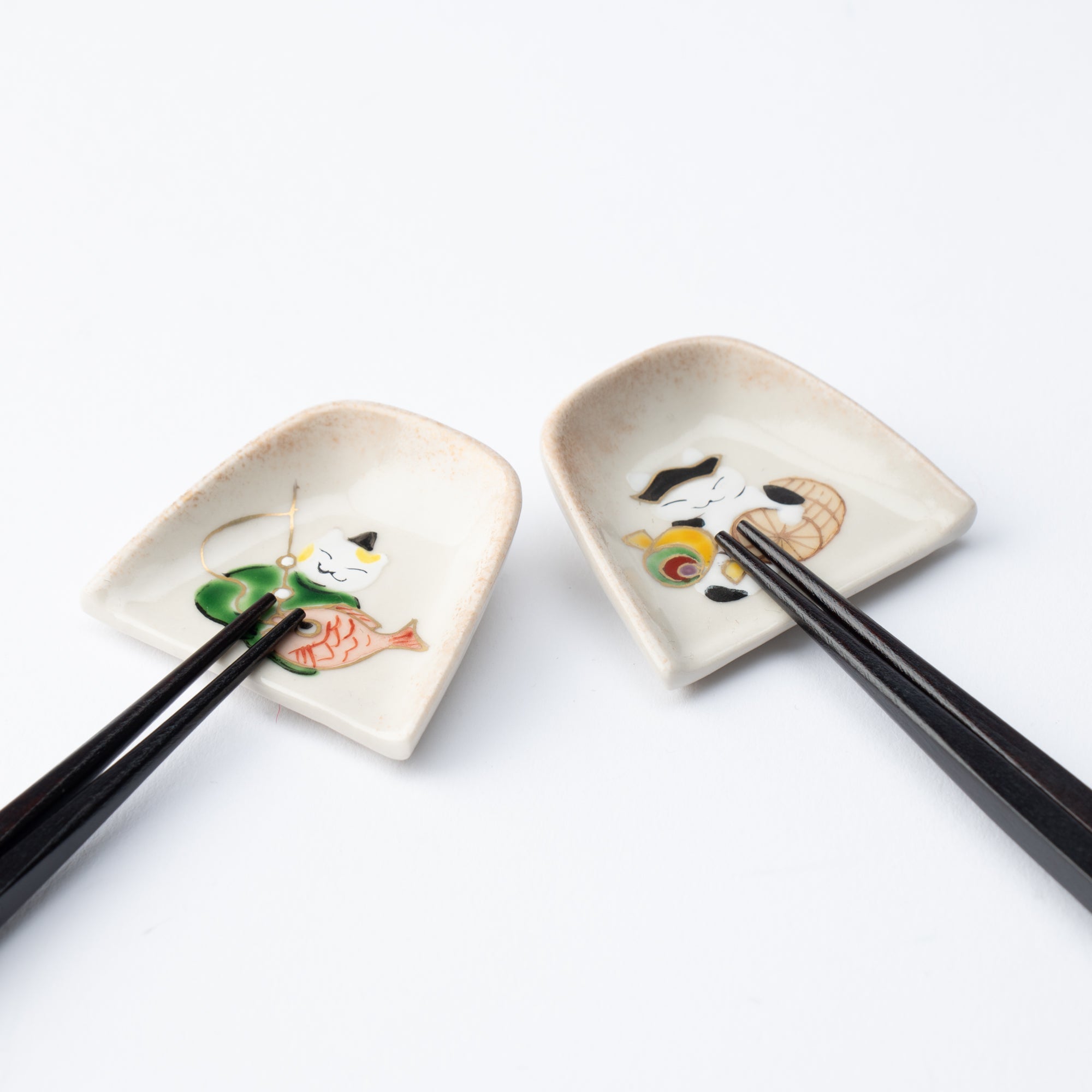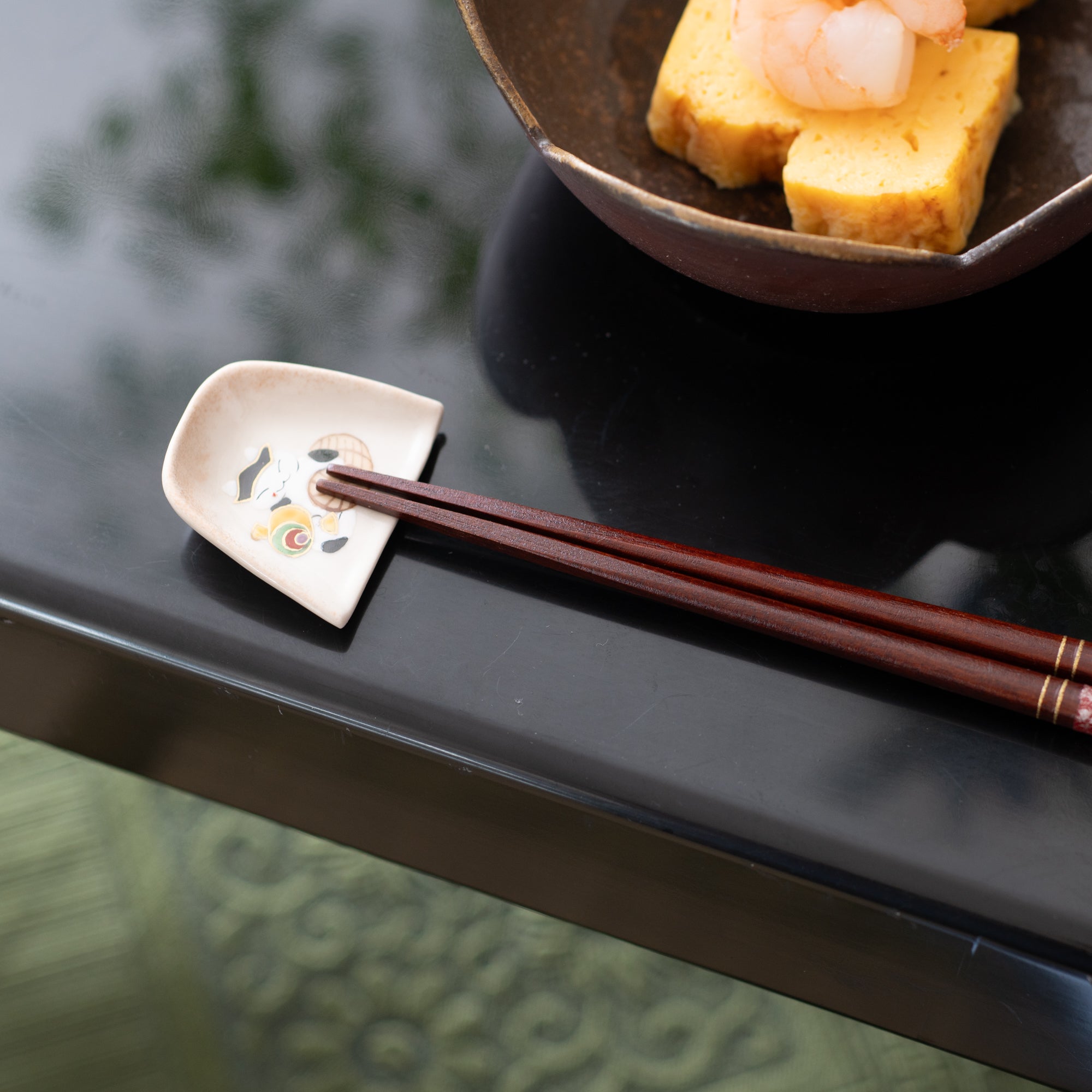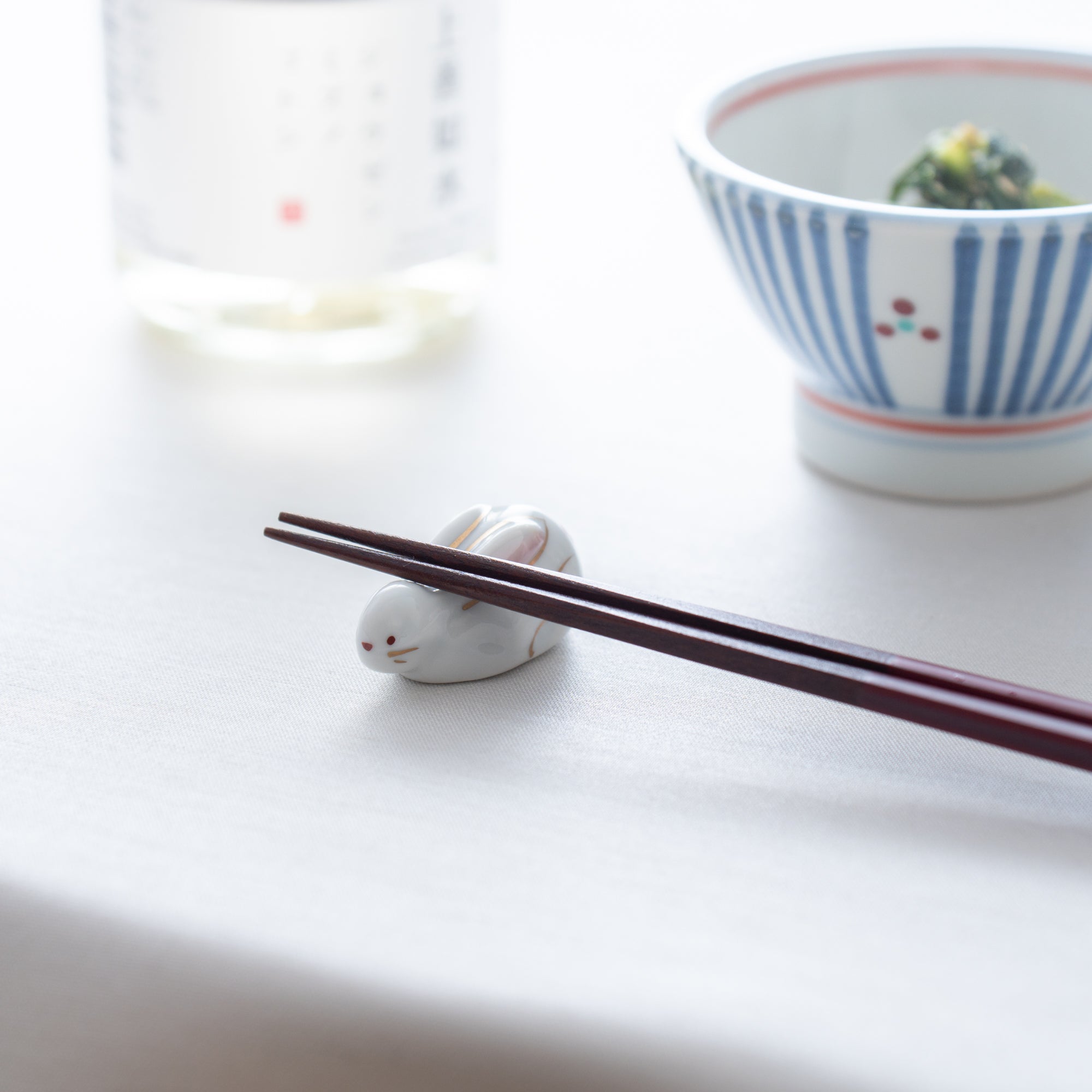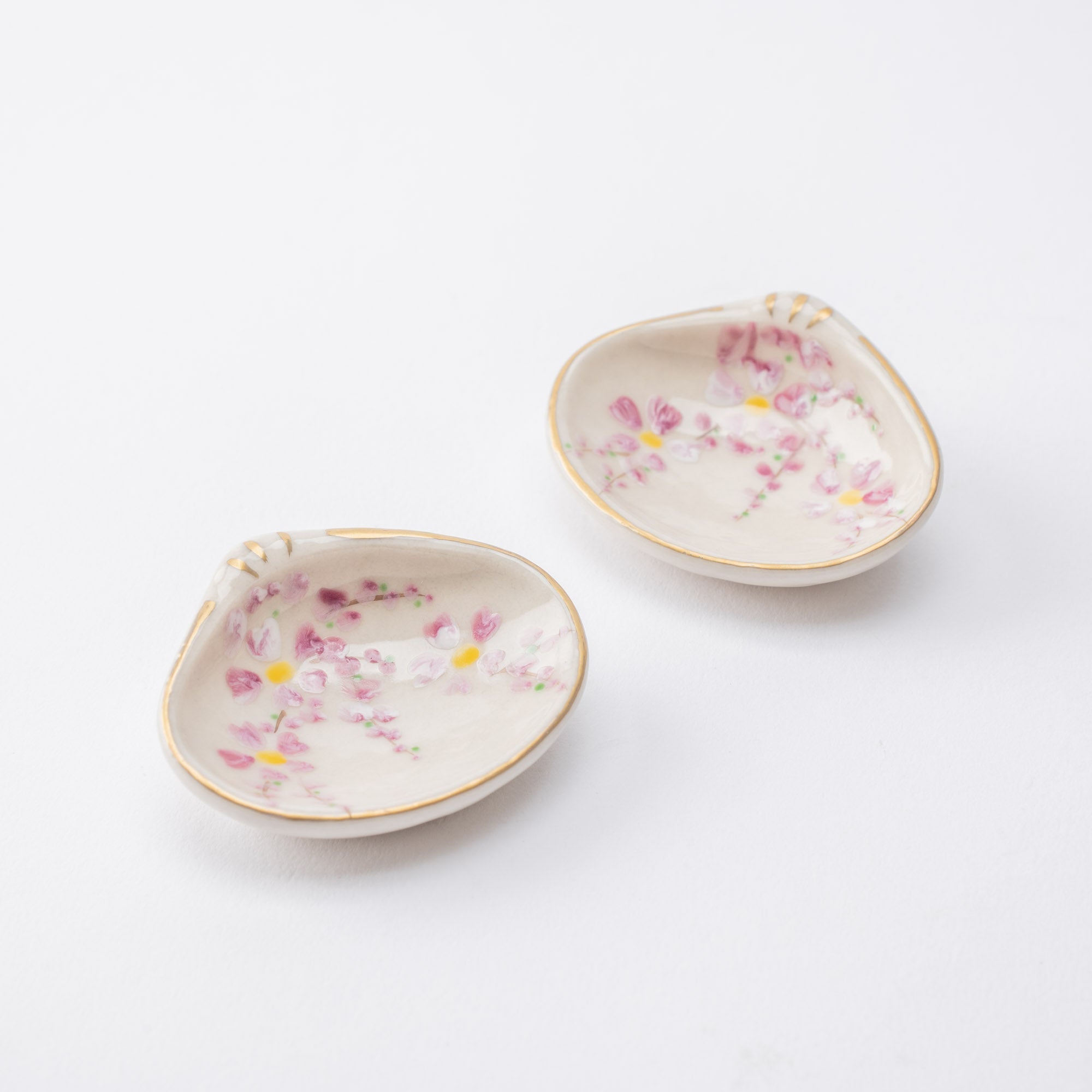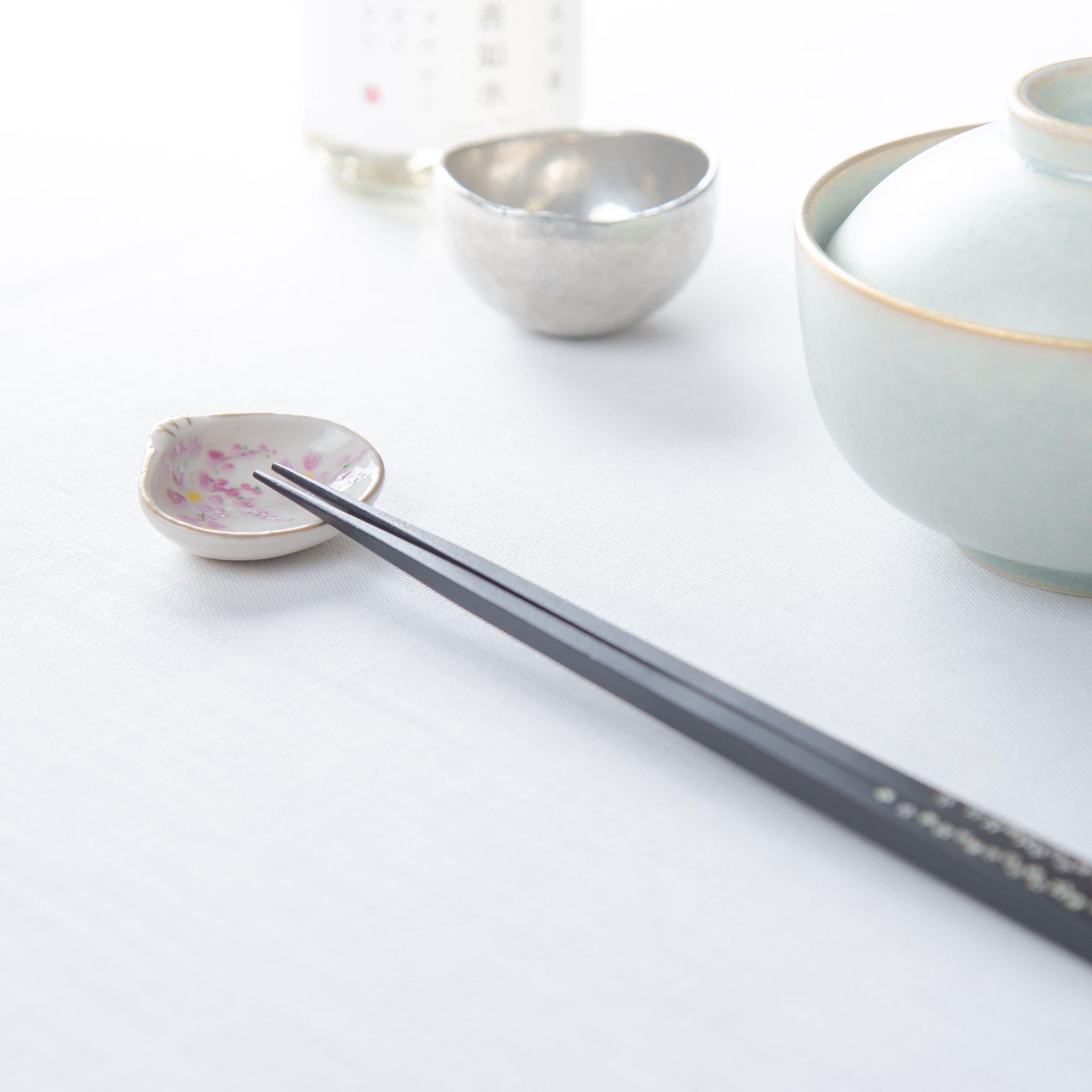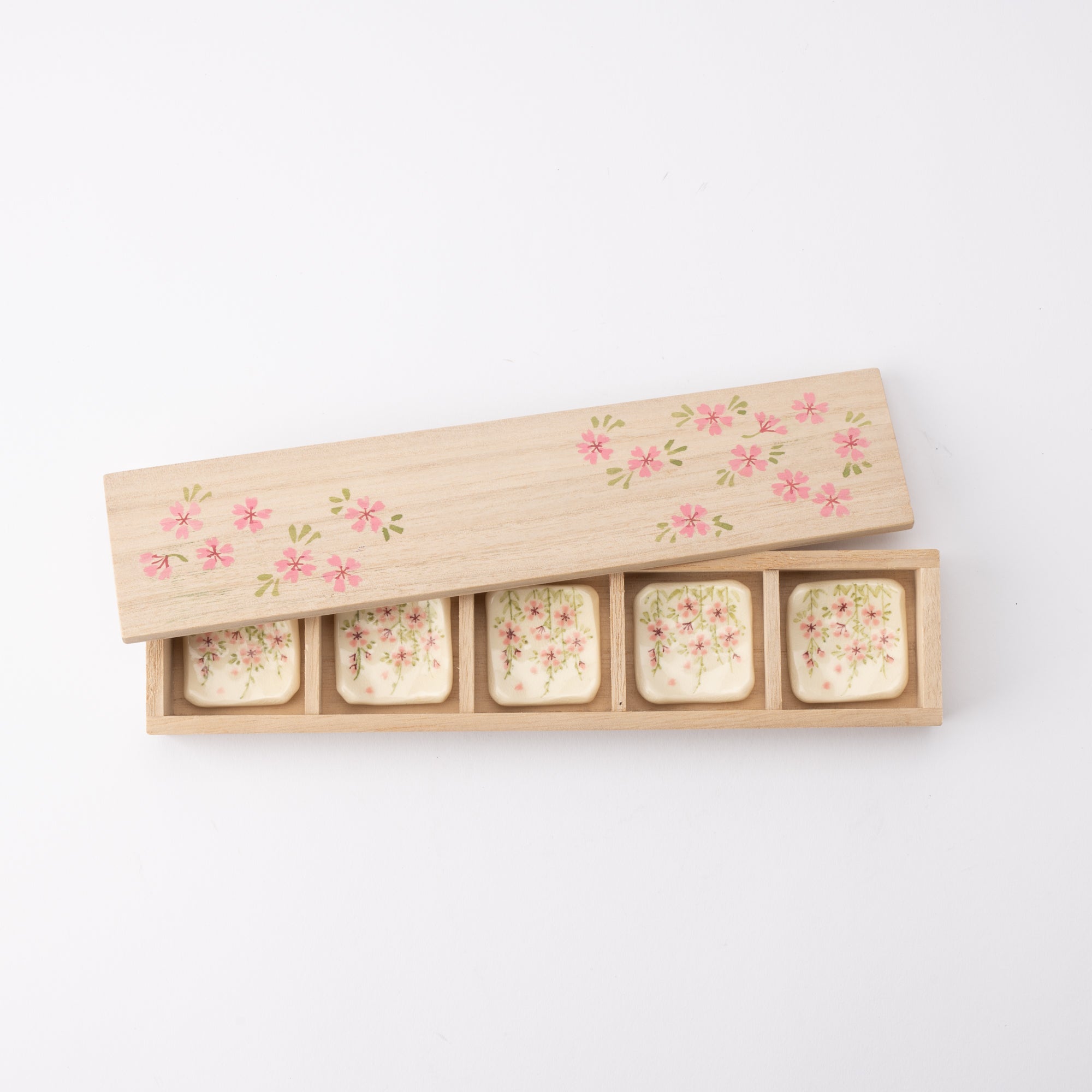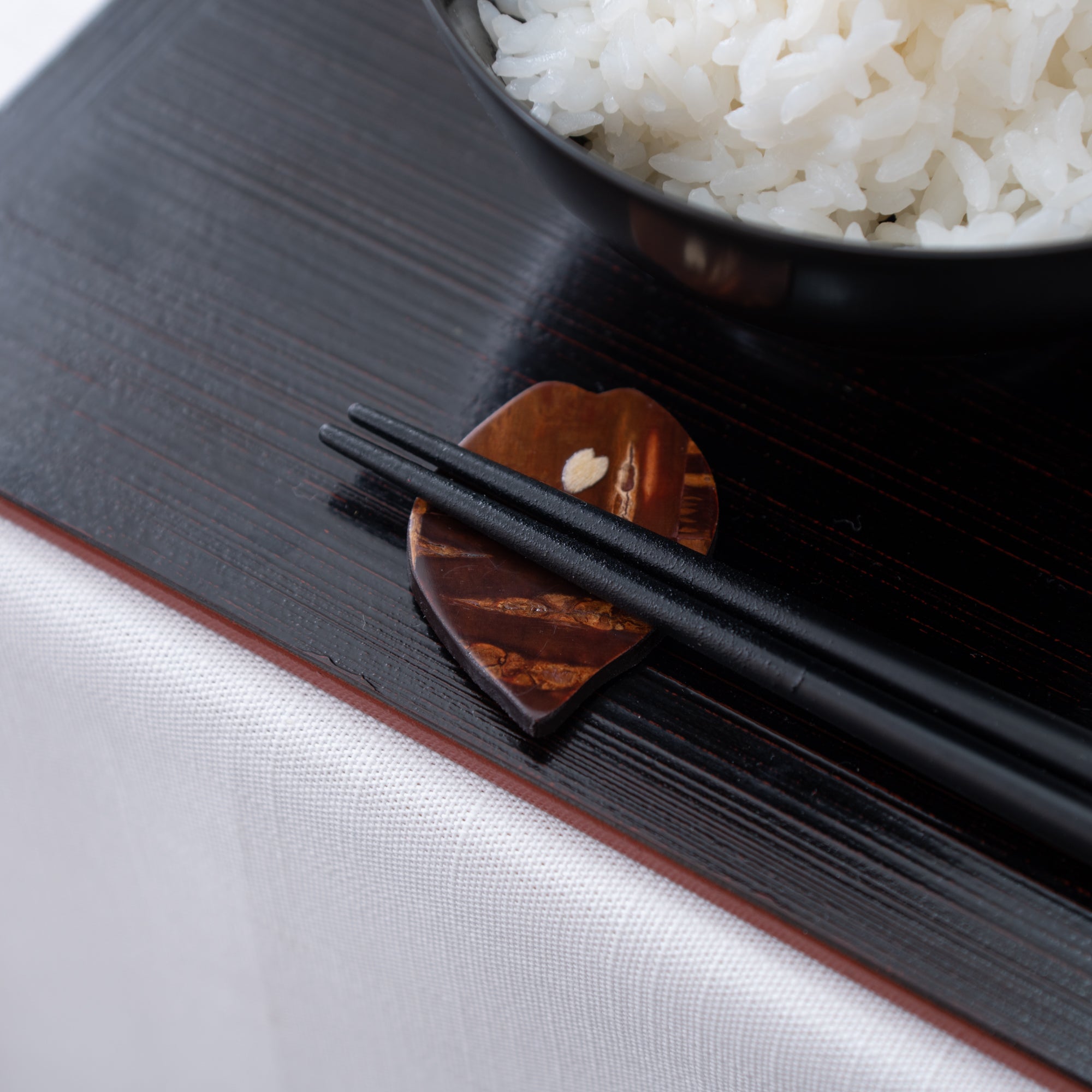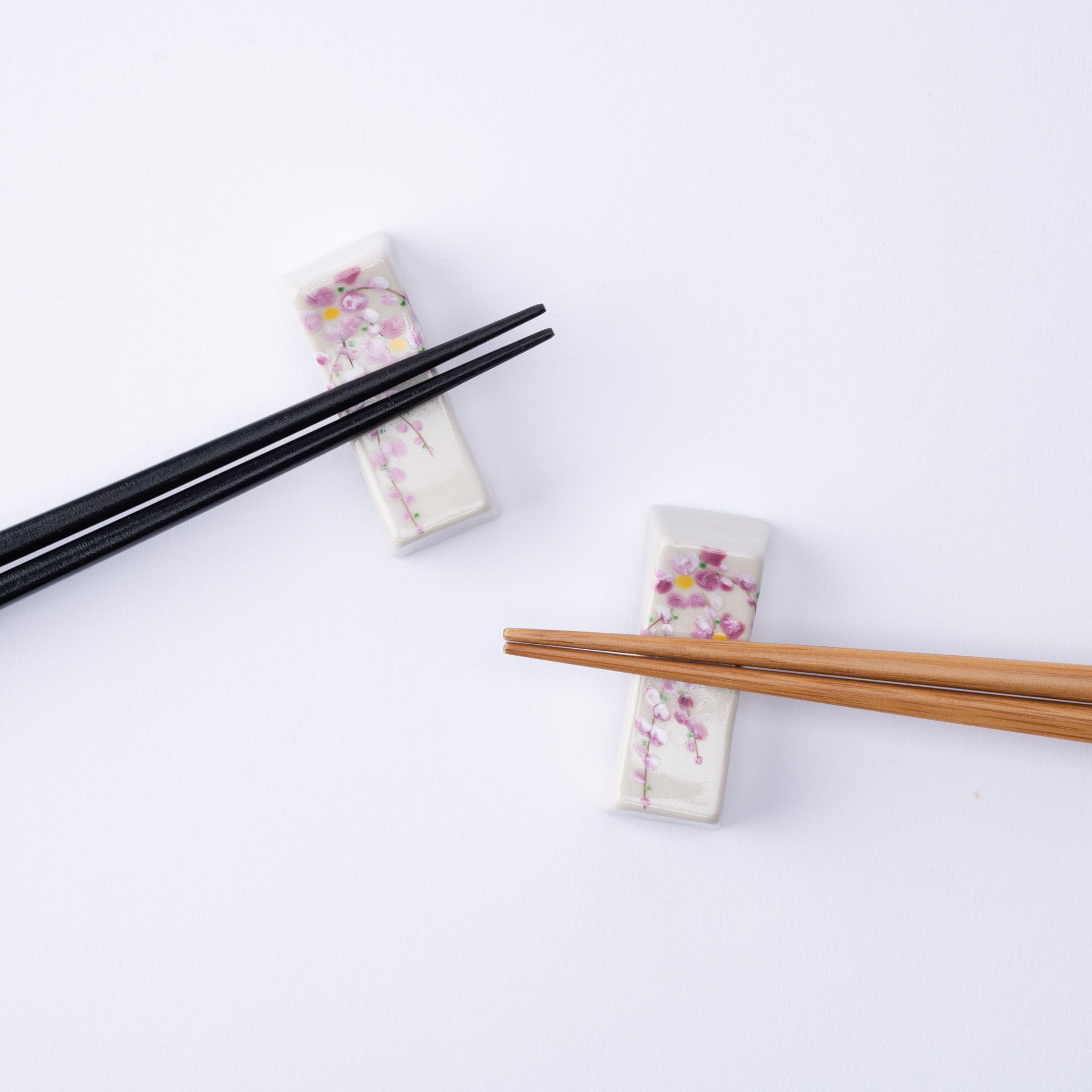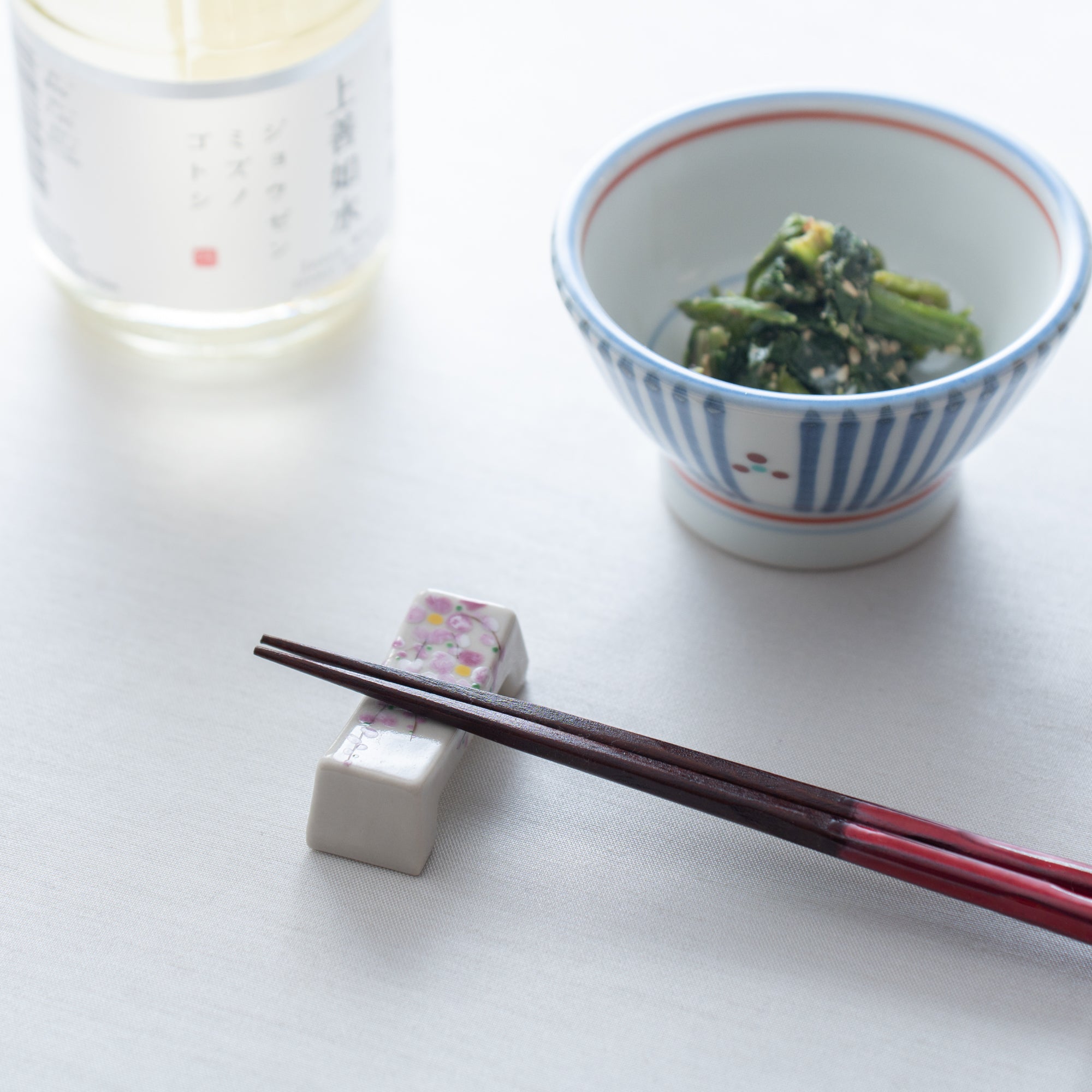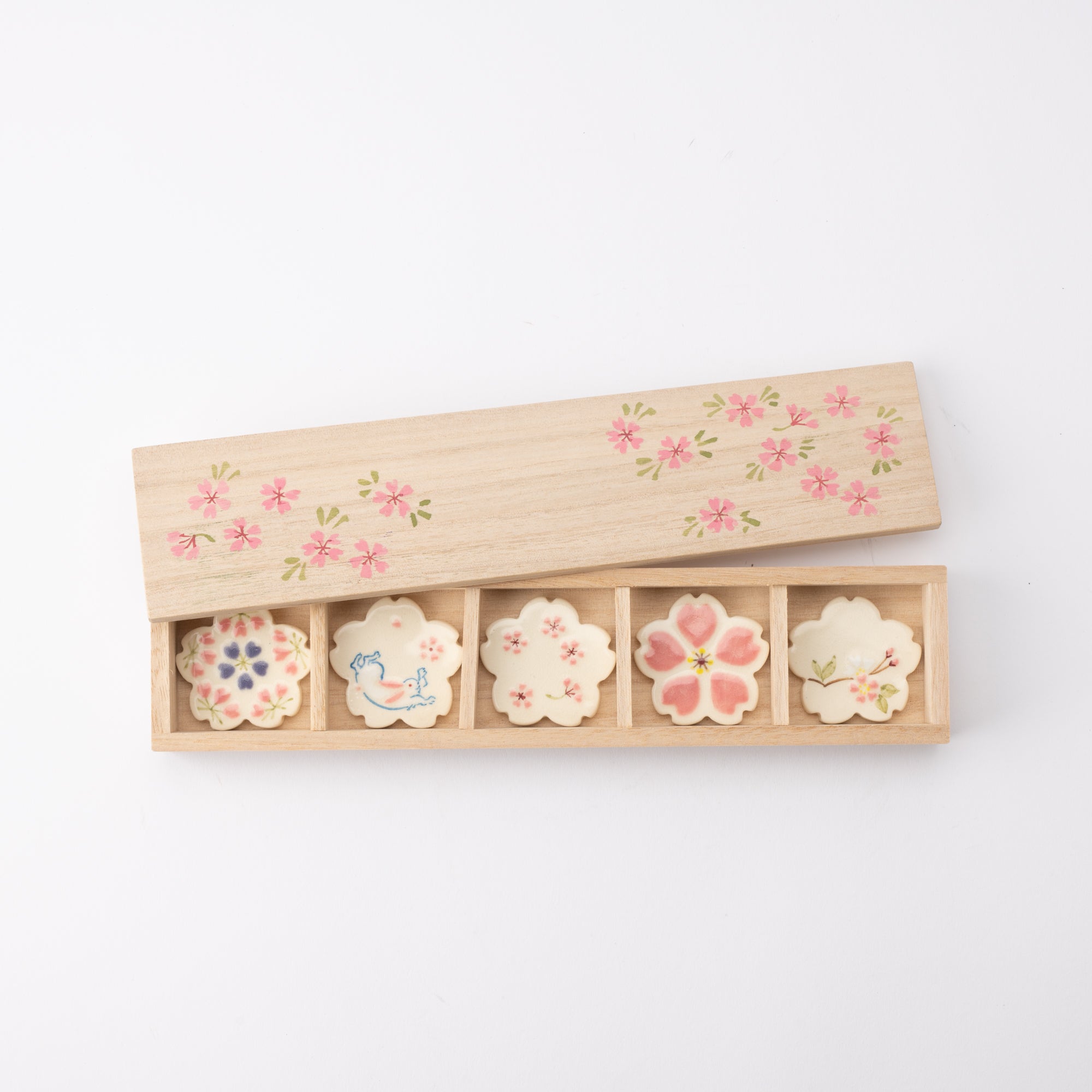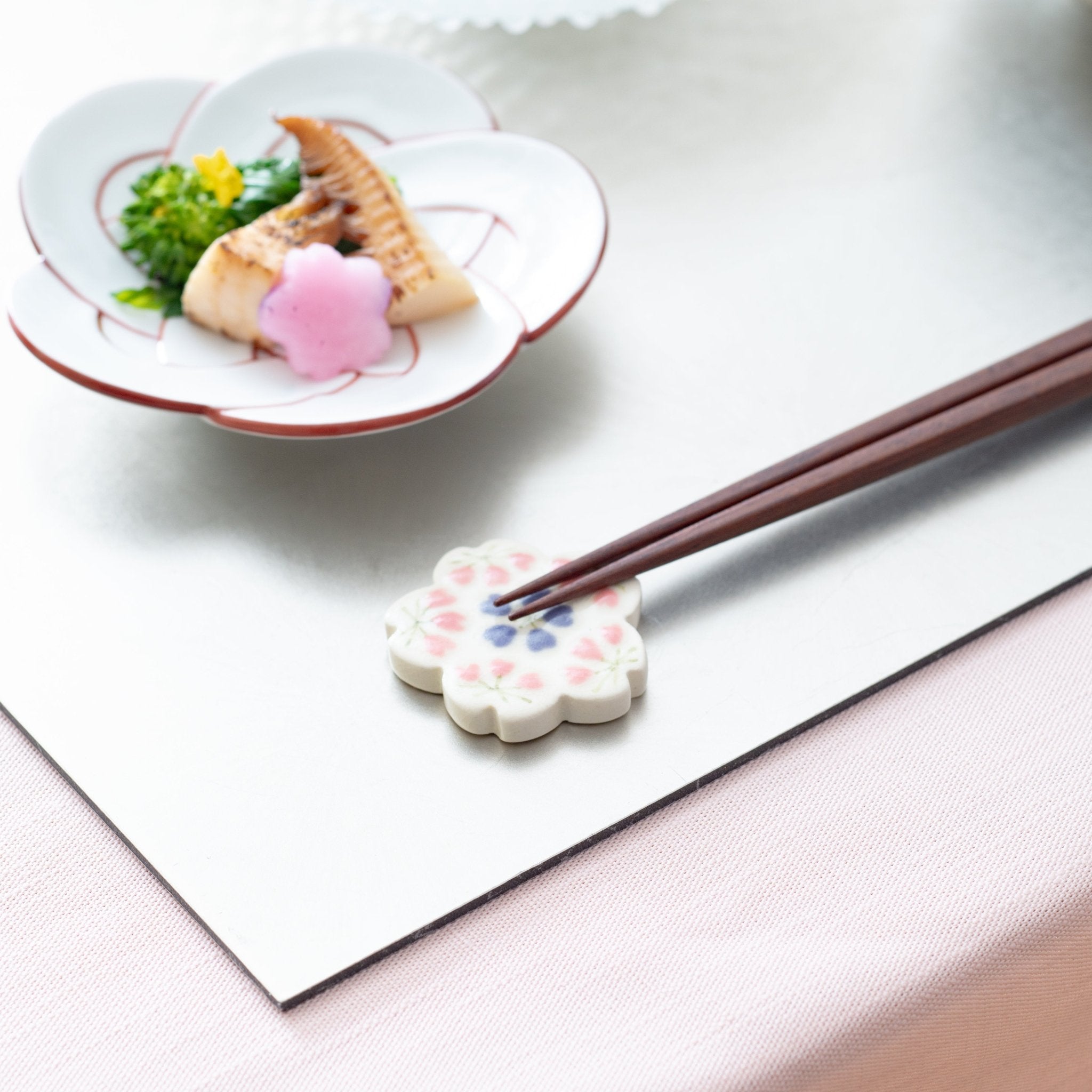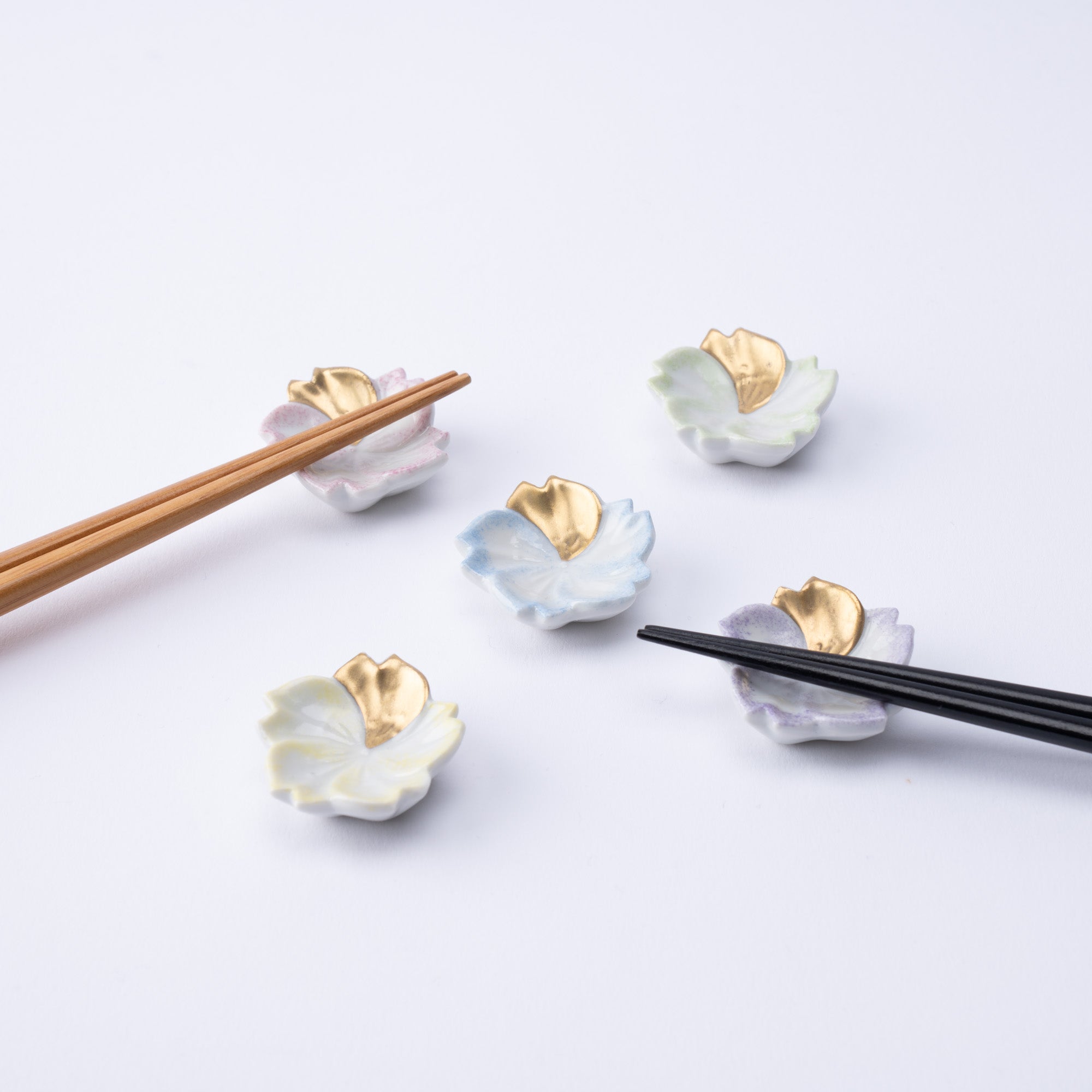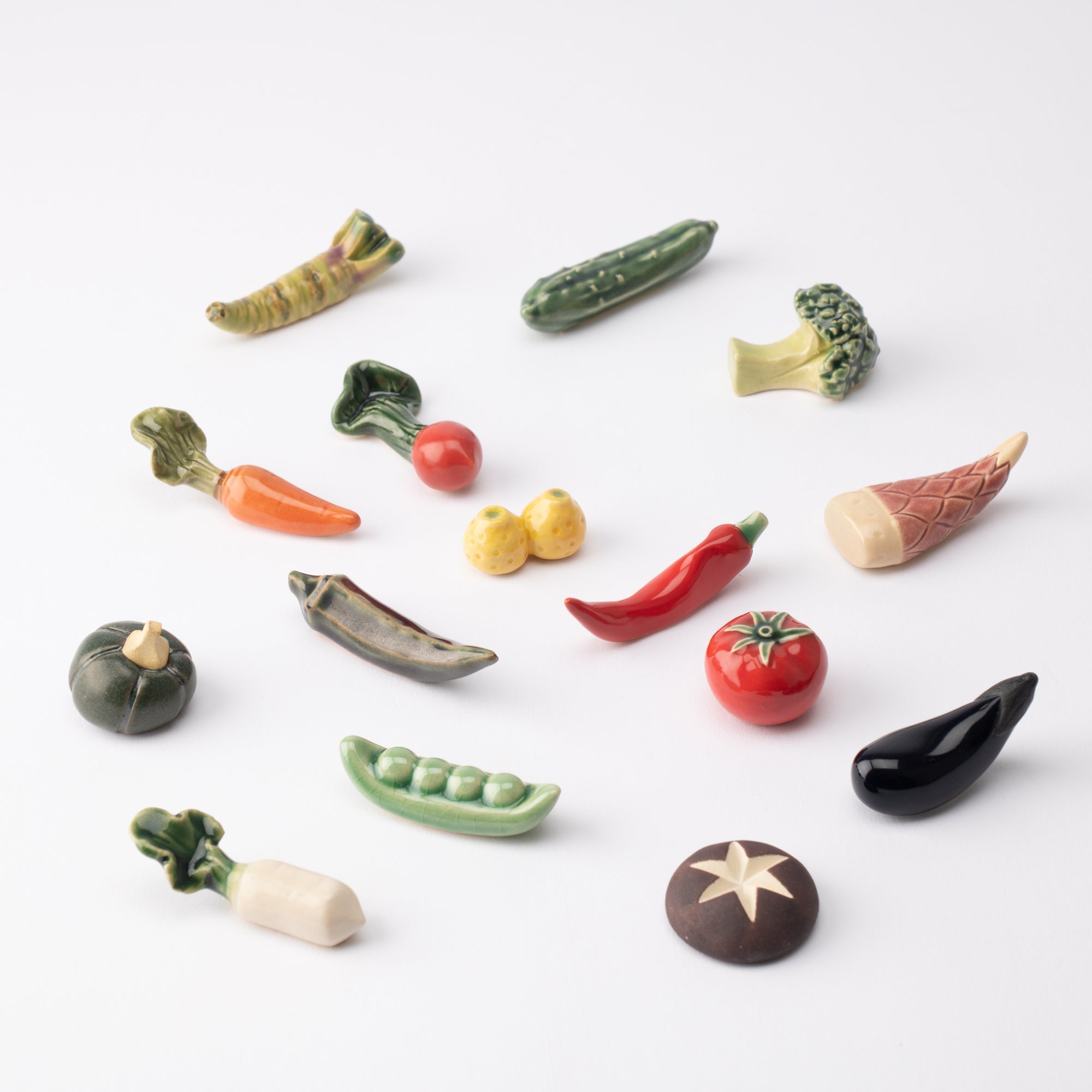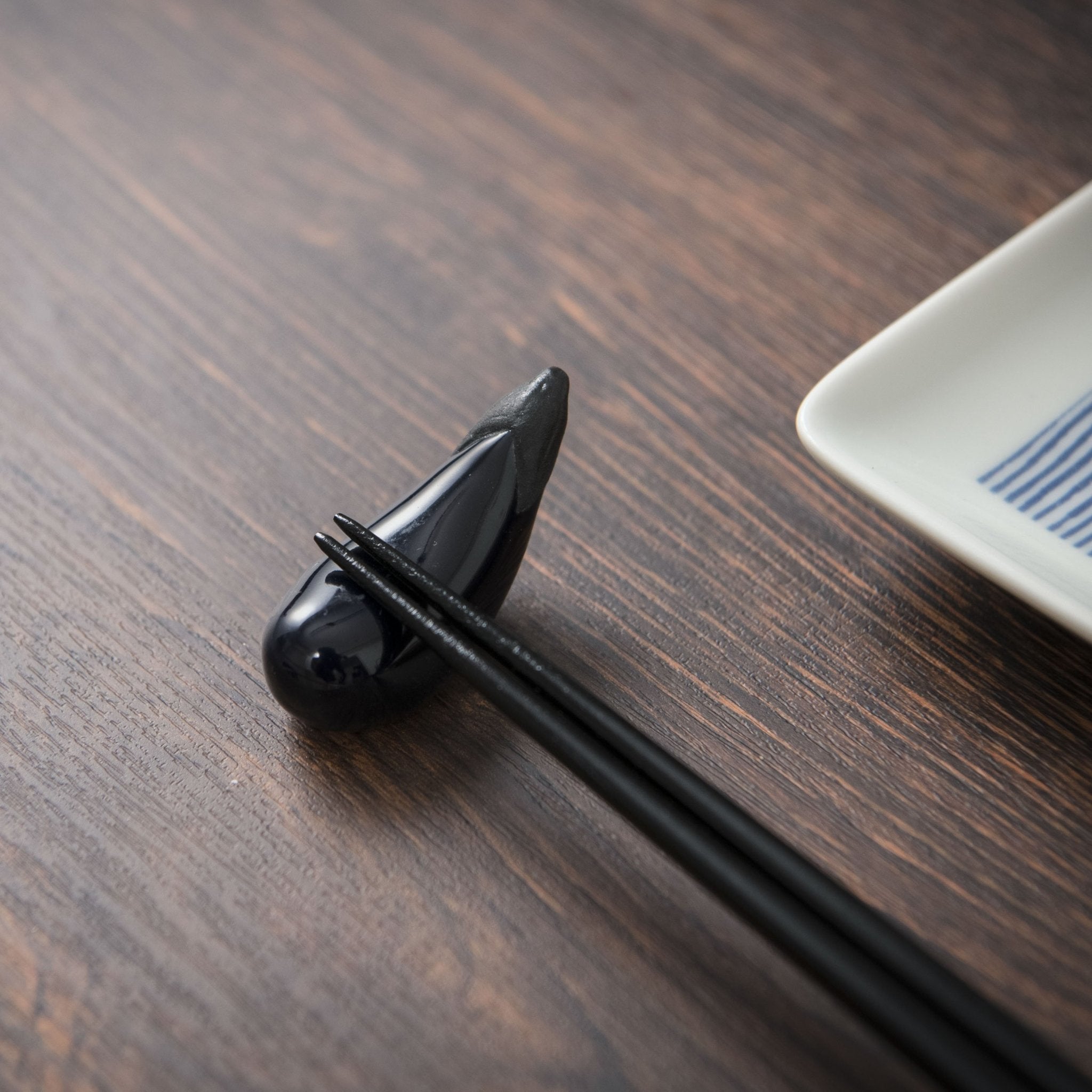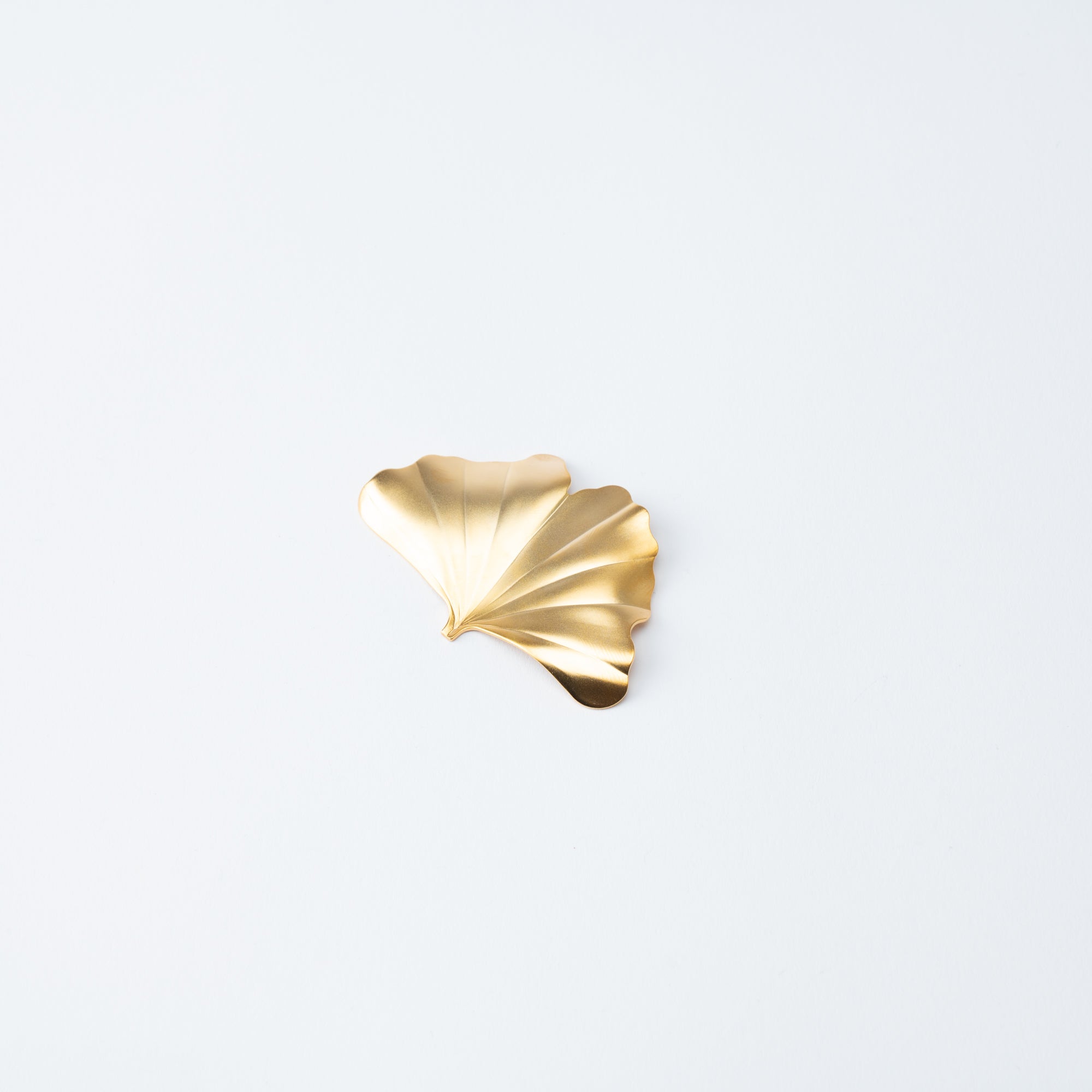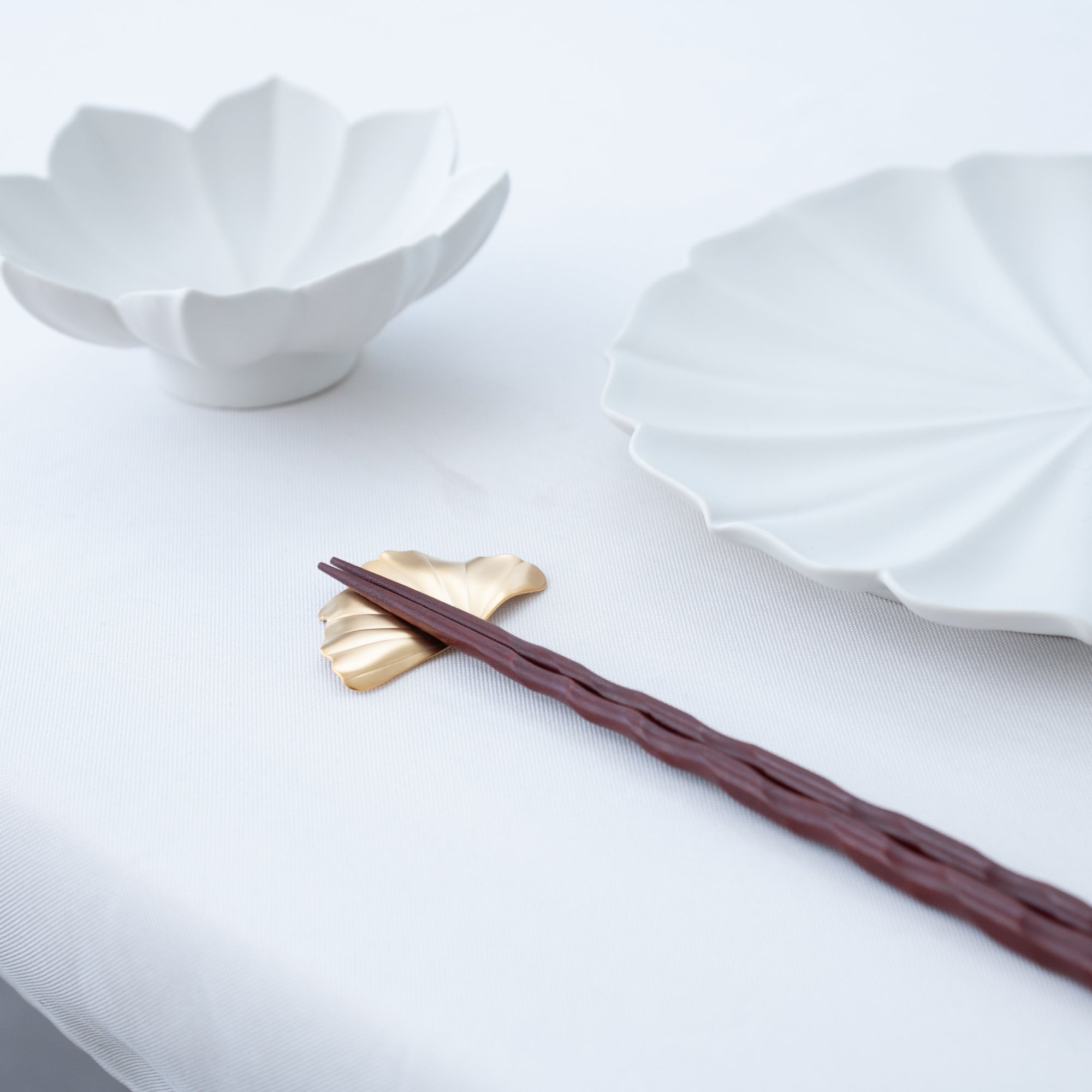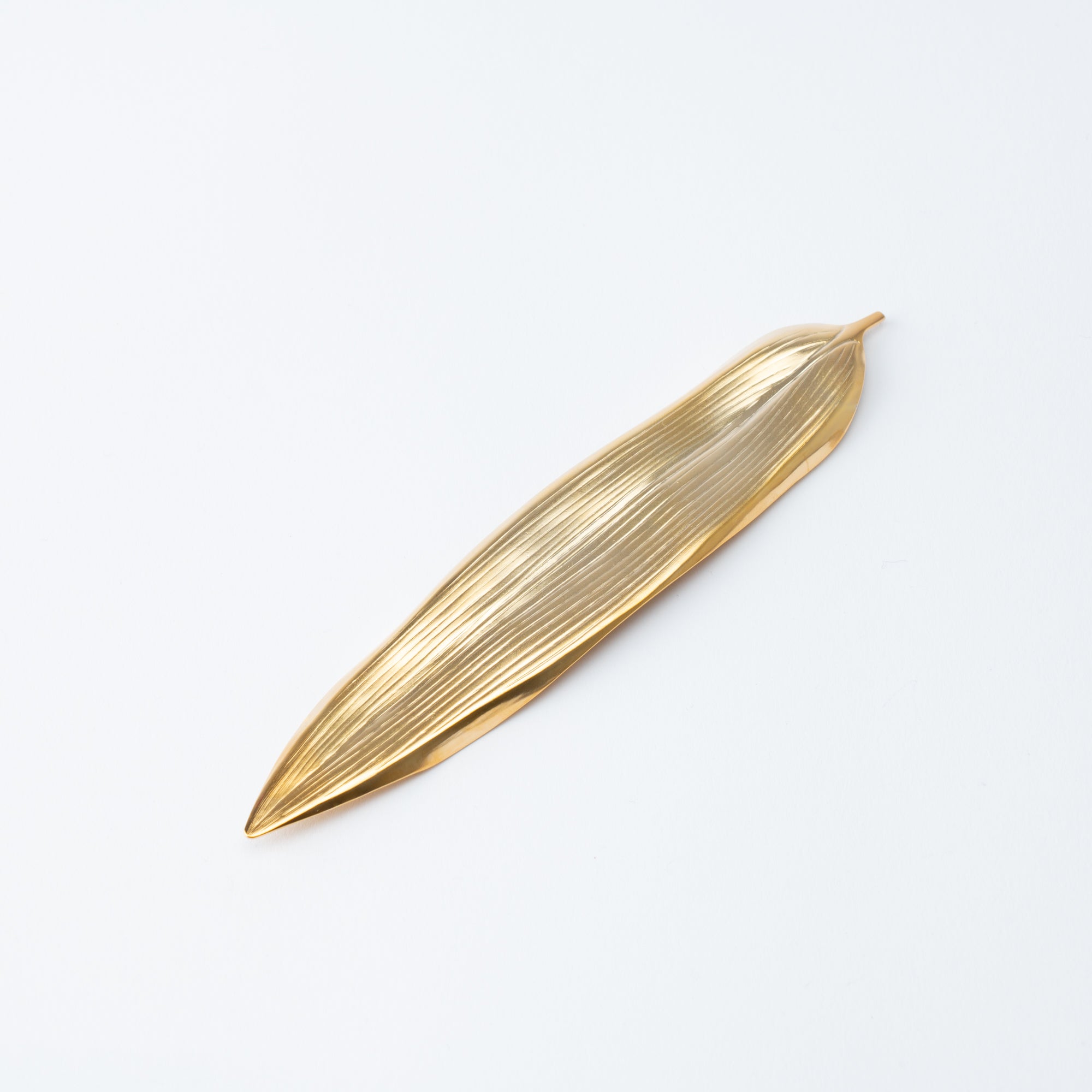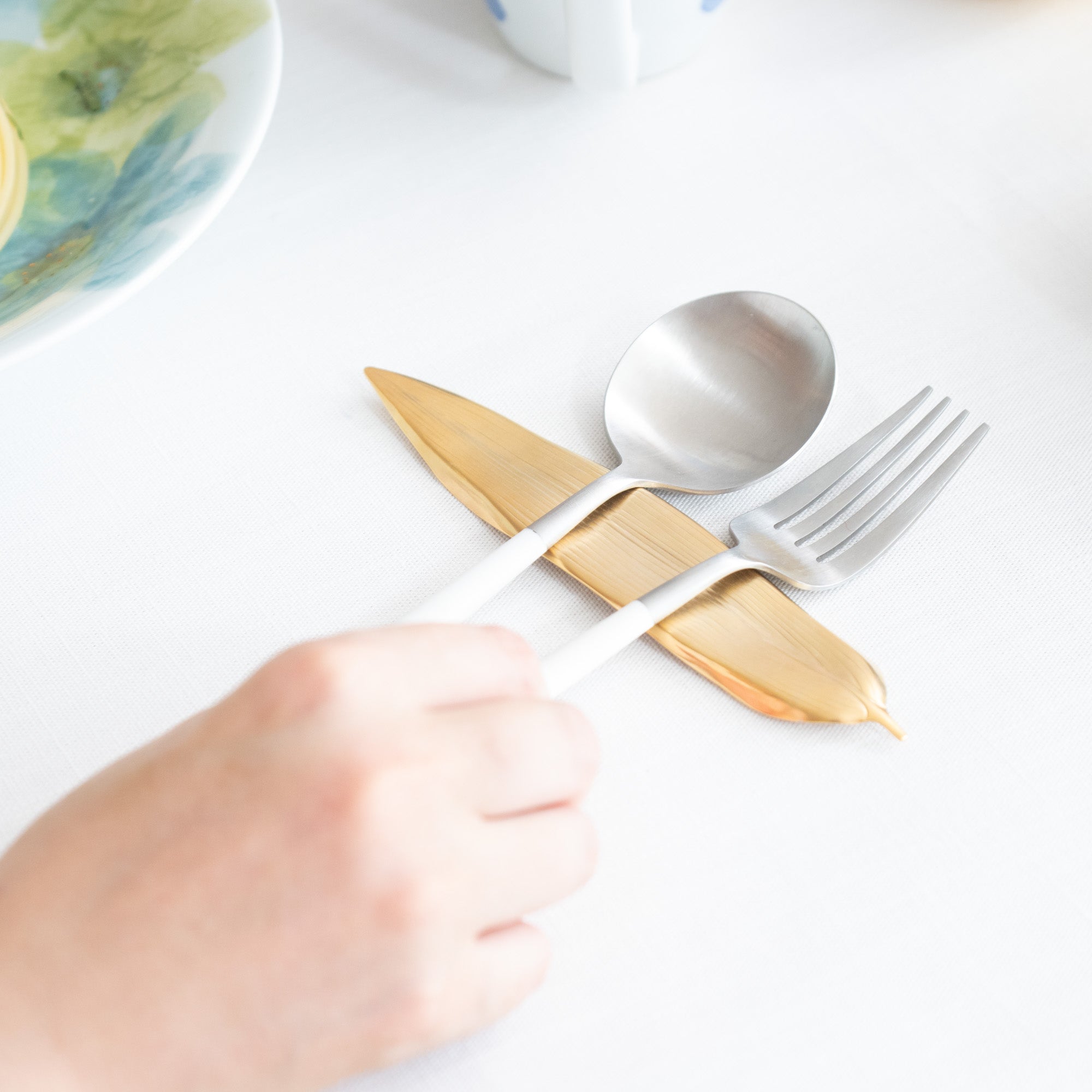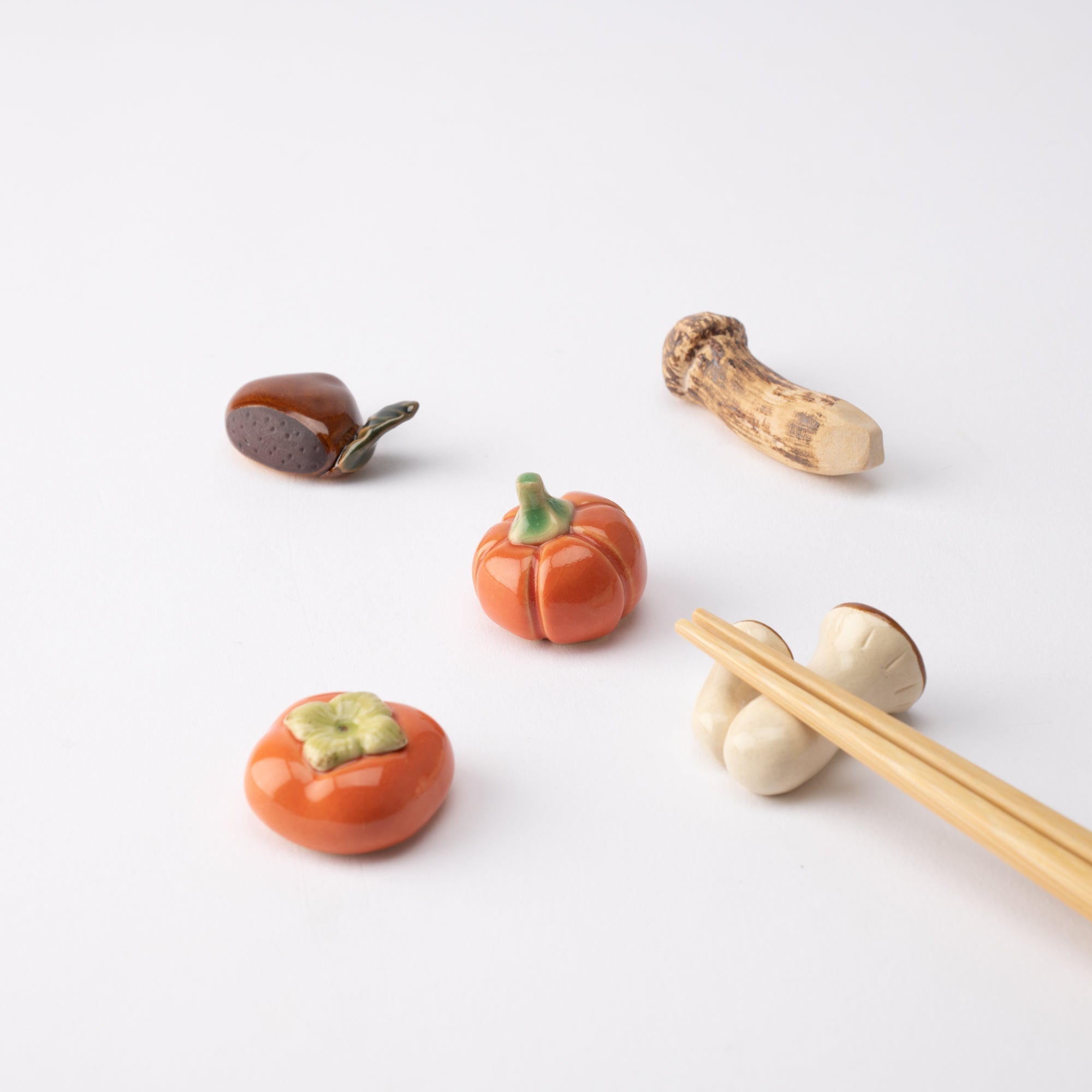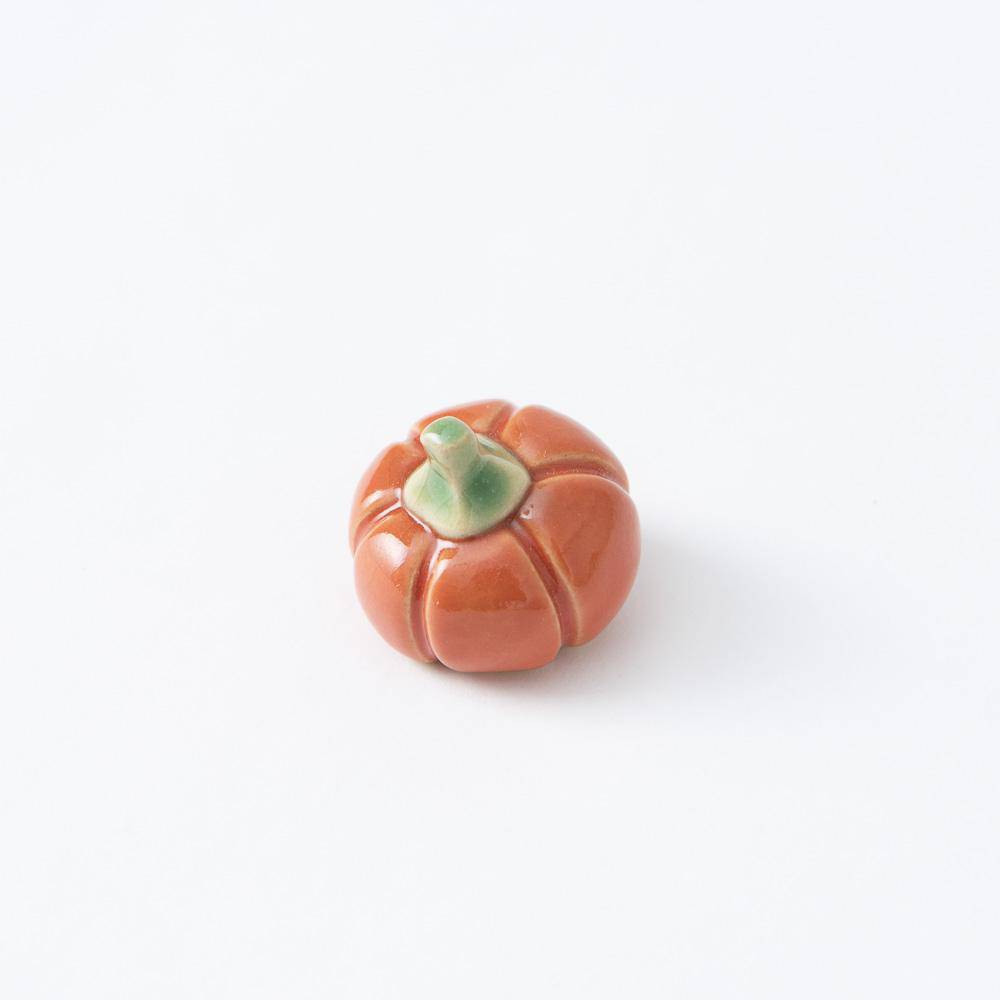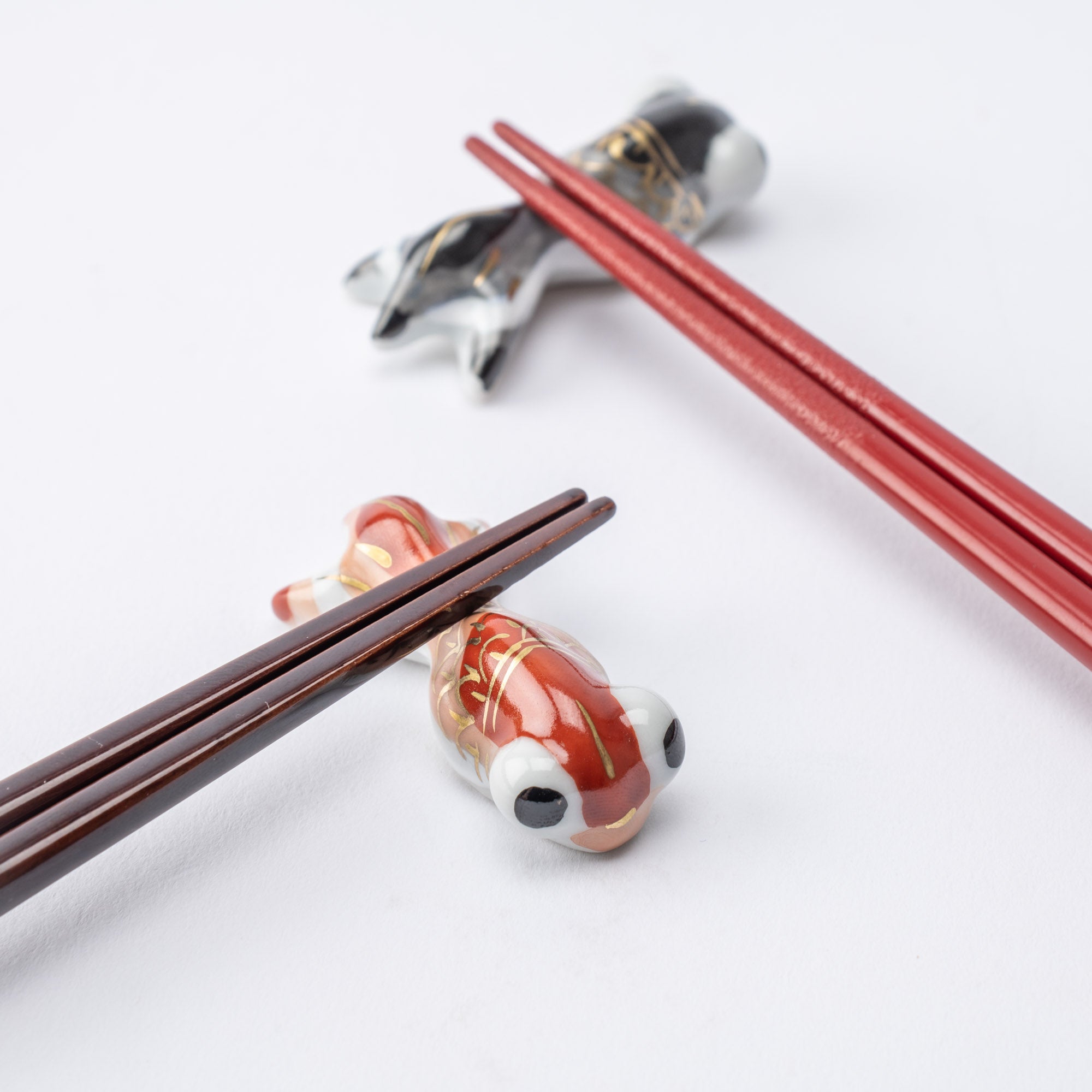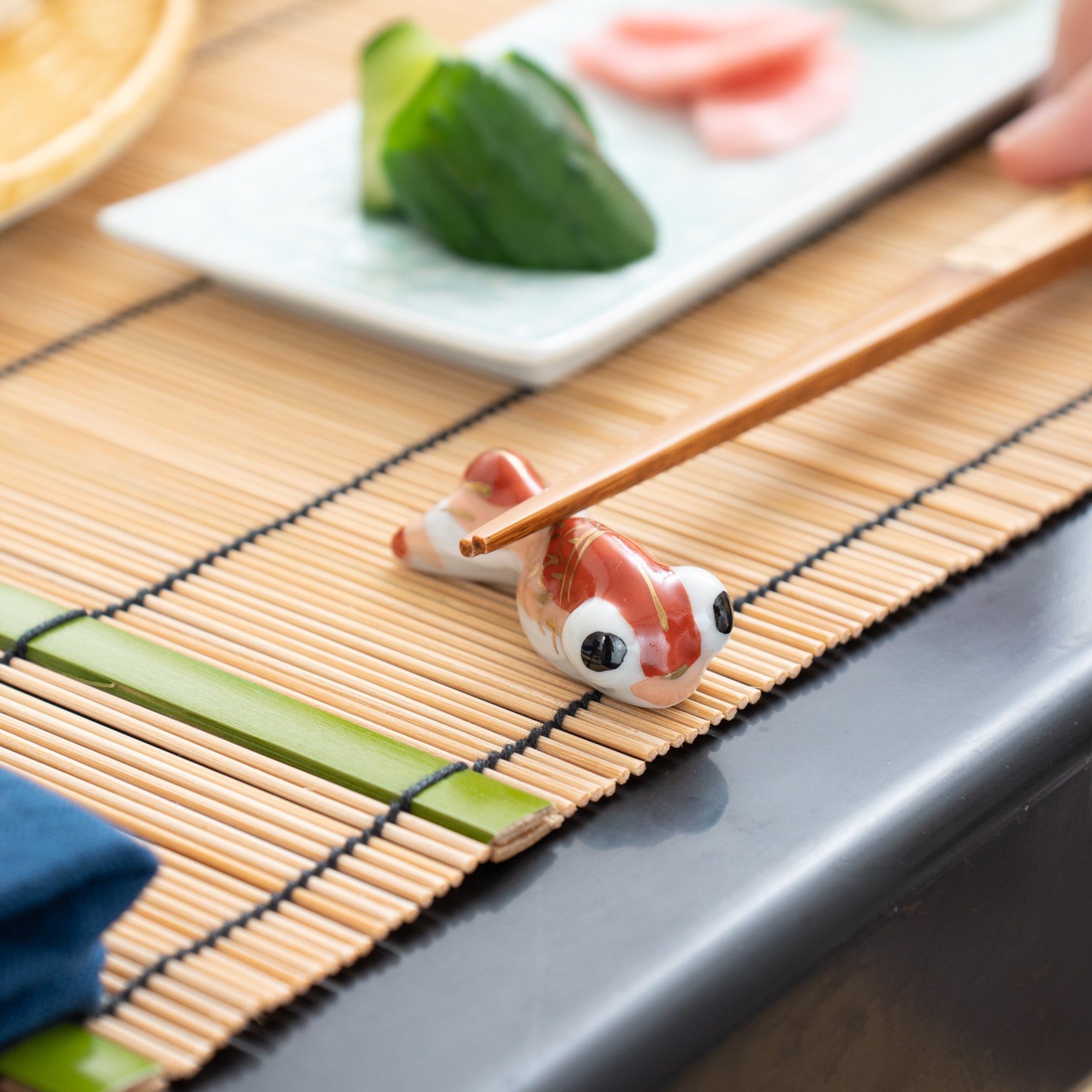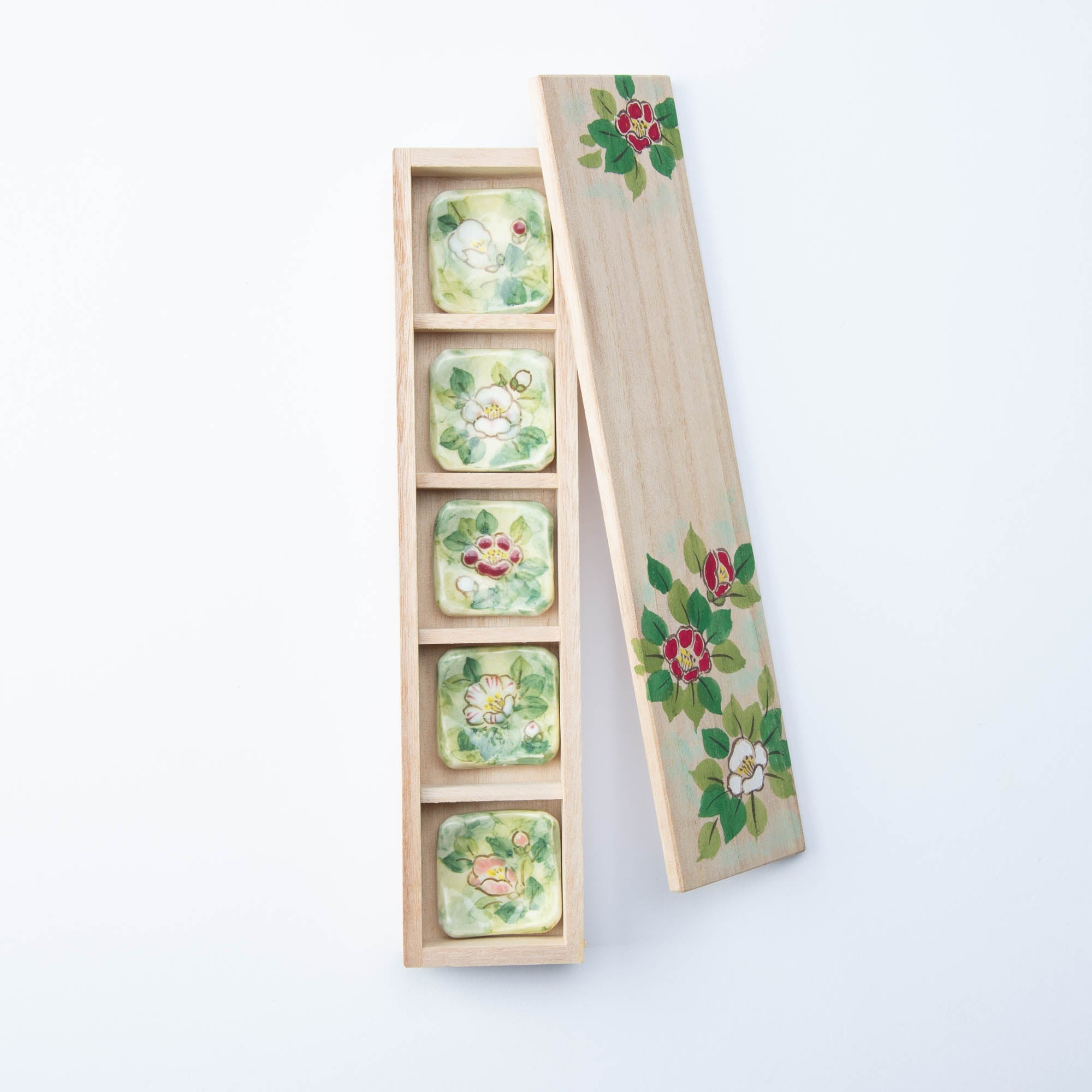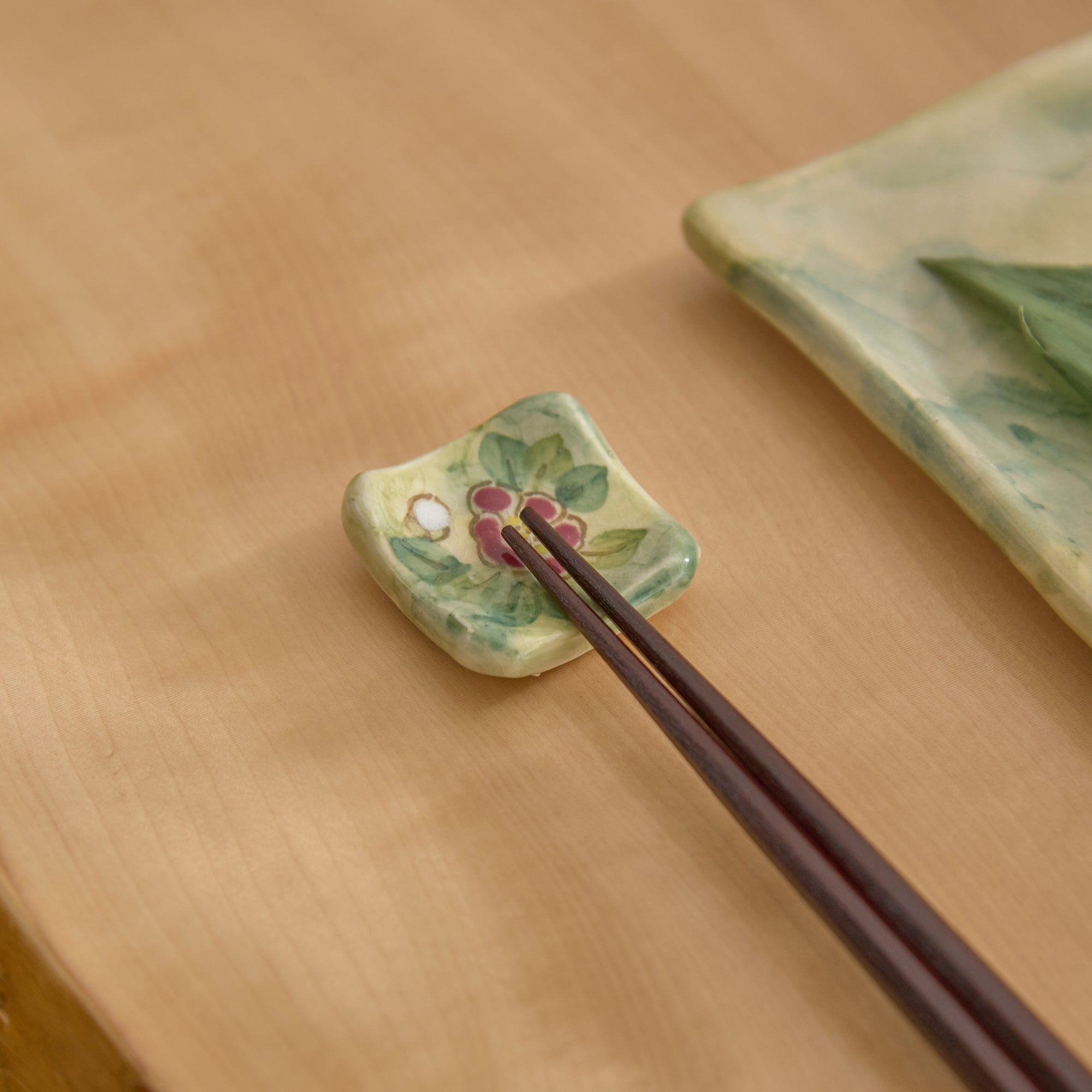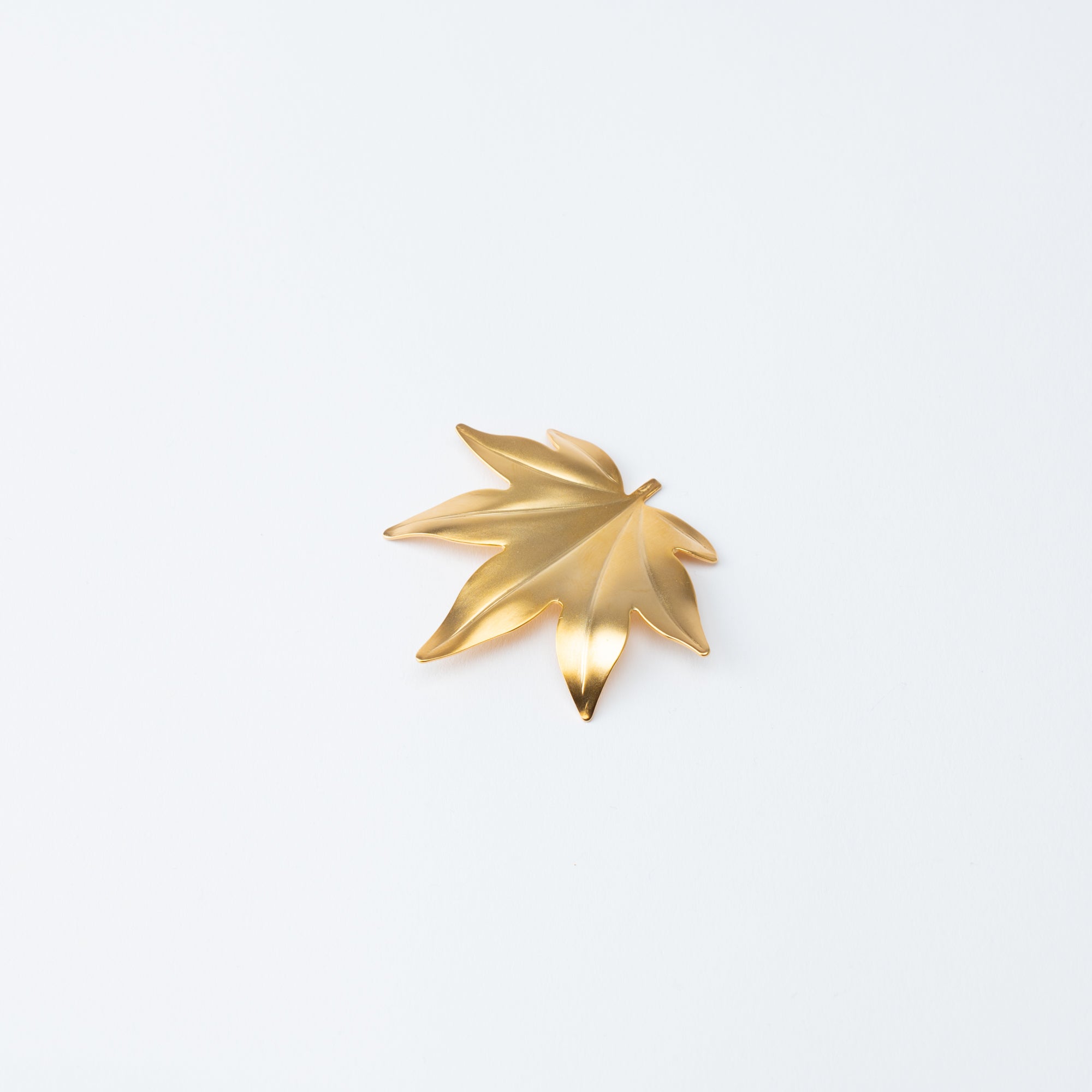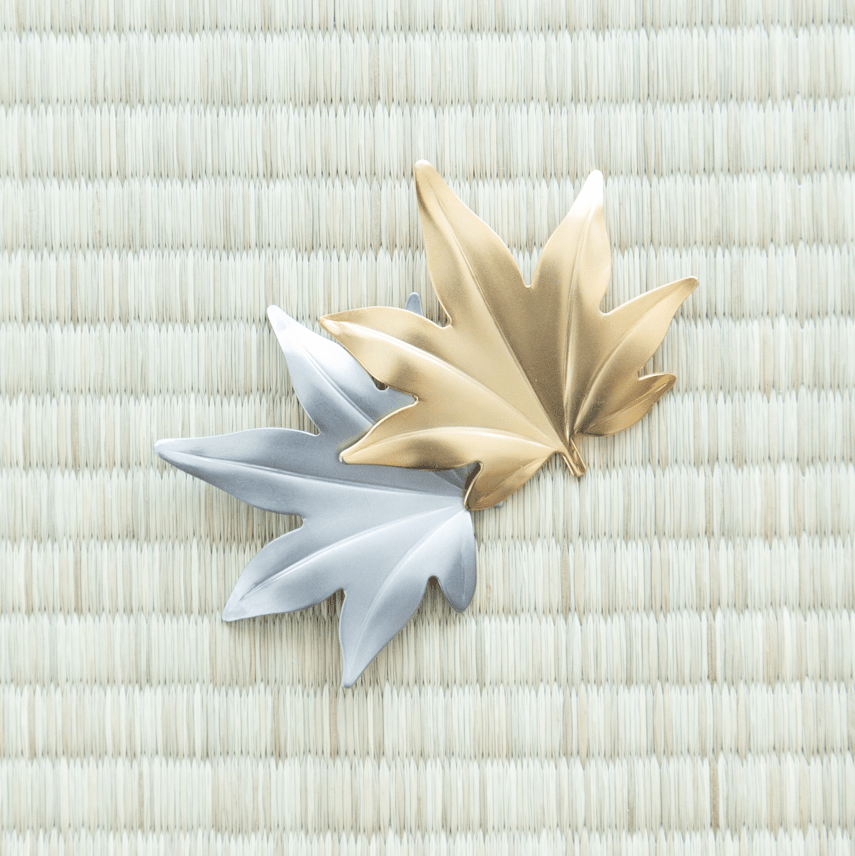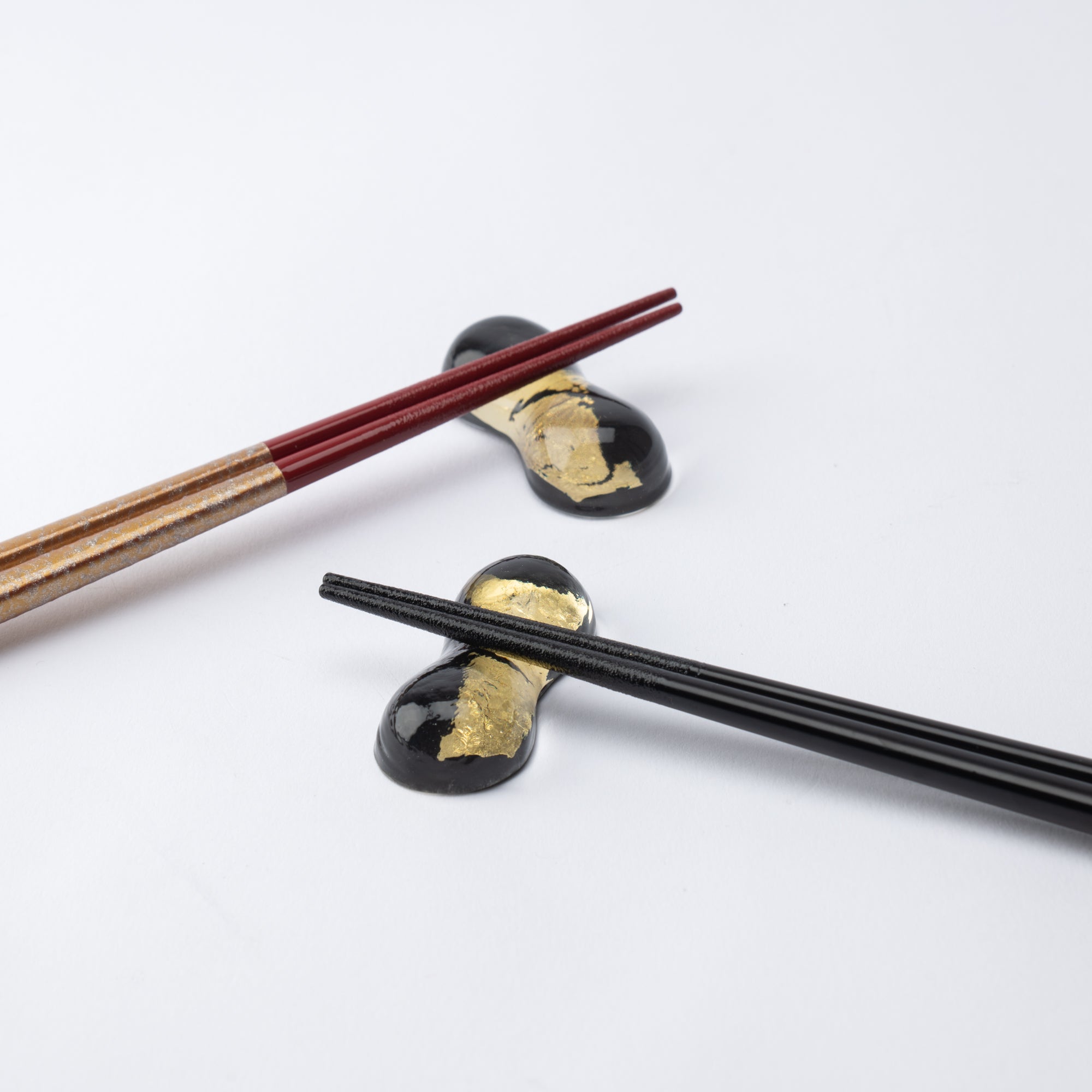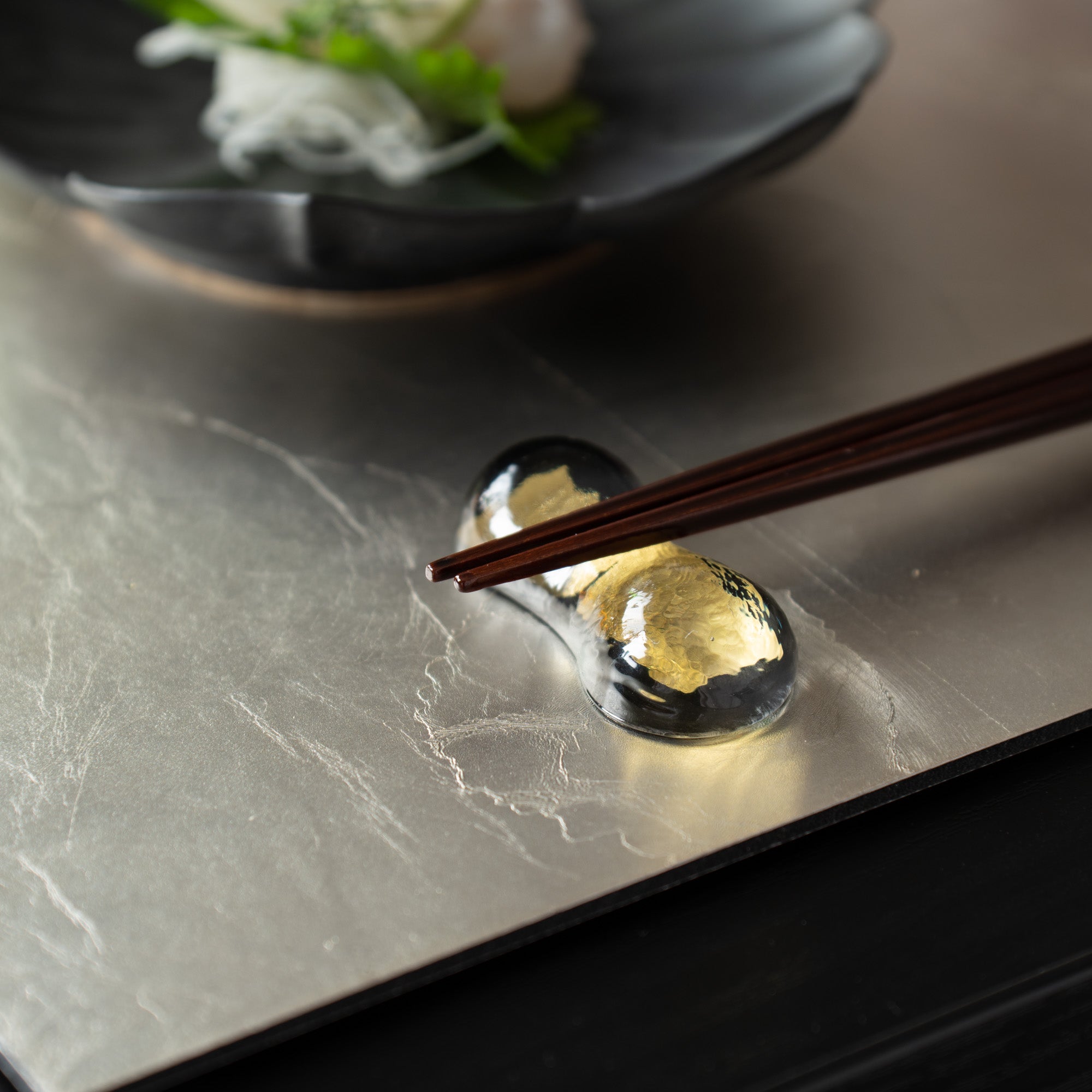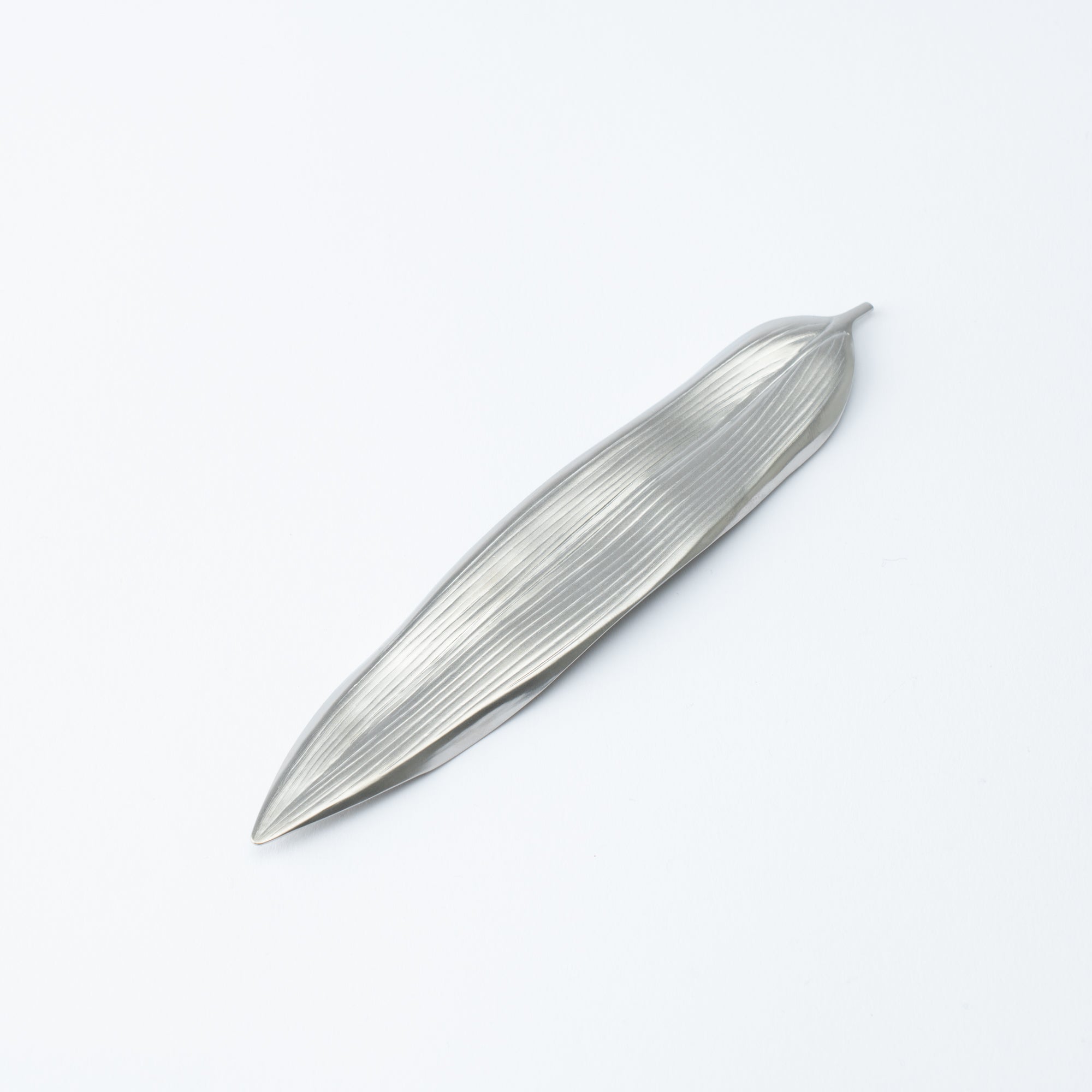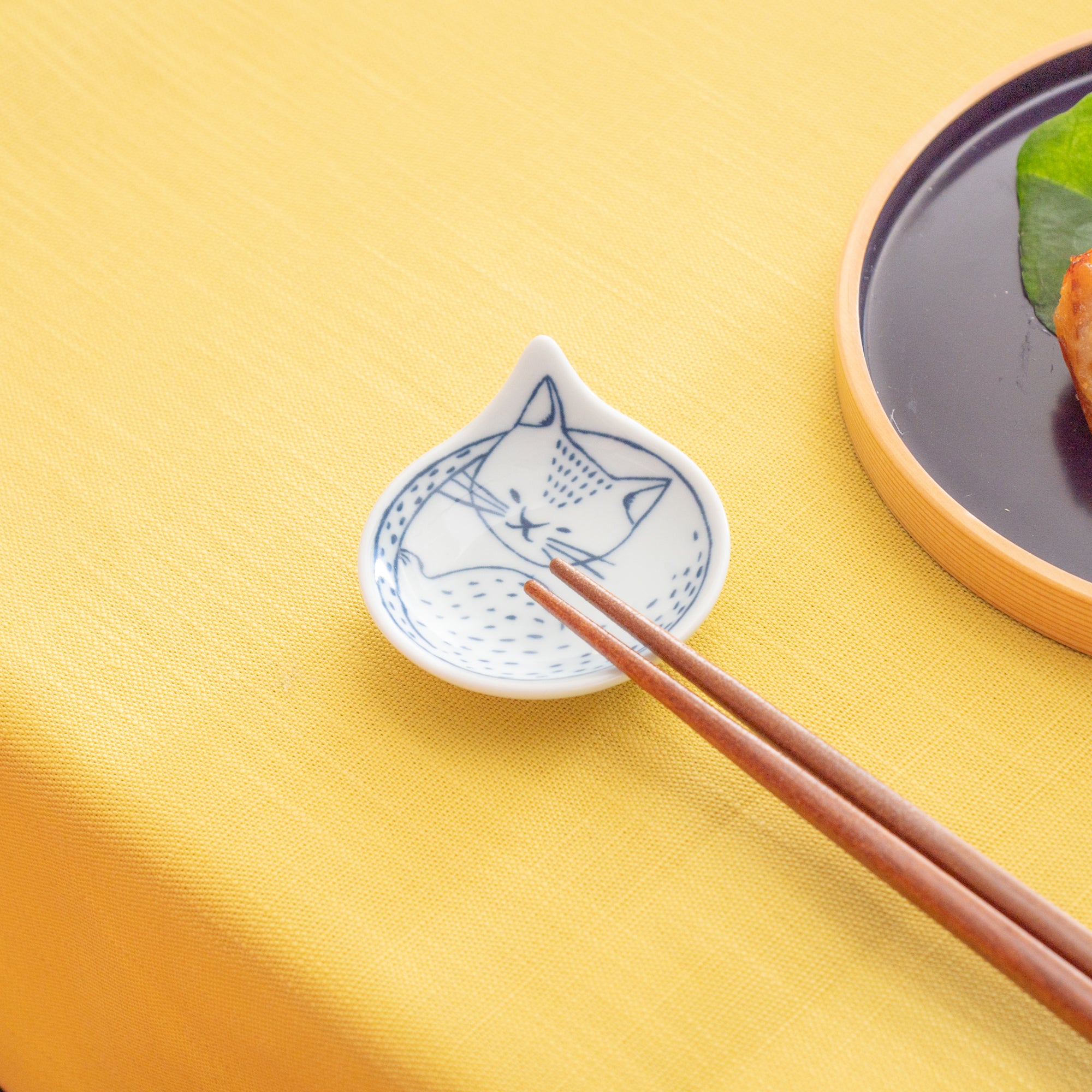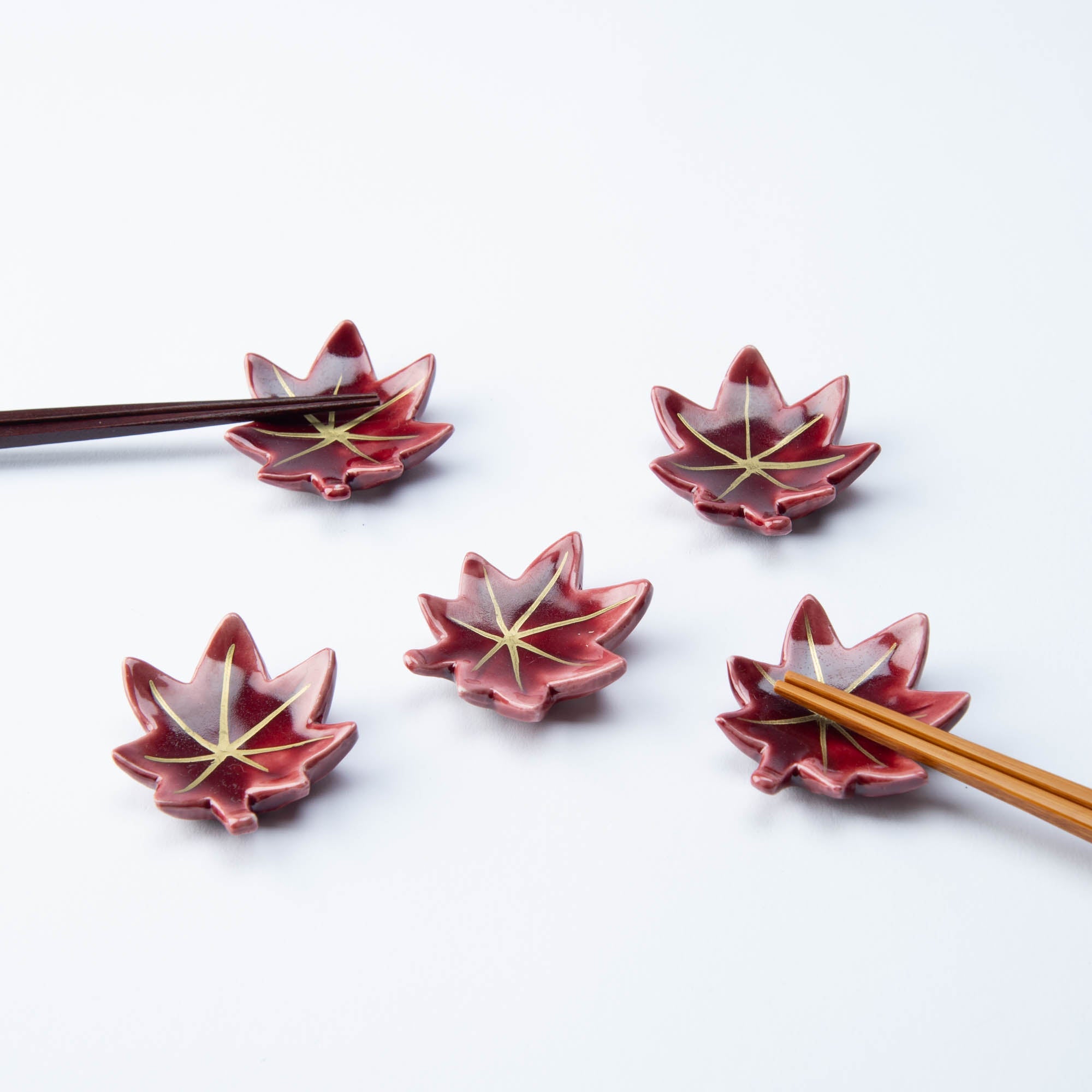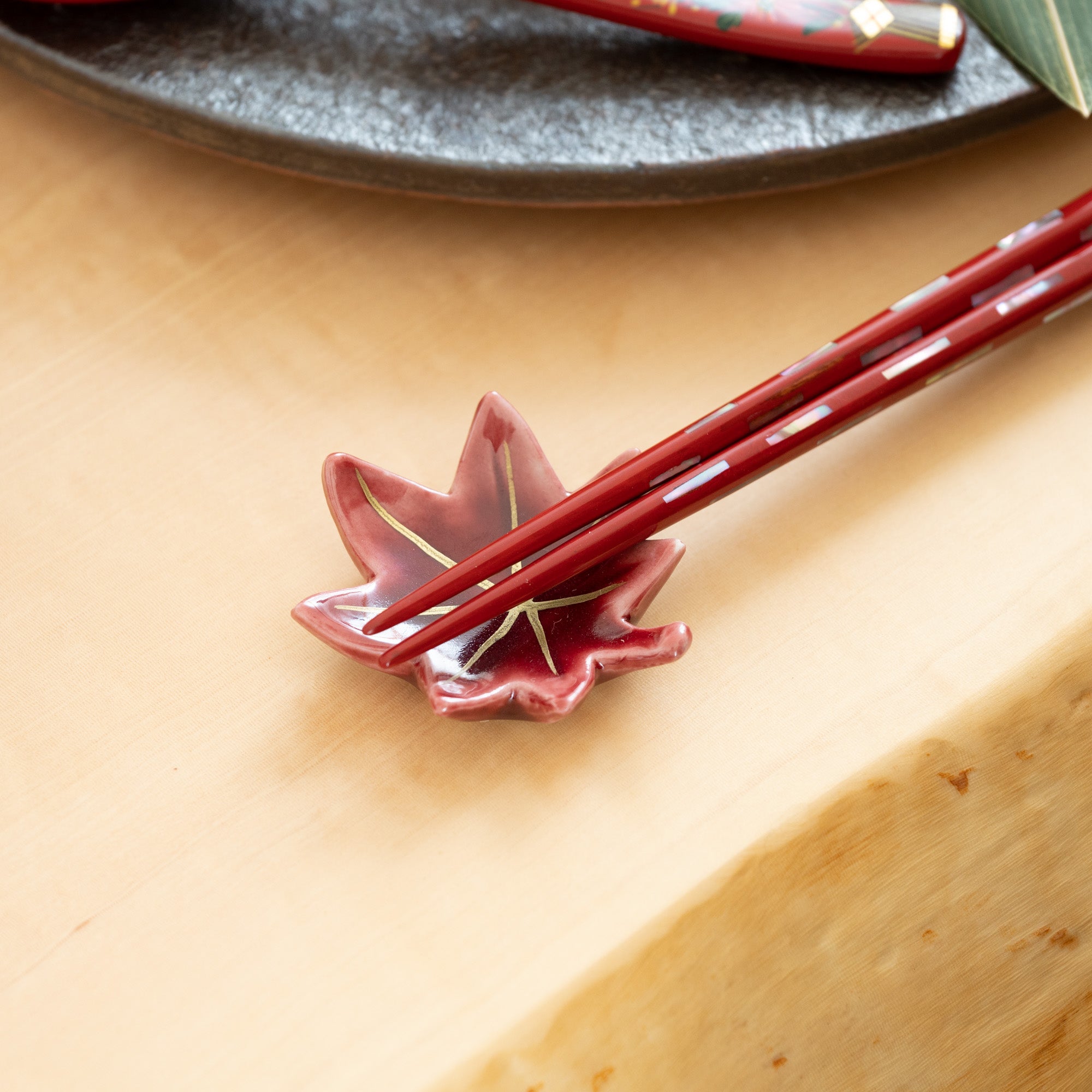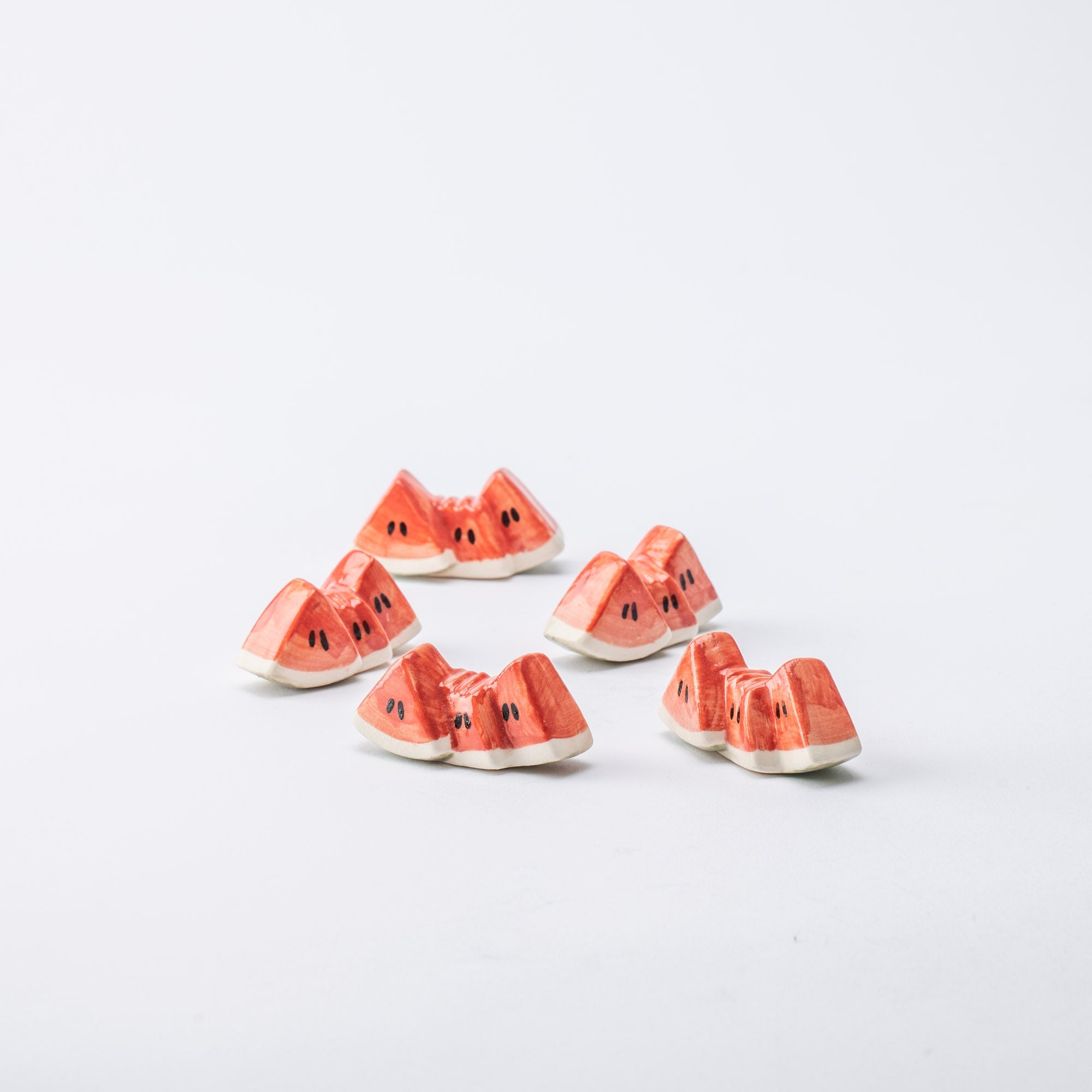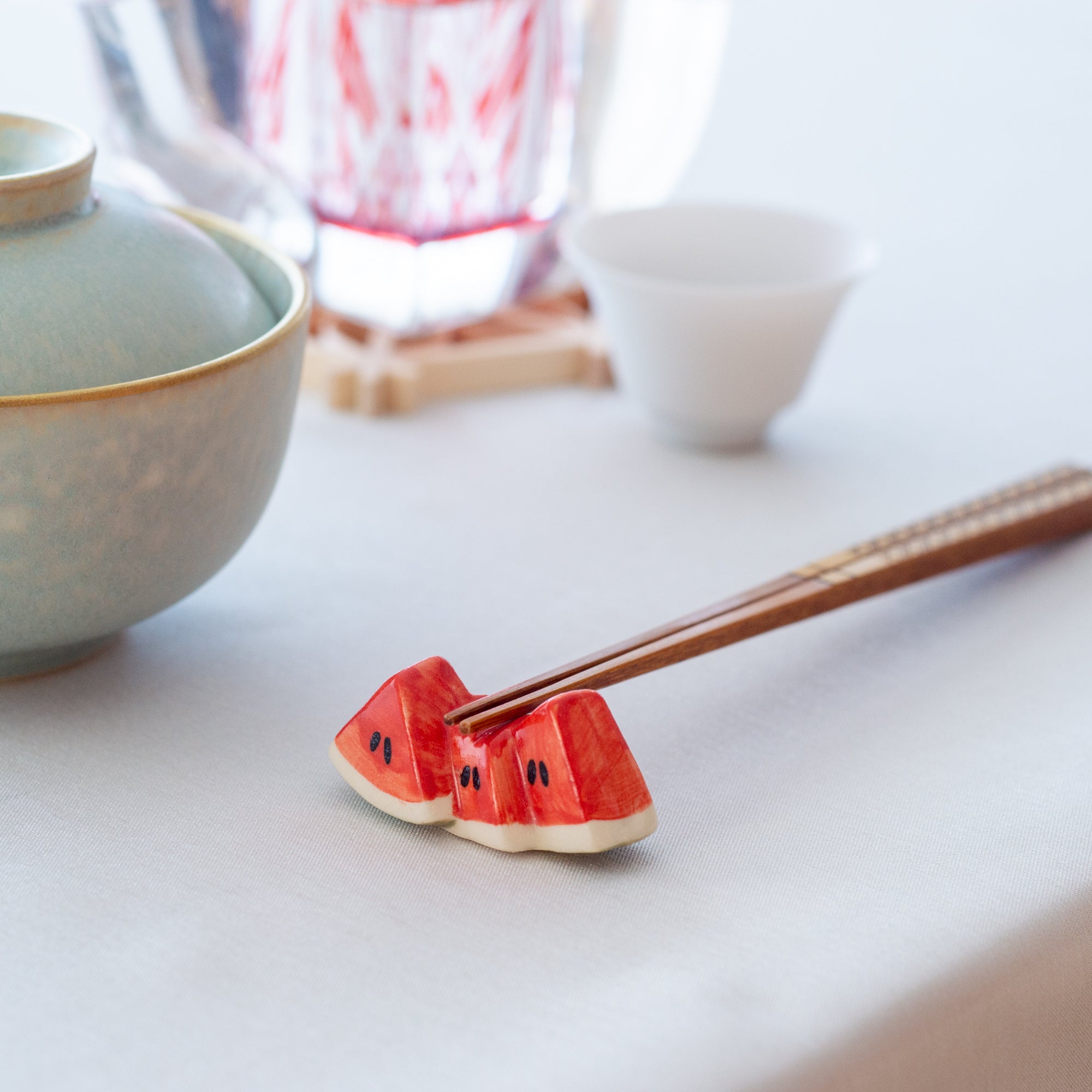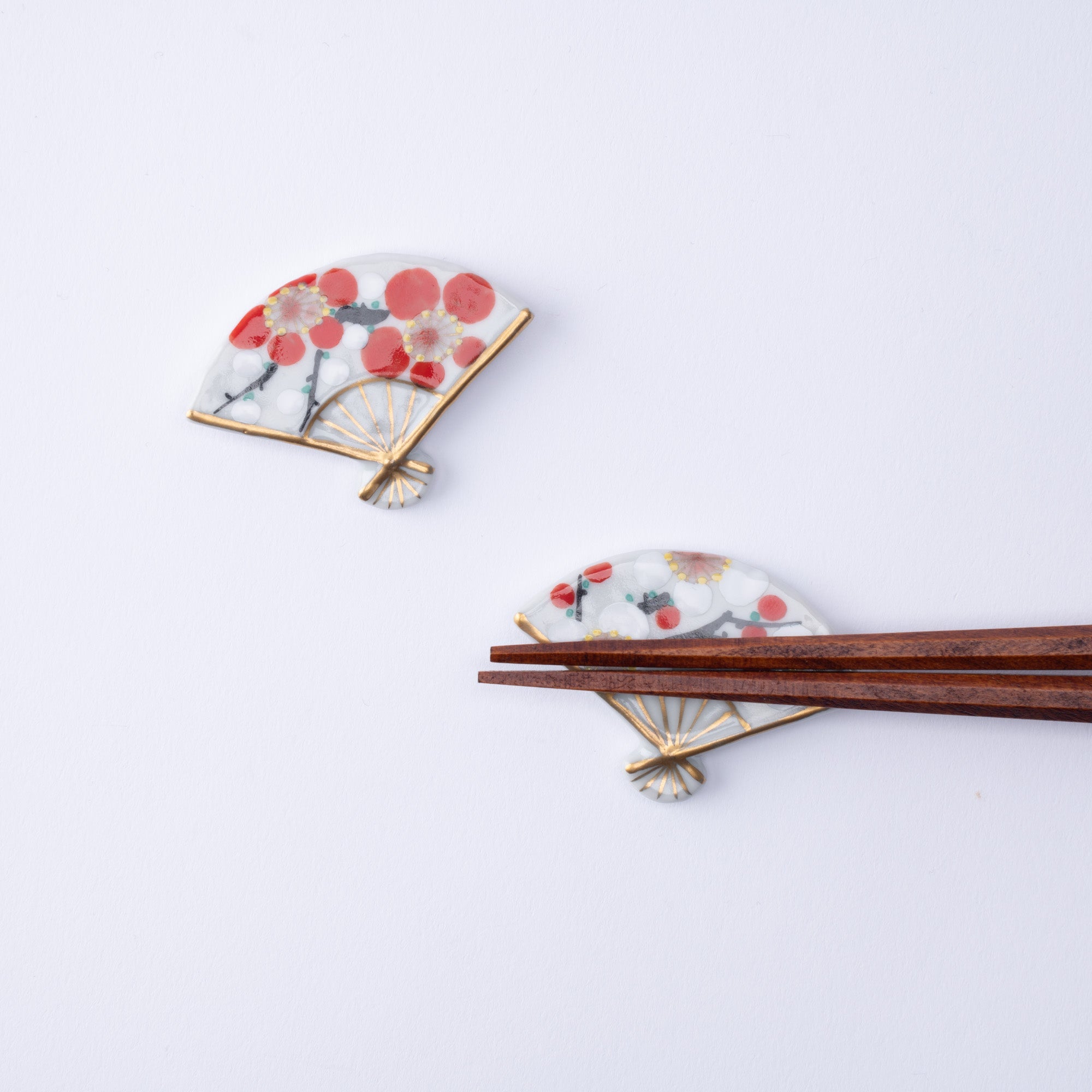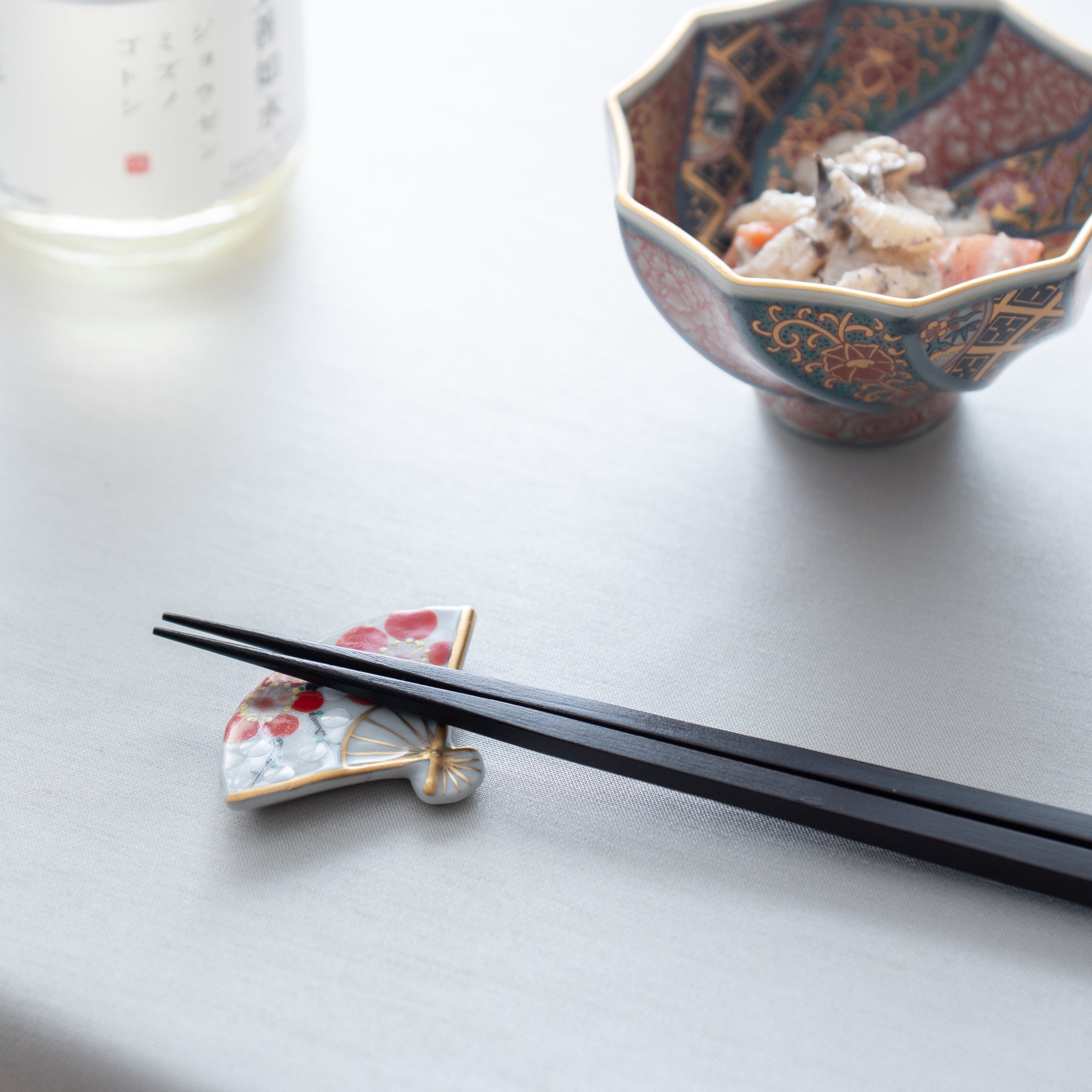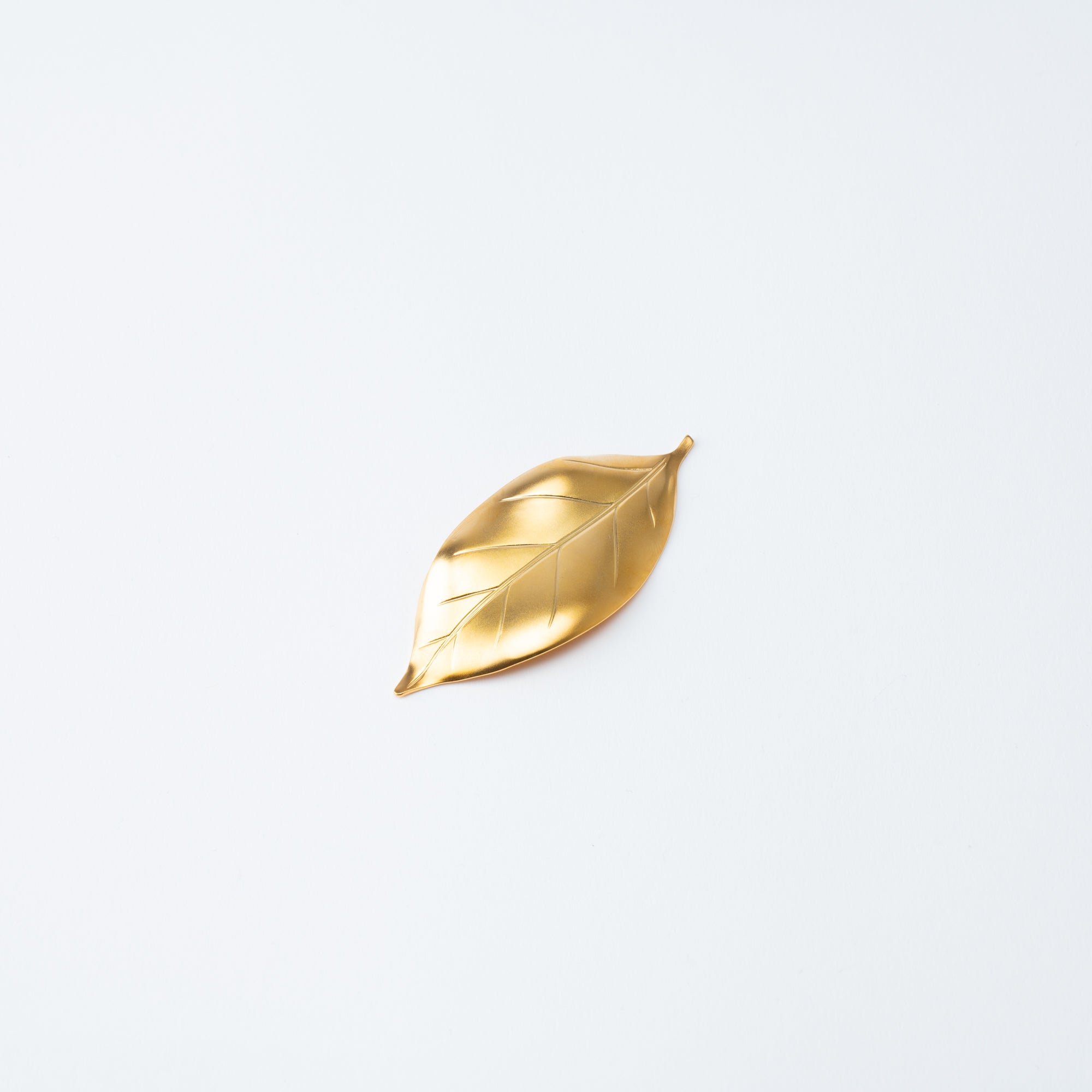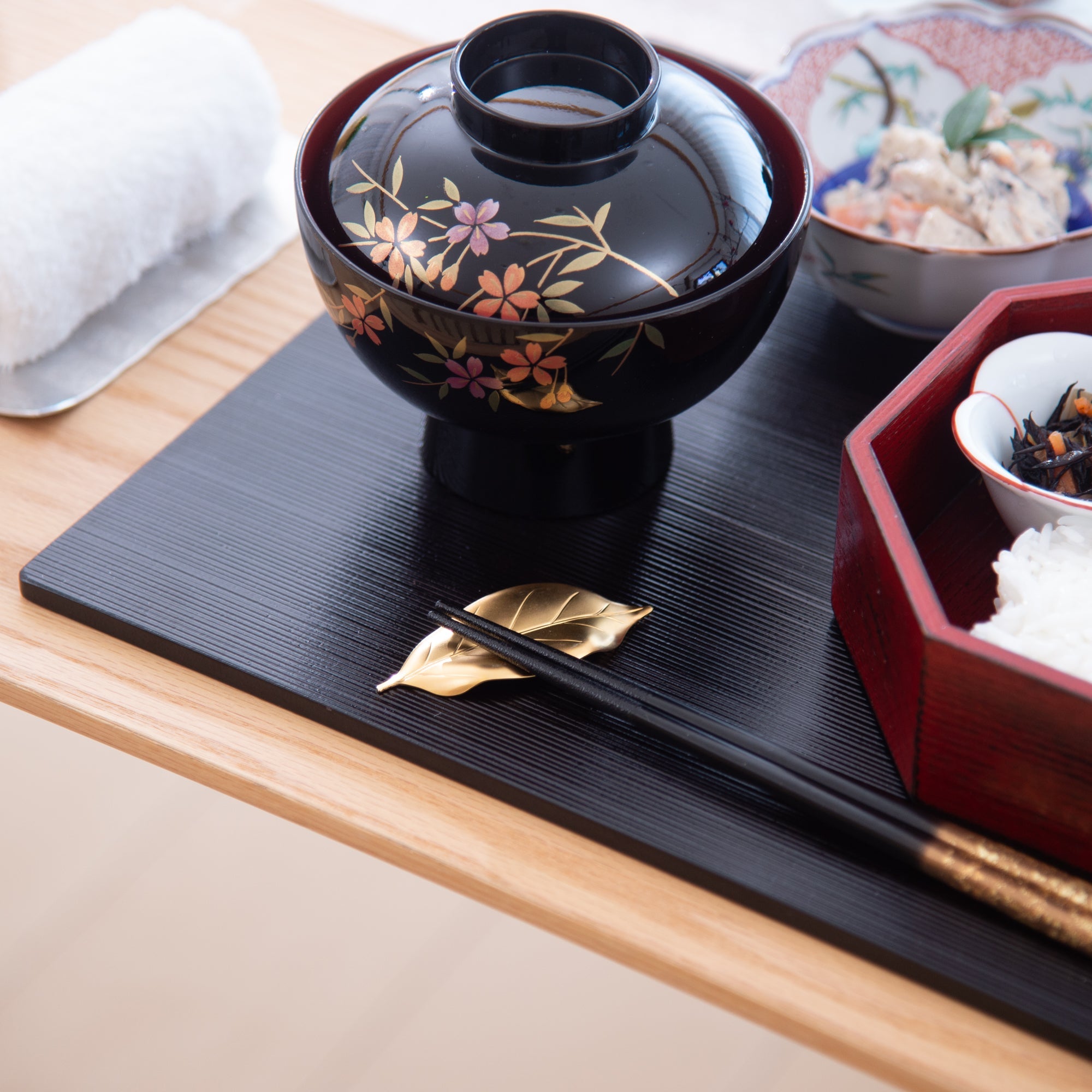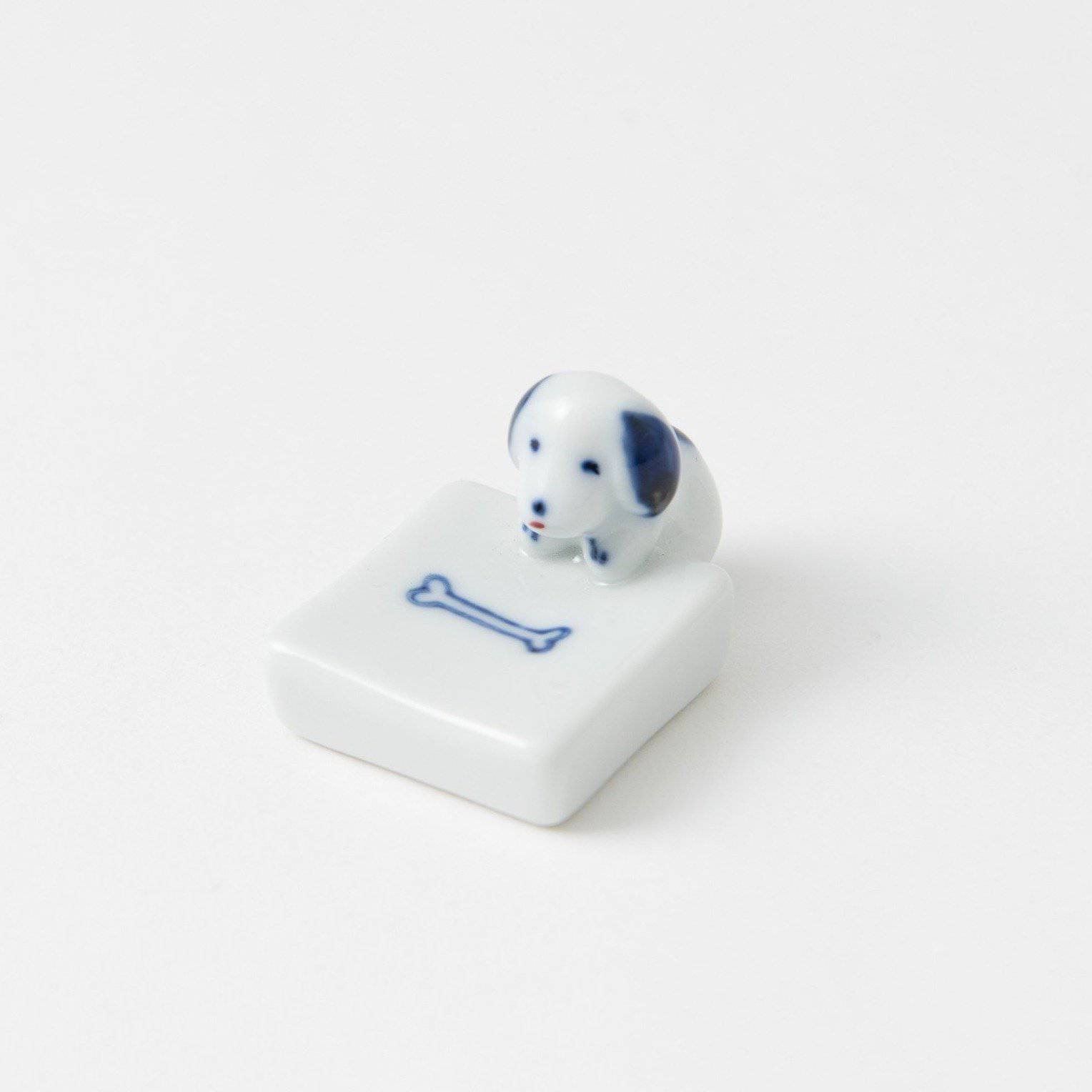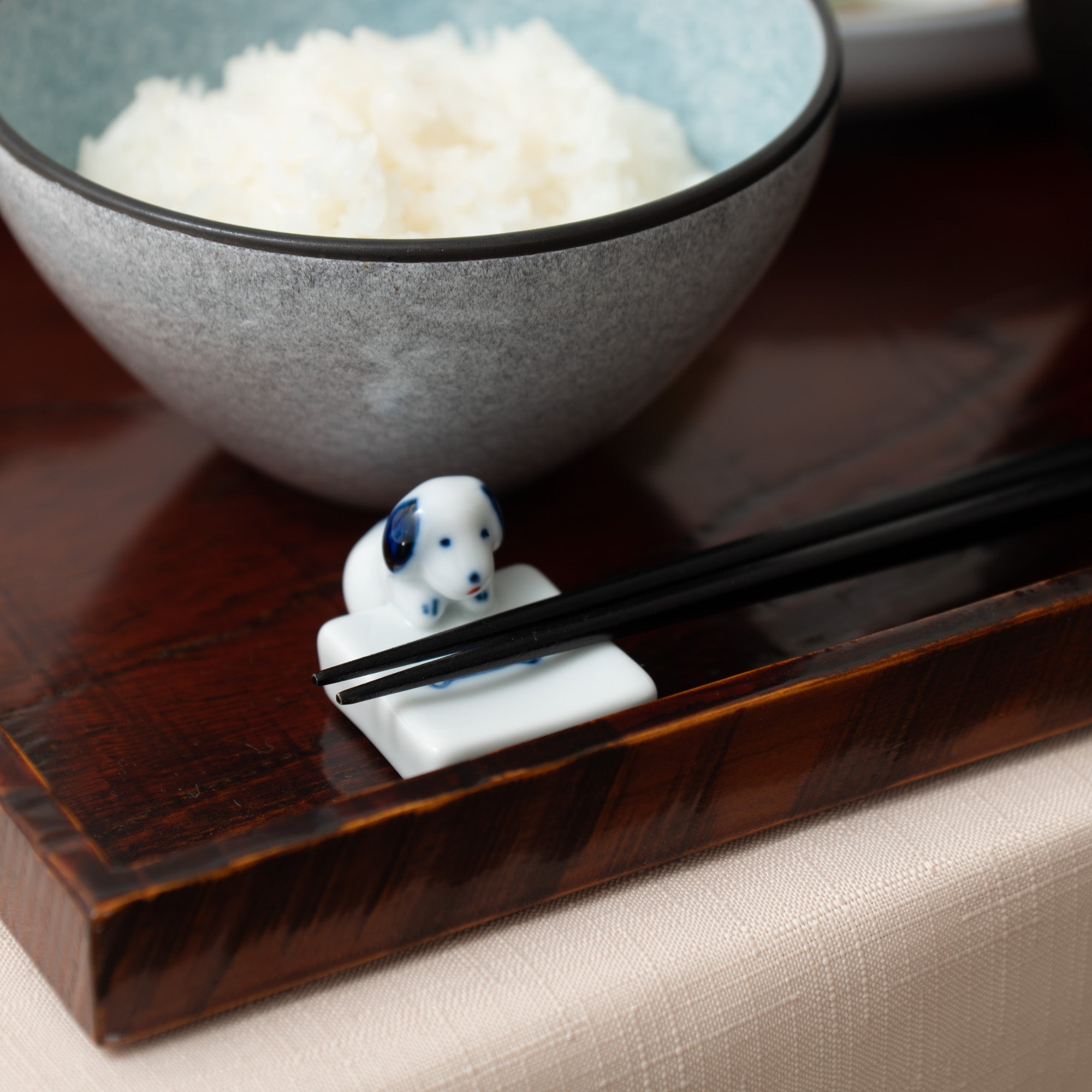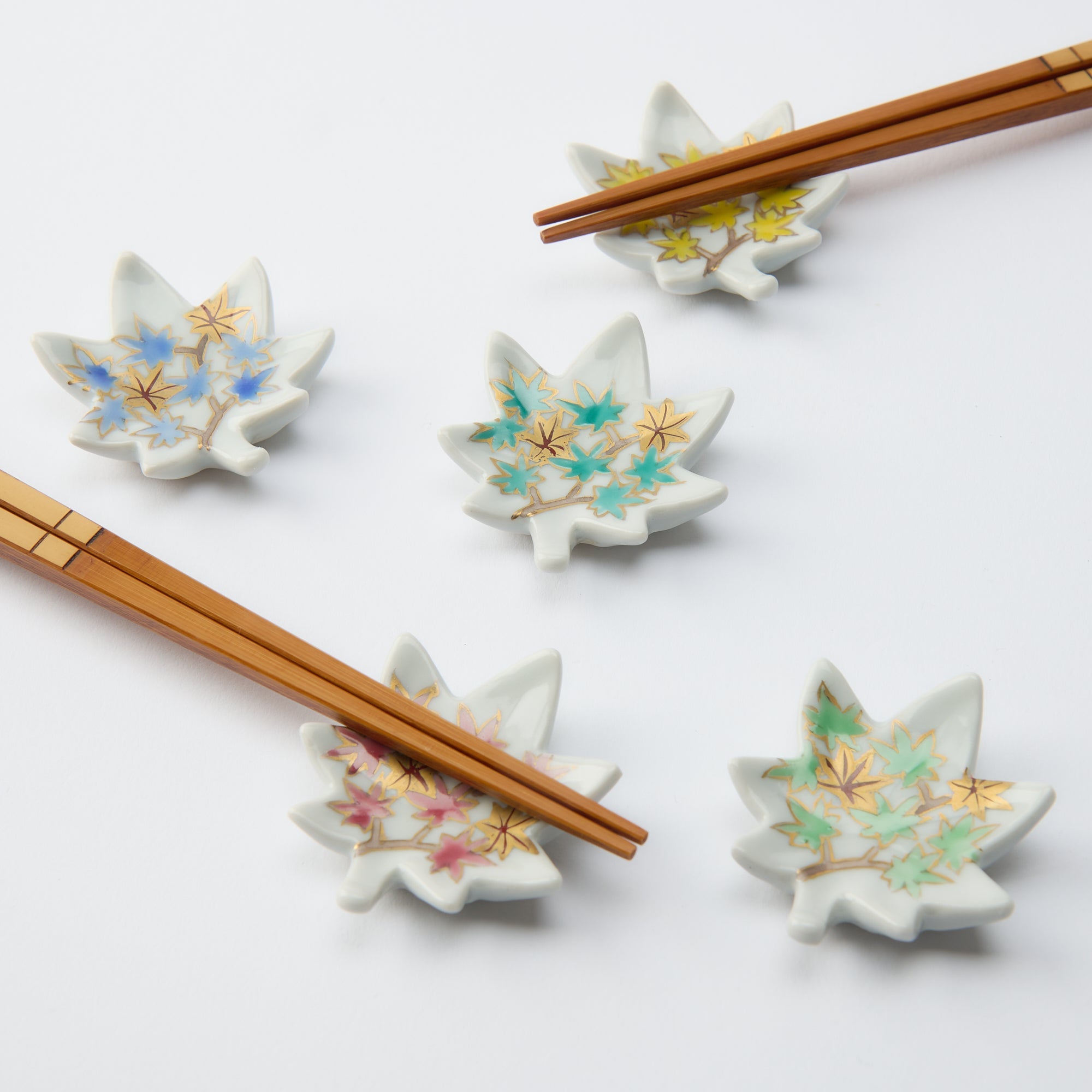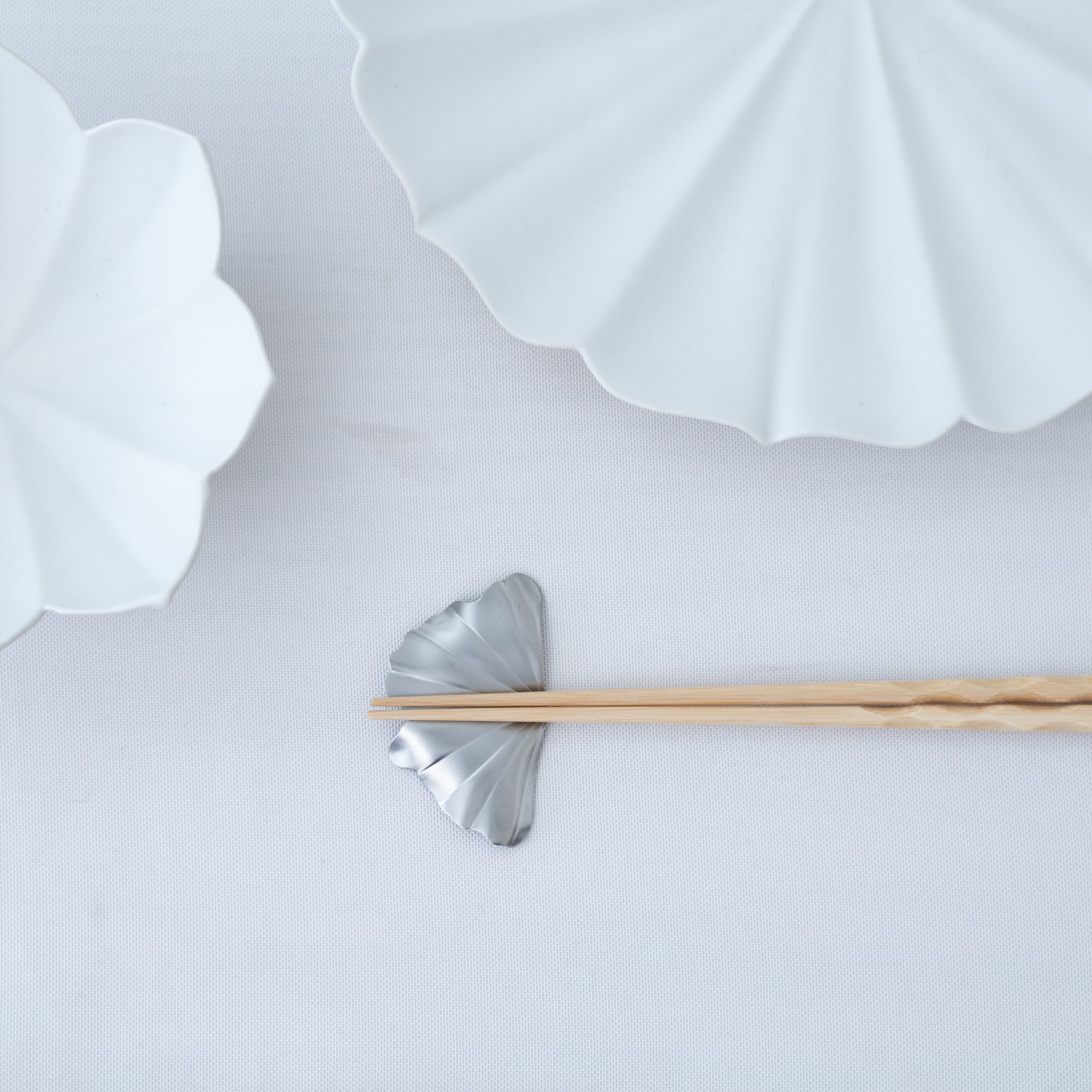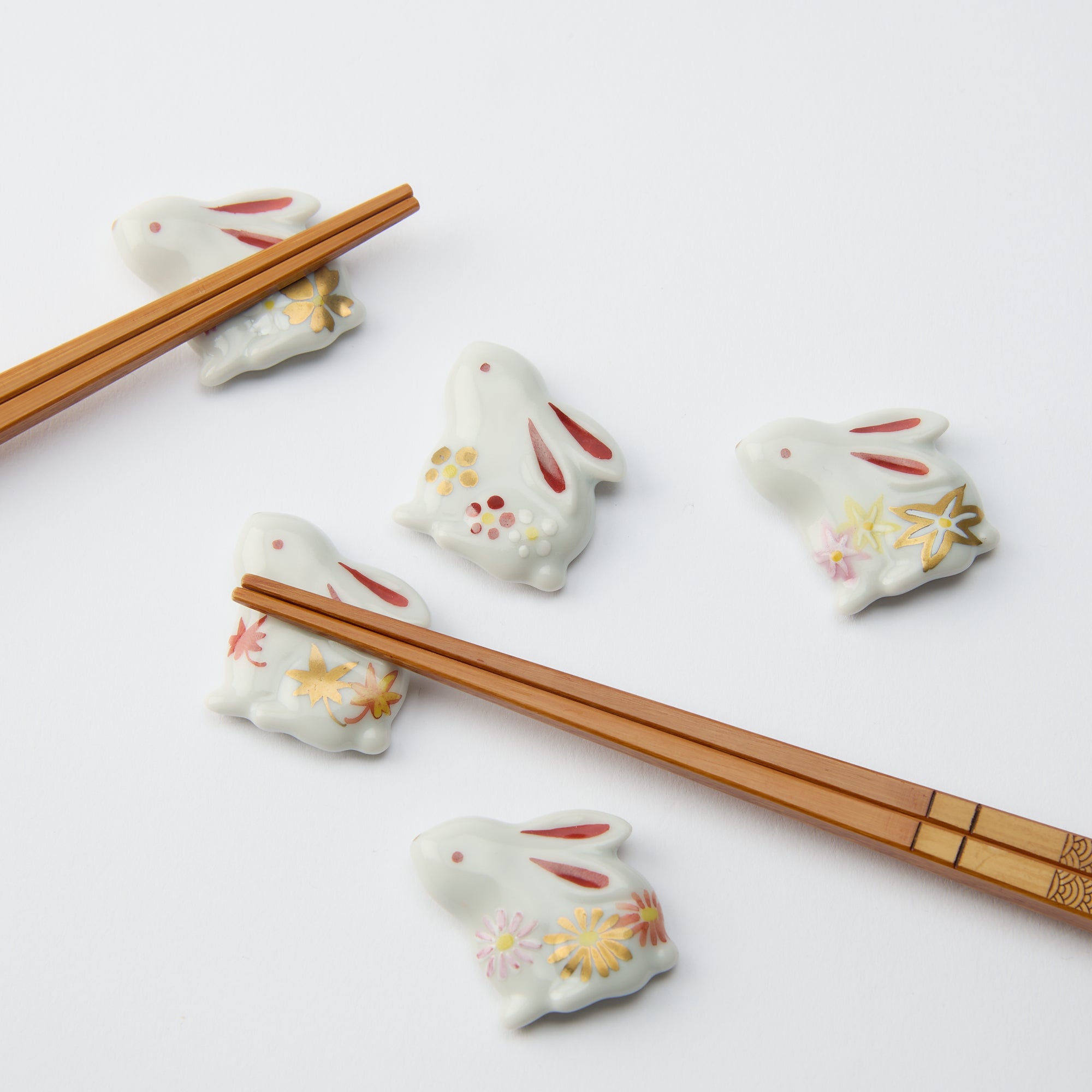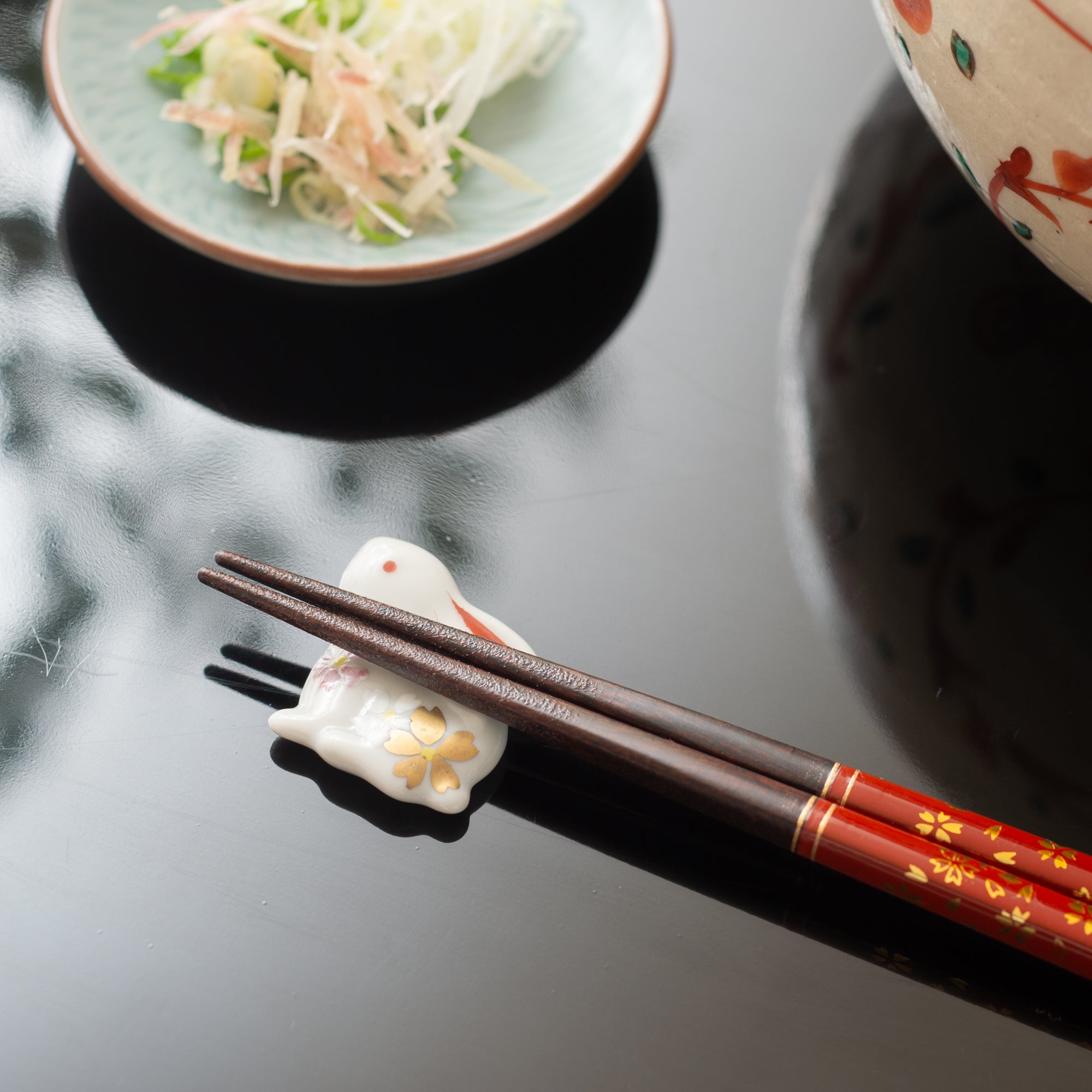
Chopstick Rests
Chopstick rests are the perfect way to enhance your table with a touch of Japanese style. A mix of everyday pieces and a few suited for special occasions keeps your table ready for any moment. We’ve selected handmade chopstick rests from across Japan to make your dining experience even more enjoyable. From playful shapes in porcelain to sleek metal designs, these small accents add distinct charm to any setting.
Filters
More about Chopstick Rests
Basically, it is best to place the chopstick rest in a way that makes it easy to use the chopsticks.
- If the guest is right-handed, place them on the left side.
- If the guest is left-handed, place them on the right side. Of course, you may not know the handedness of each guest. In that case, it is common to place it on the left side.
The most obvious benefit of using chopstick rests is hygiene. The chopstick rest prevents the mouth part of the chopsticks from touching the table or tray.
This will prevent the table or tray from getting dirty, and as a result, germs will not get on the chopsticks. If you are having trouble with your chopsticks getting dirty on the table or tray, a chopstick rest is a good solution.
Using chopstick rests can also make your table setting more beautiful. By choosing the best chopstick rests from a variety of designs, it is possible to create a sophisticated atmosphere.
Next, let's think about it from the guests' point of view. If you want to place chopsticks on the table and you don't have a chopstick rest, you will have to pass them over the plate. This is not good manners. However, if guests have to place them directly on the table, they will be concerned about hygiene. Thus, it is better to have chopstick rests even from the guests' point of view.
To unravel the history of chopstick rests,hashi-okiin Japanese, let me start by explaining how chopsticks came to be used in Japan.
Originally, Japan was a culture of eating by hand, not using utensils such as chopsticks when eating. However, when Prince Shotoku sent envoys to China in the Asuka period, he learned that China had a culture of eating with chopsticks.
When Prince Shotoku learned of this, he tried to spread the culture of chopstick-eating in Japan so that when he met with the Chinese delegation, they would not think that the Japanese were barbaric, and so that they could adapt to the Chinese chopstick culture. This is said to be the beginning of the chopstick culture that continues to this day.
The culture of chopstick eating also influenced offerings to the gods. As the culture of chopstick-eating spread, people began to offer chopsticks in addition to the traditional offerings.
Now, this is where the chopstick rest finally comes into play. You can't offer dirty chopsticks to the gods. It would be disrespectful and punishable to offer dirty chopsticks to the gods. Therefore, chopstick rests were created to keep the tips of the chopsticks from sticking to the surface. Chopstick rests were created in order to keep the chopsticks from getting dirty.


